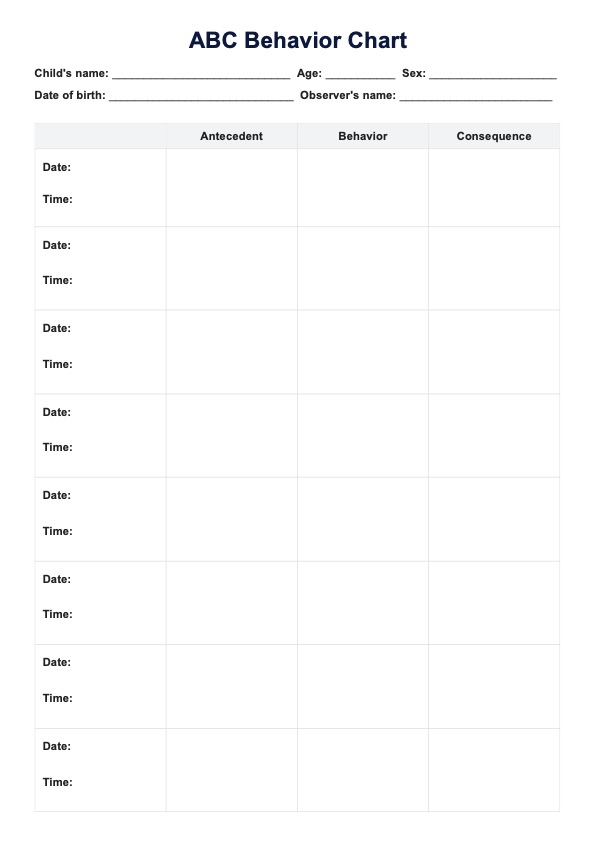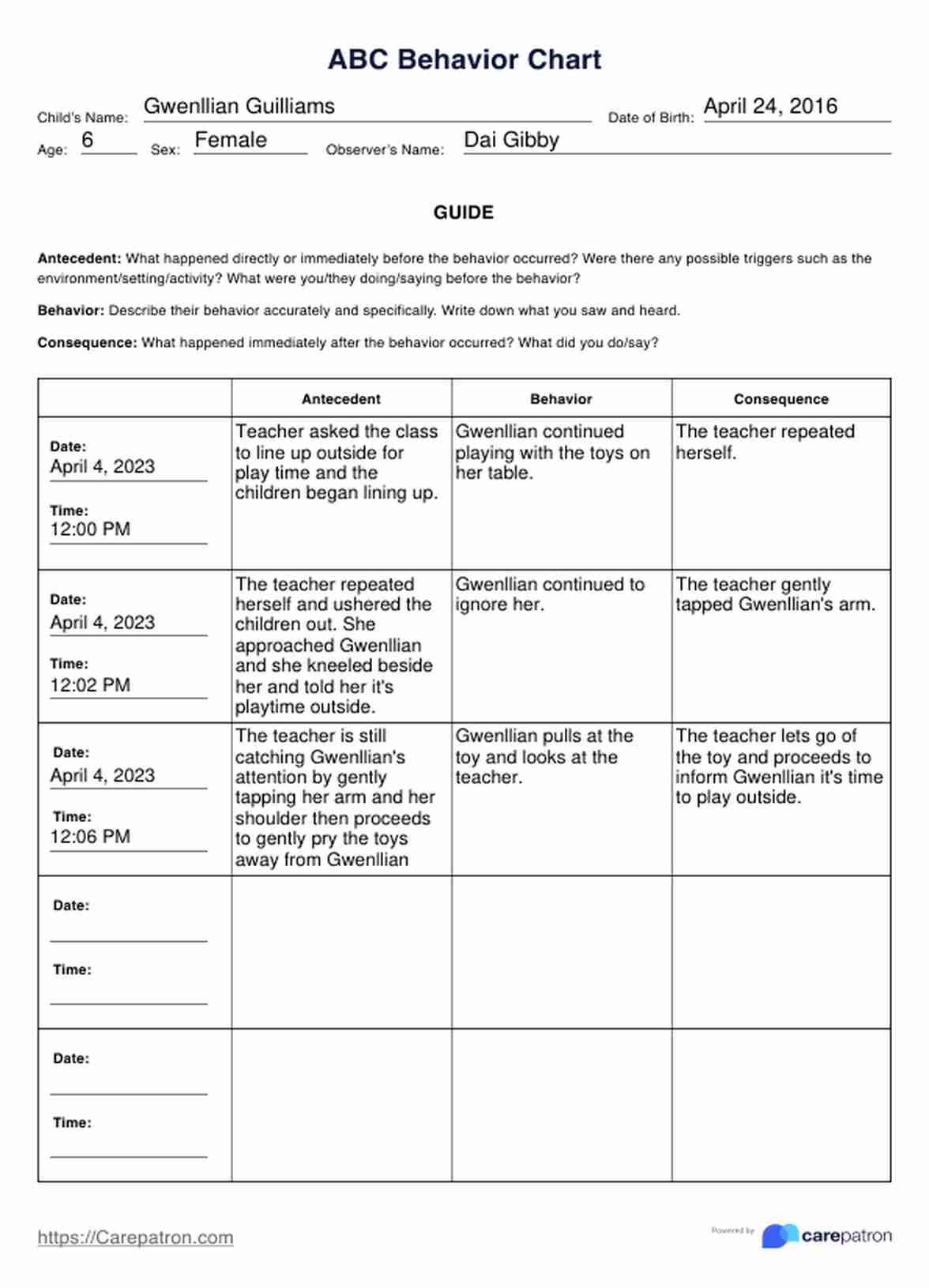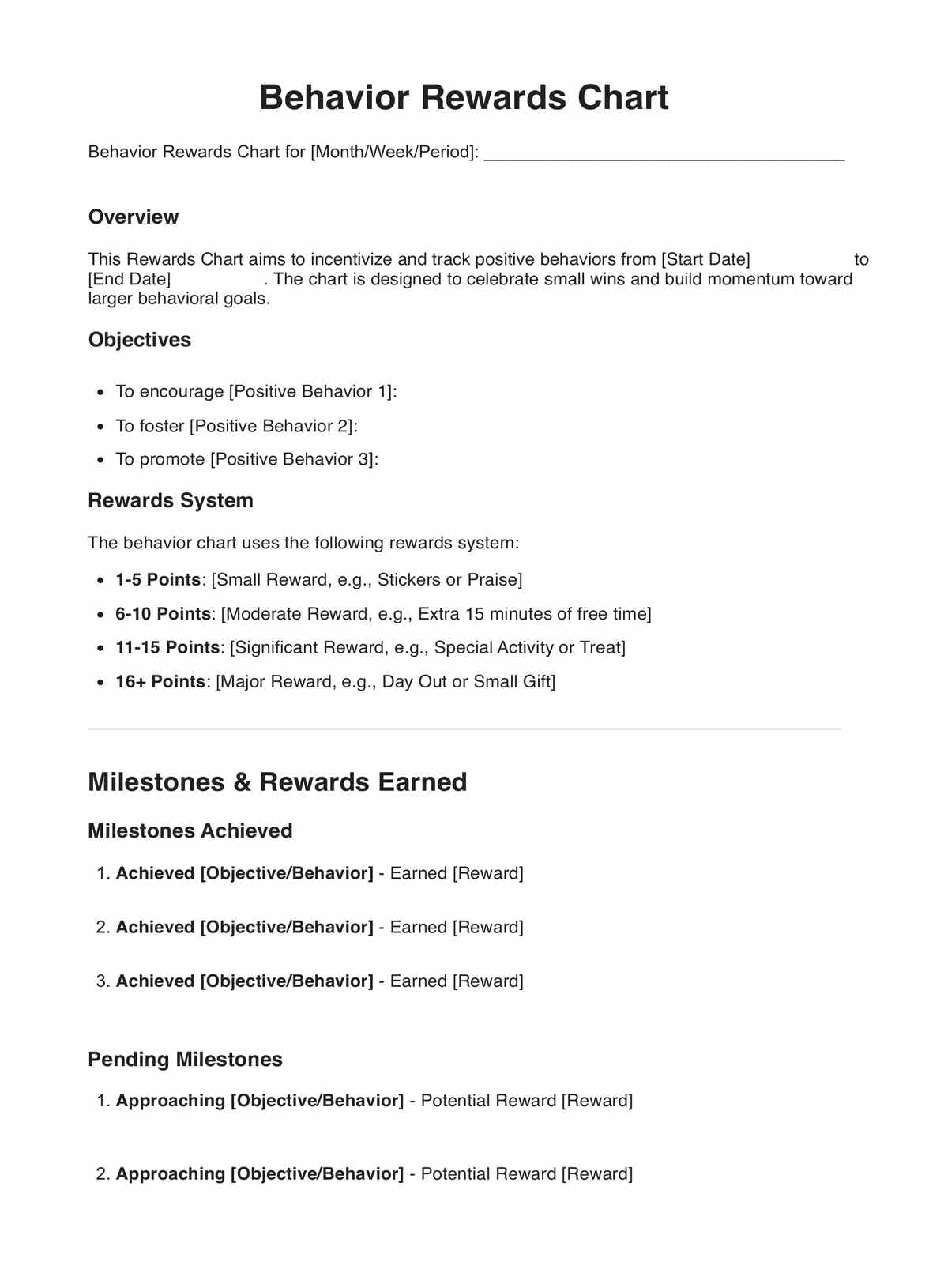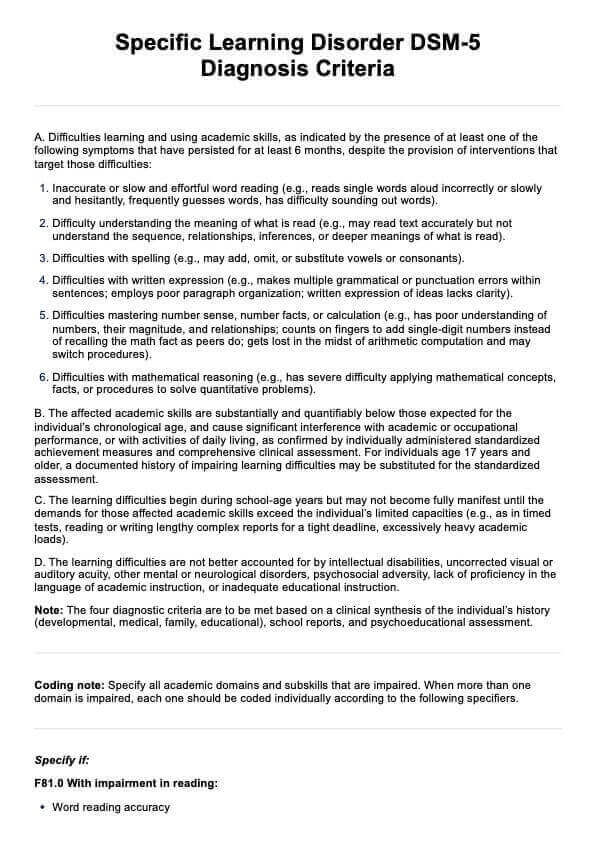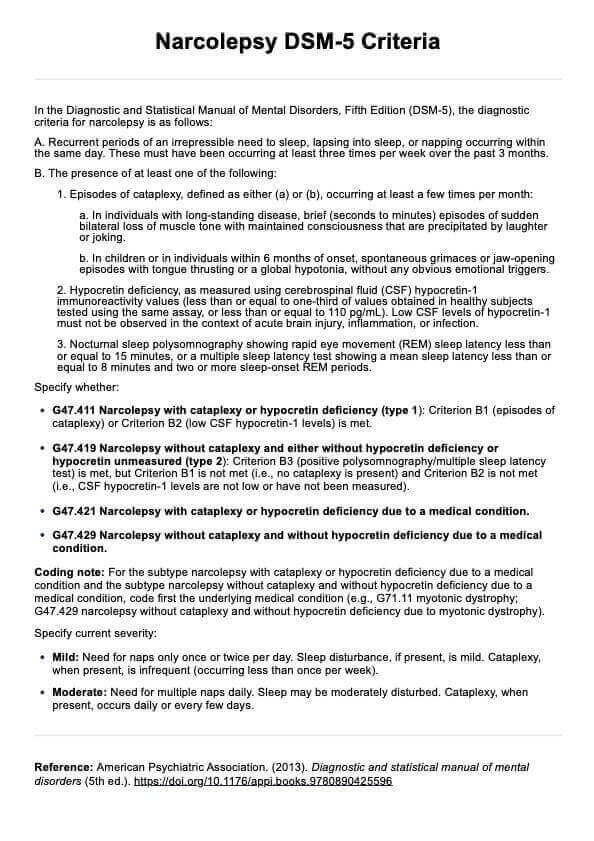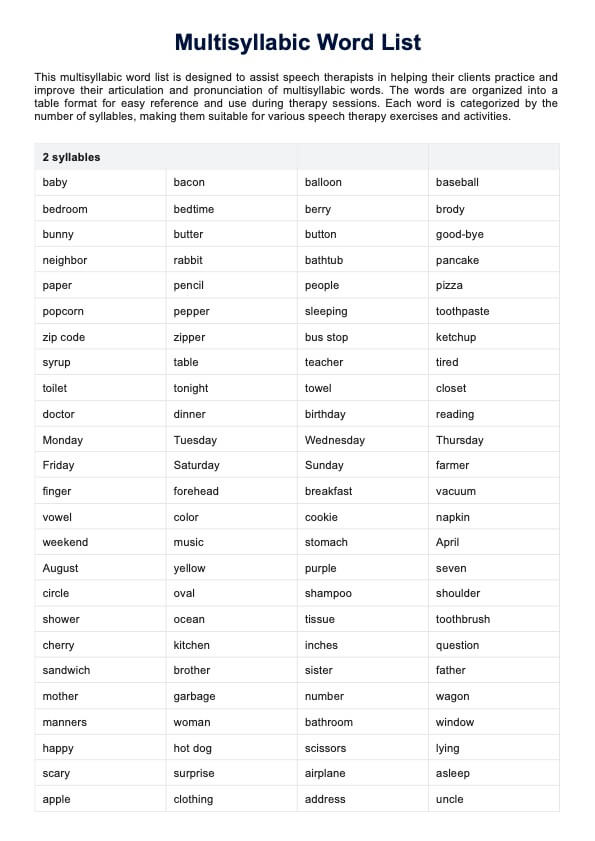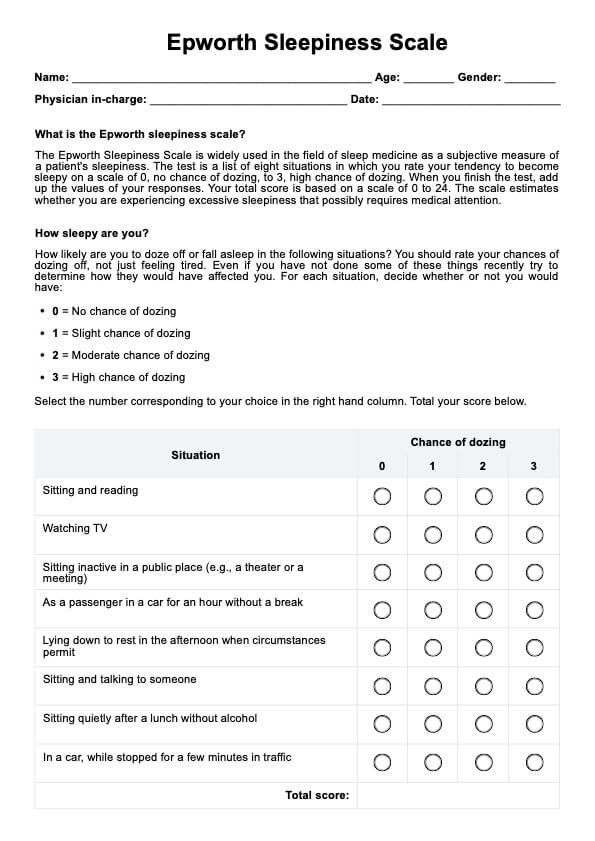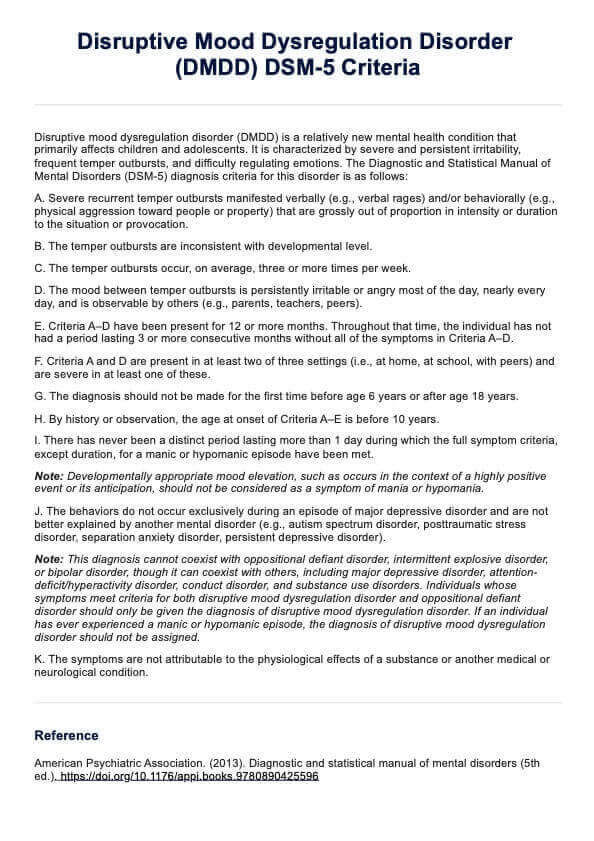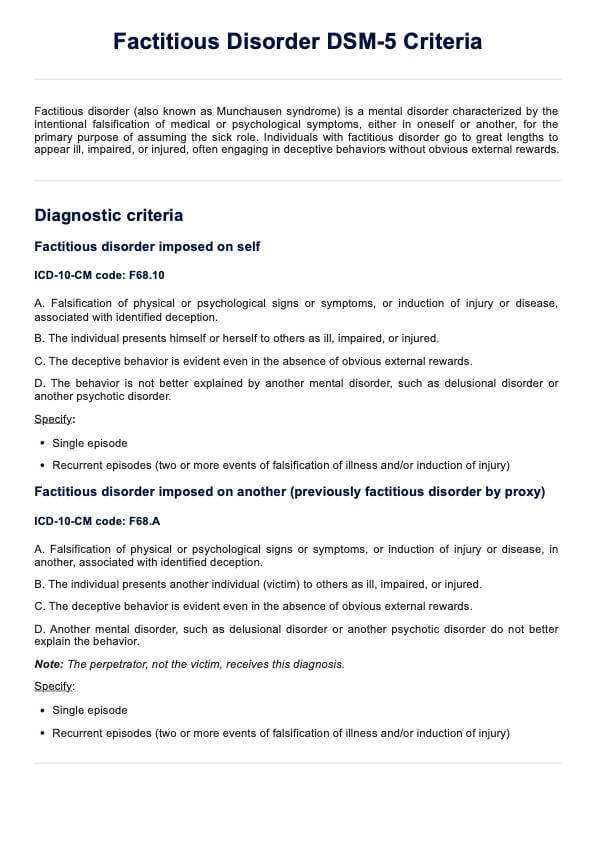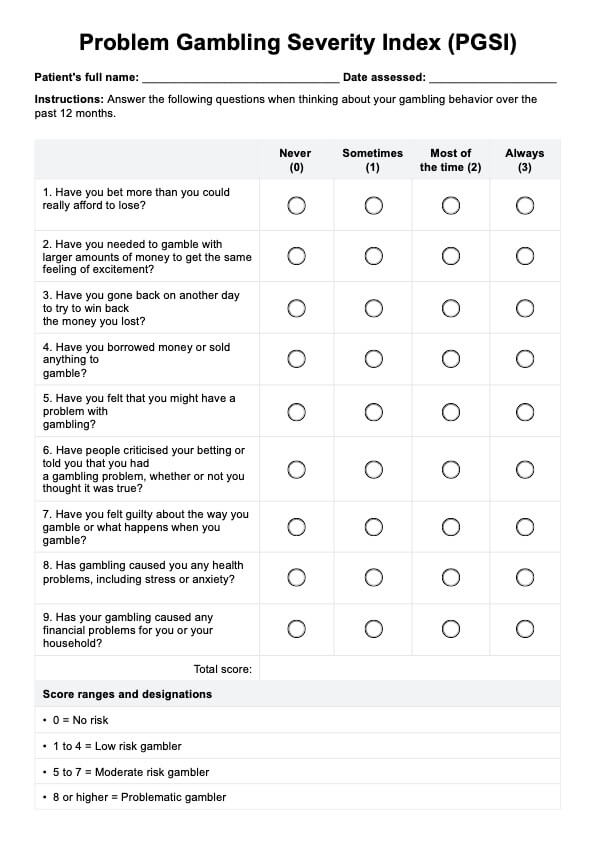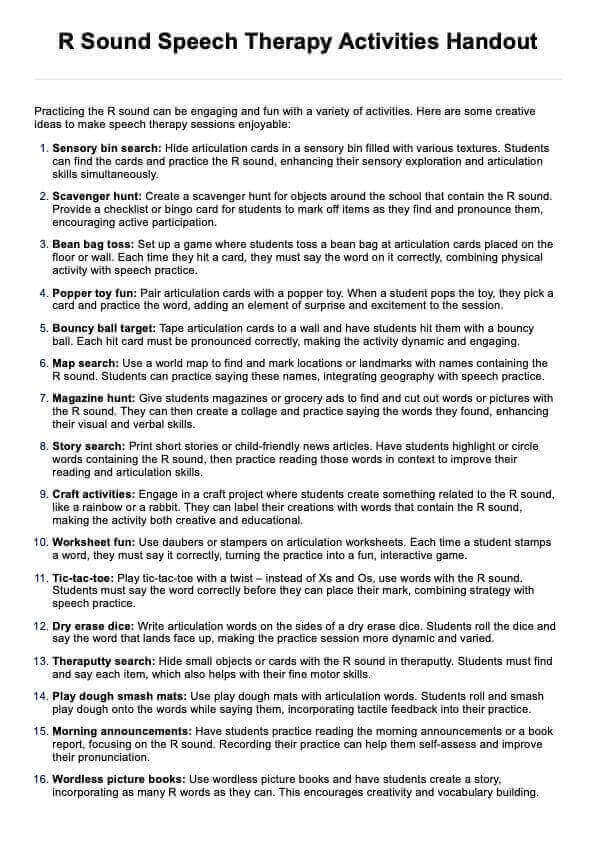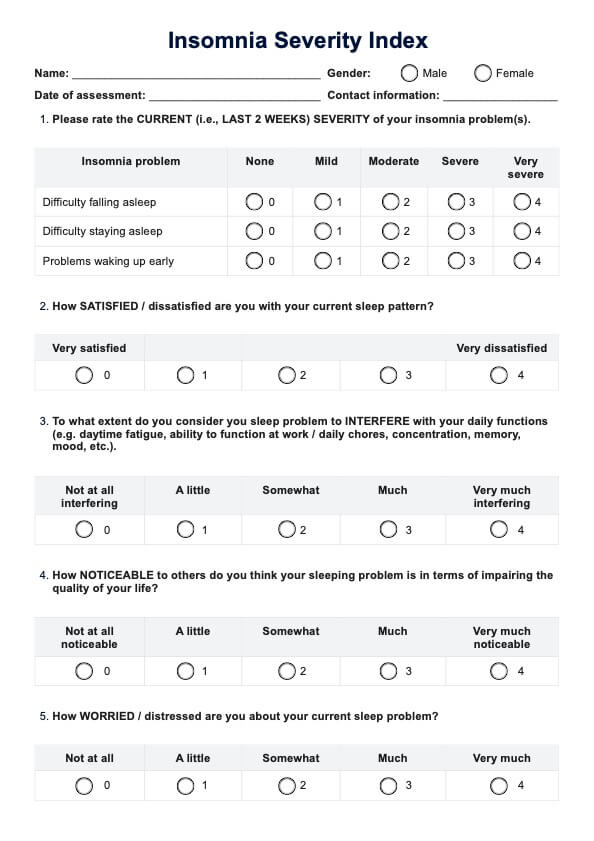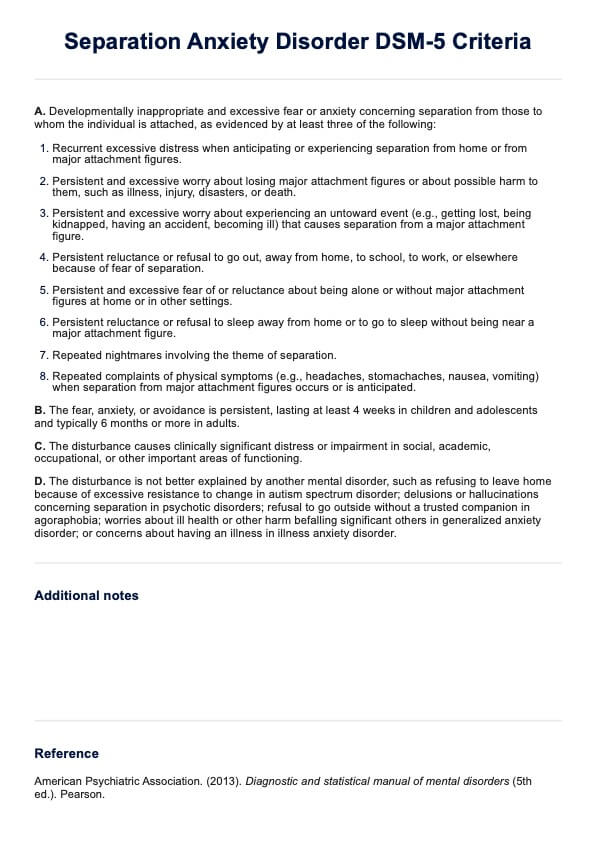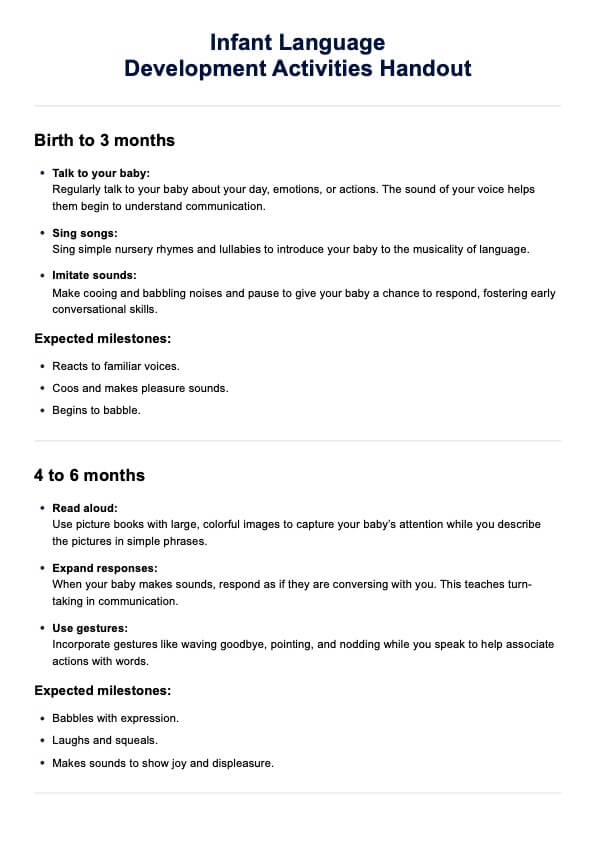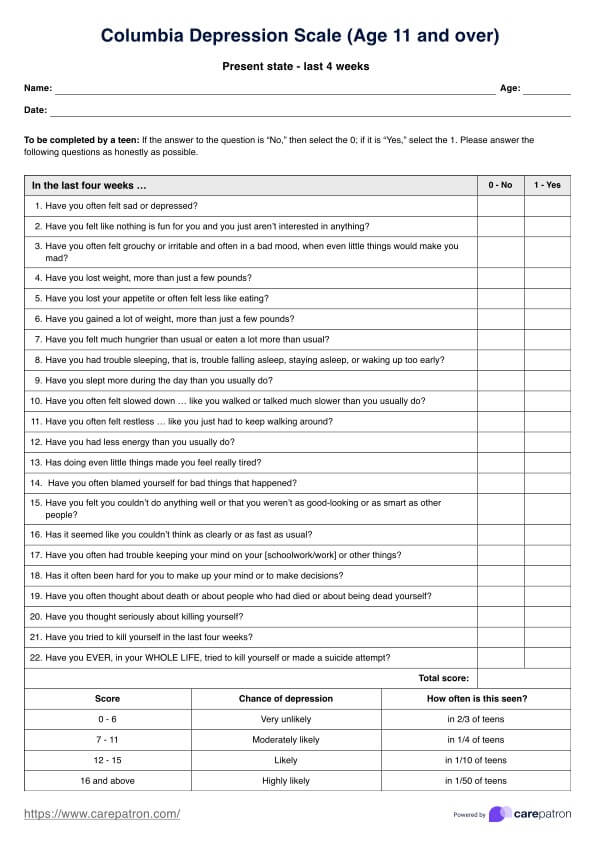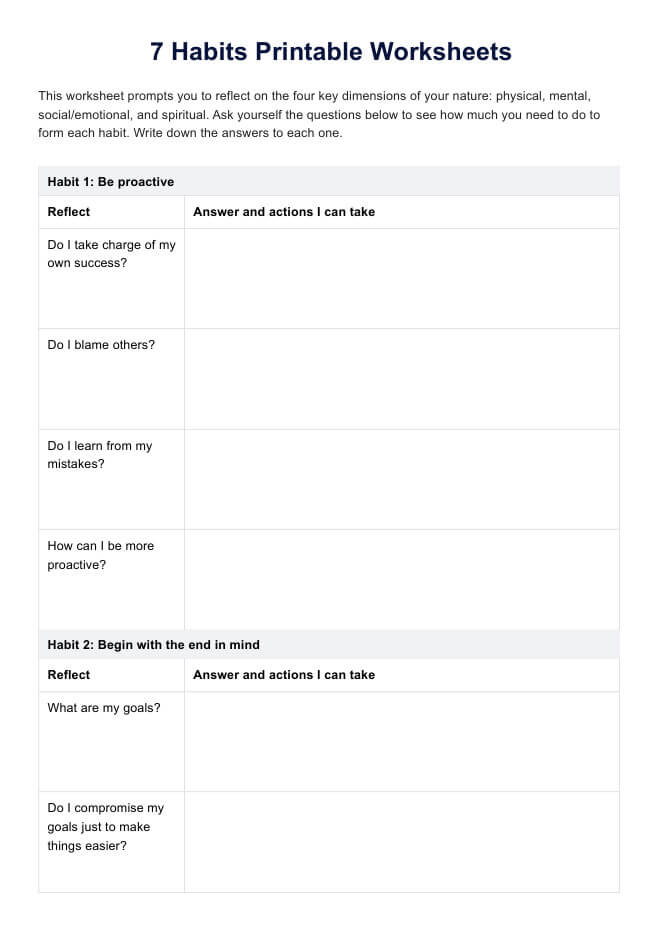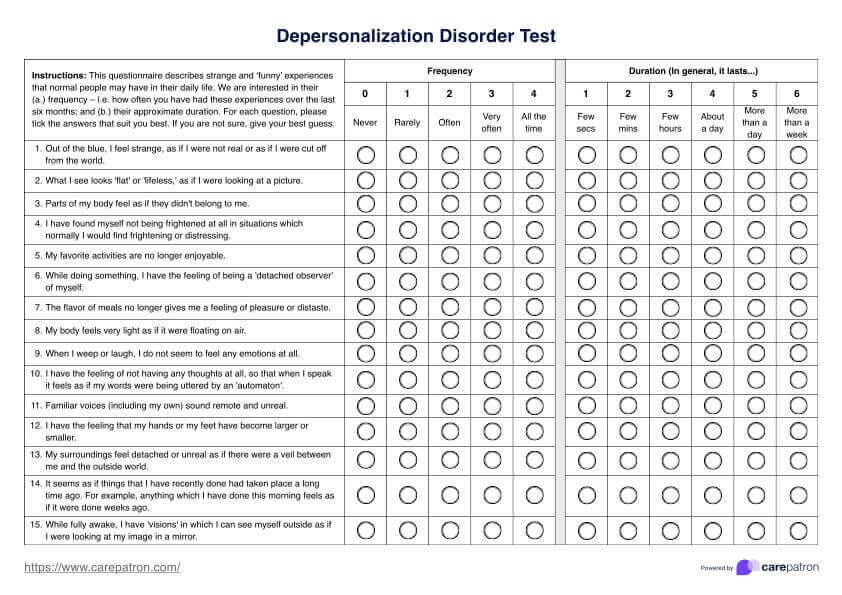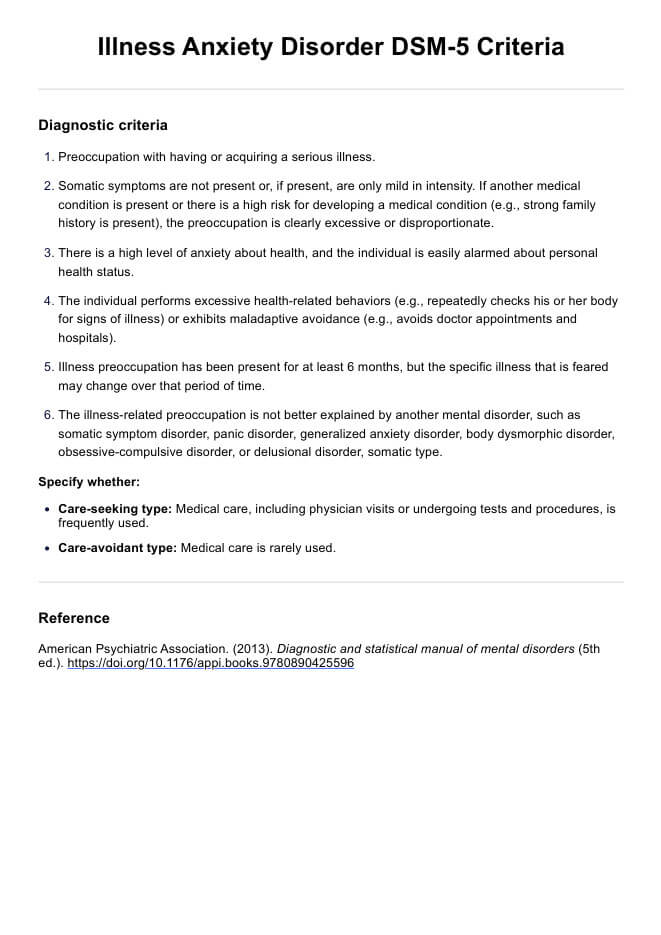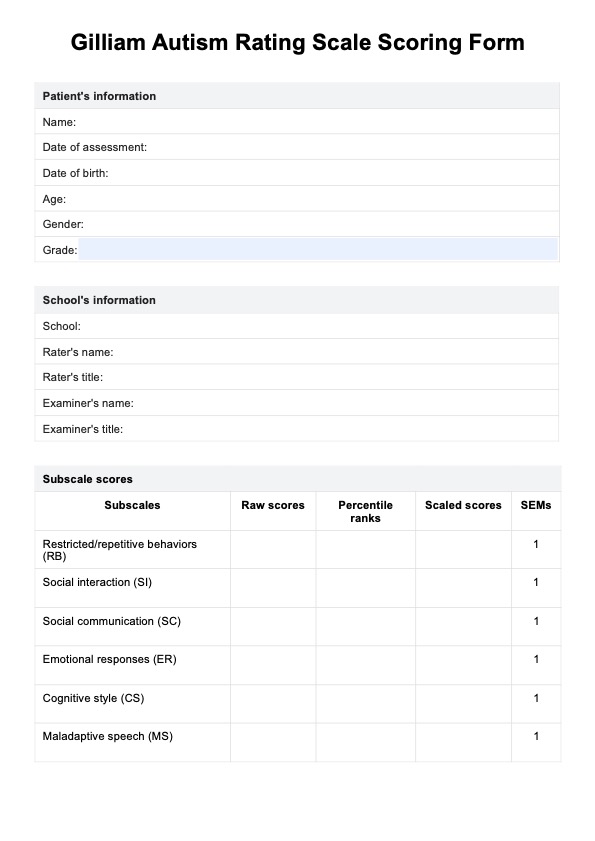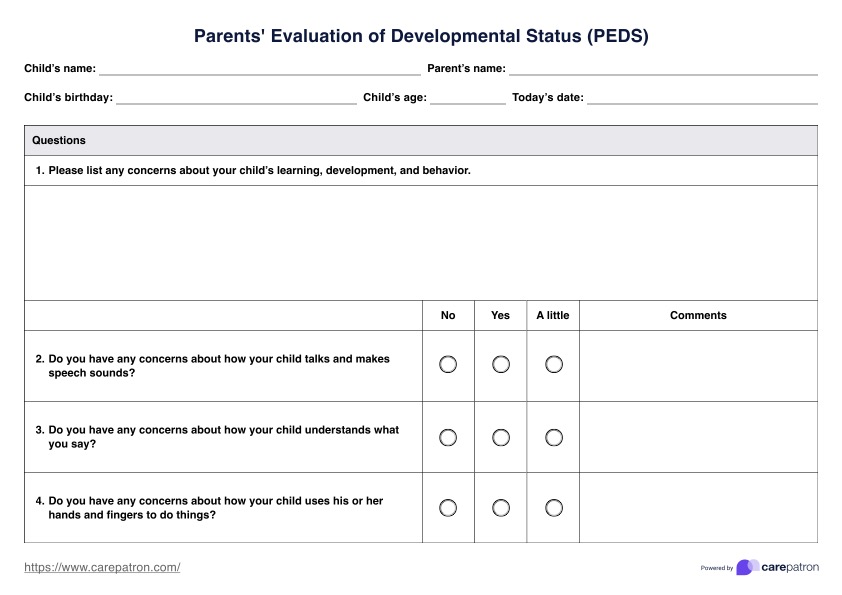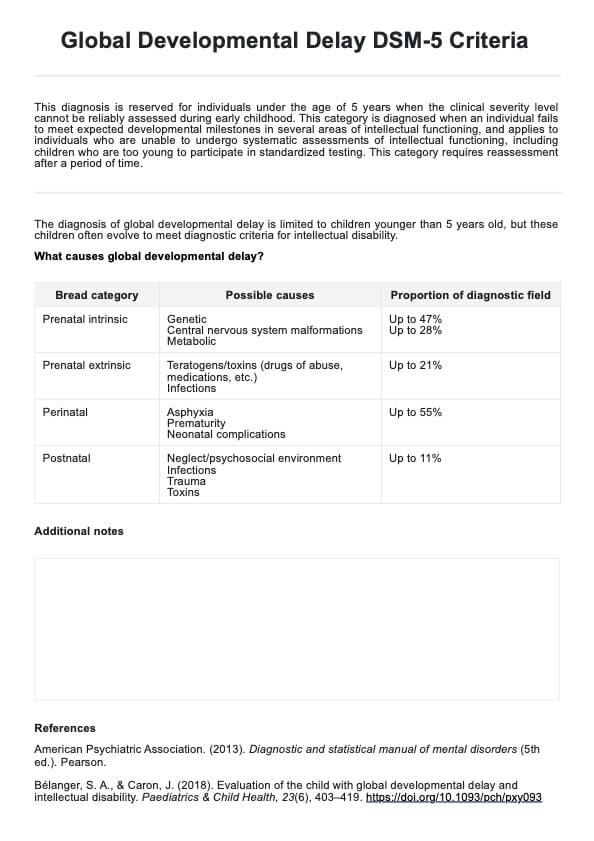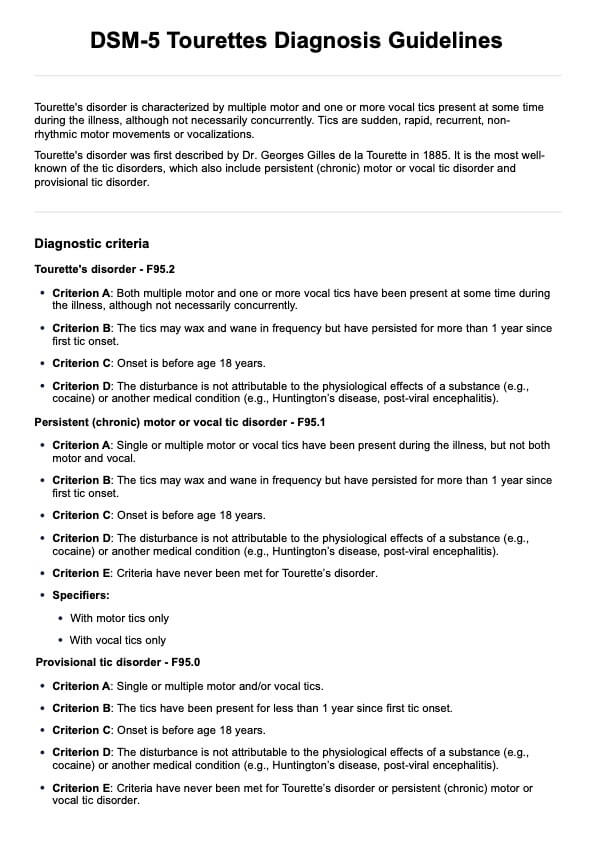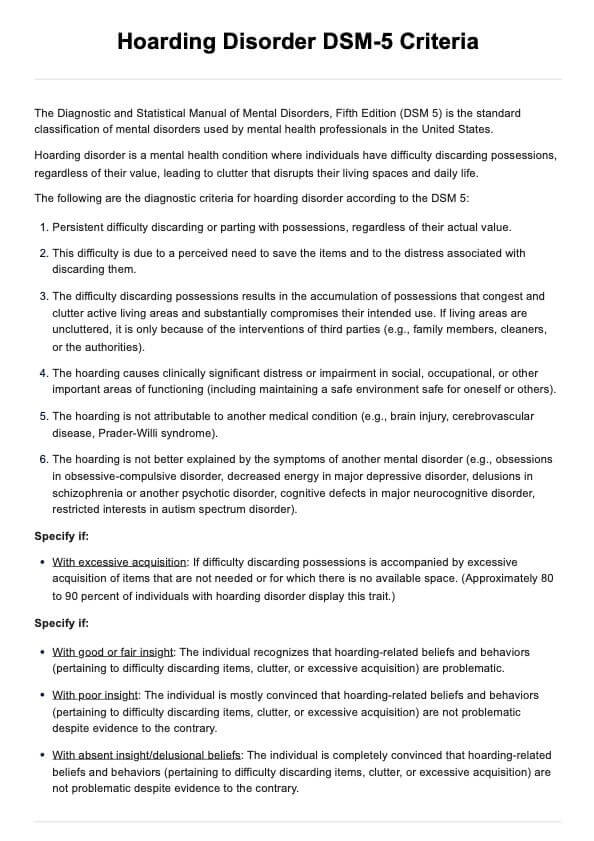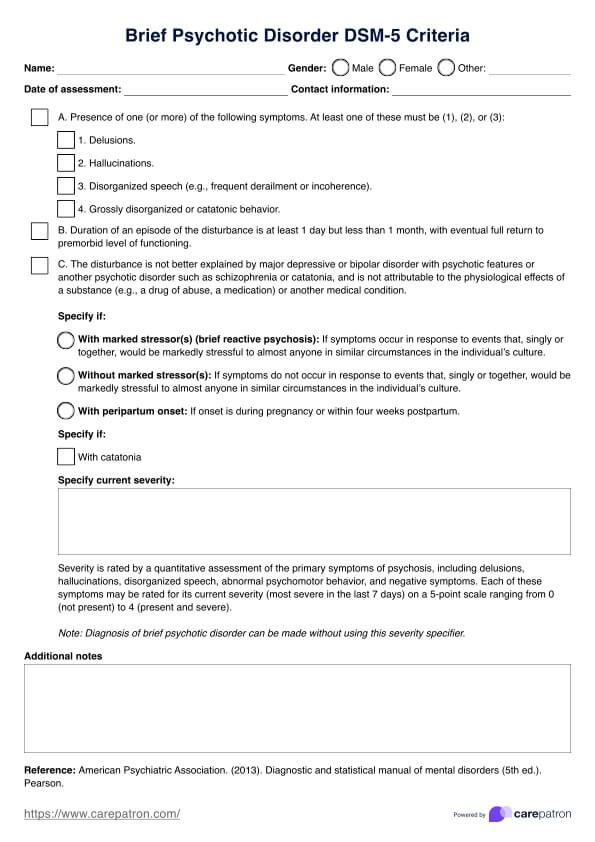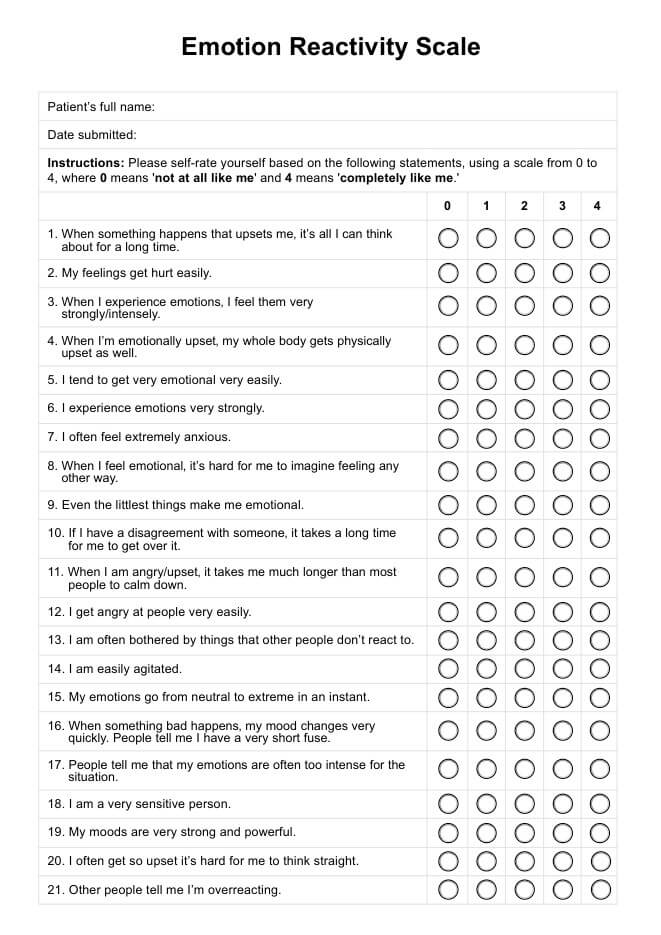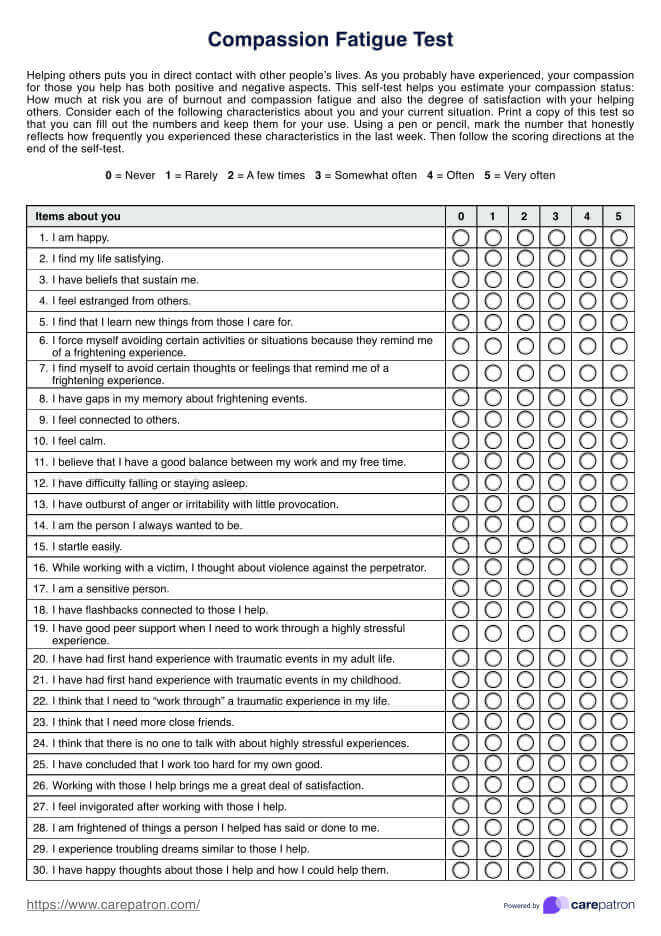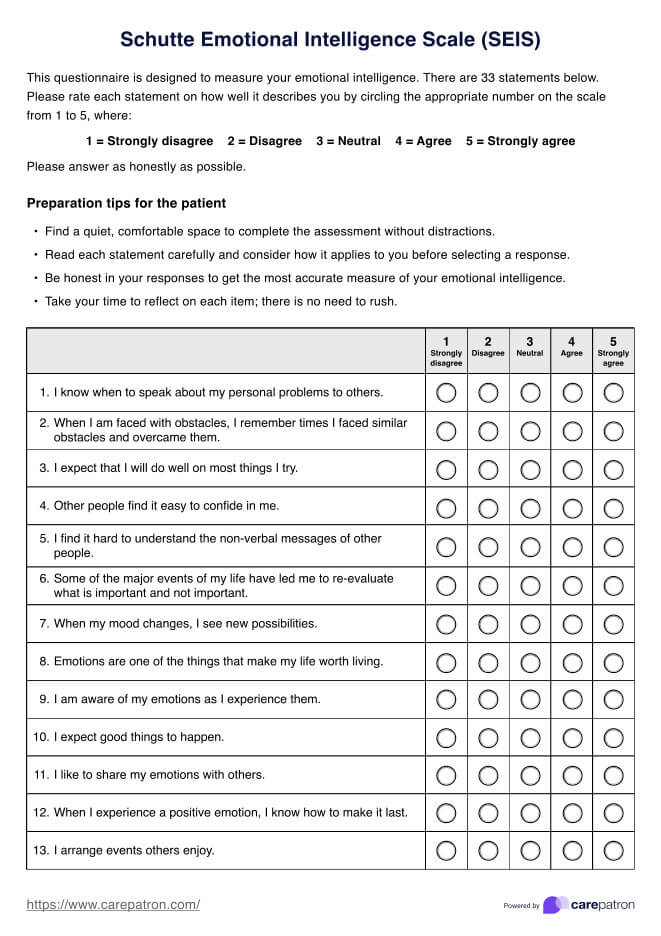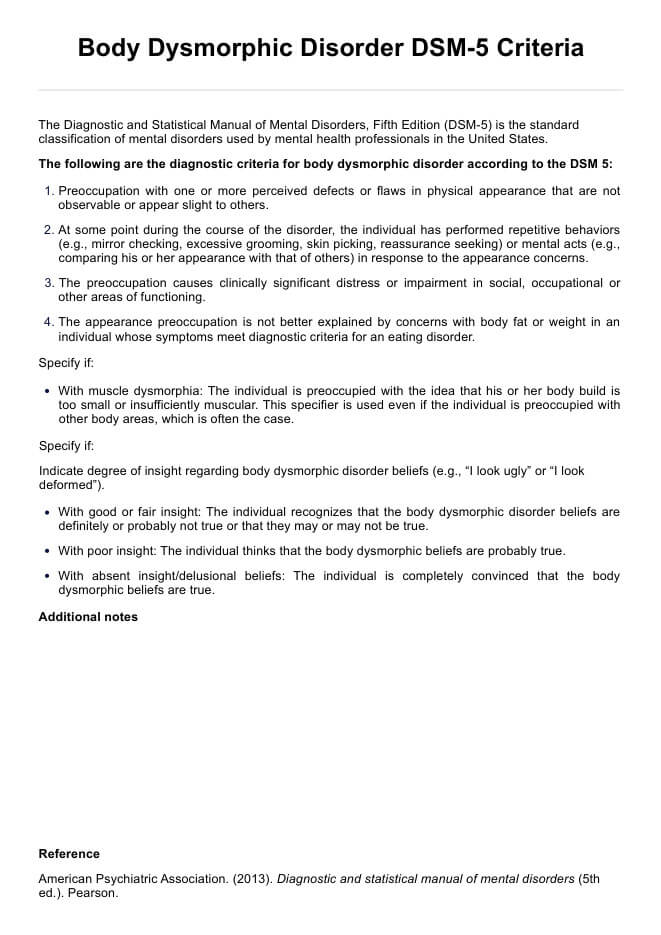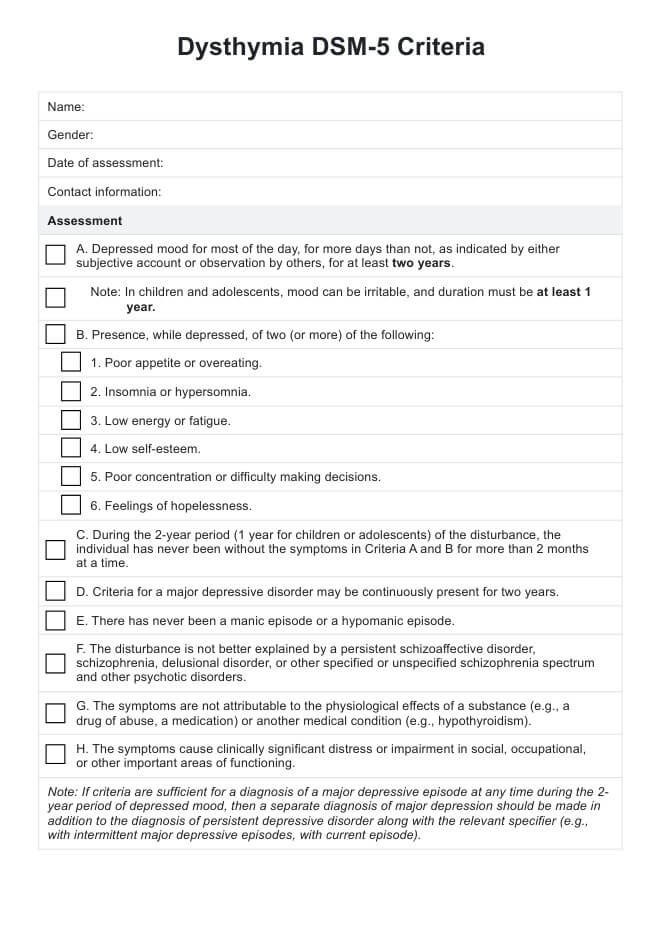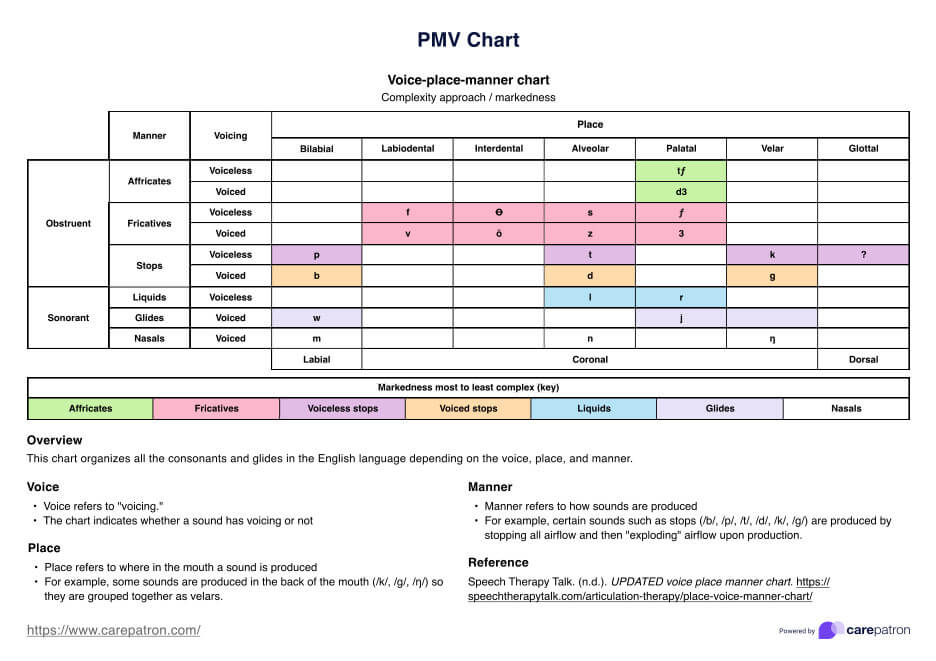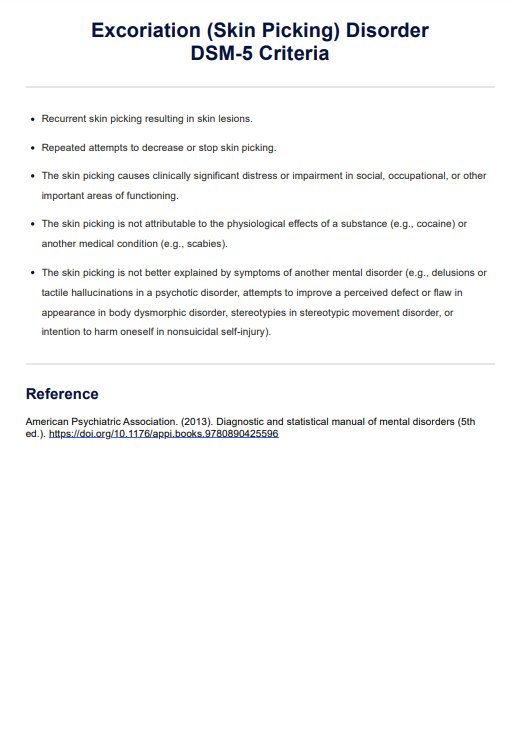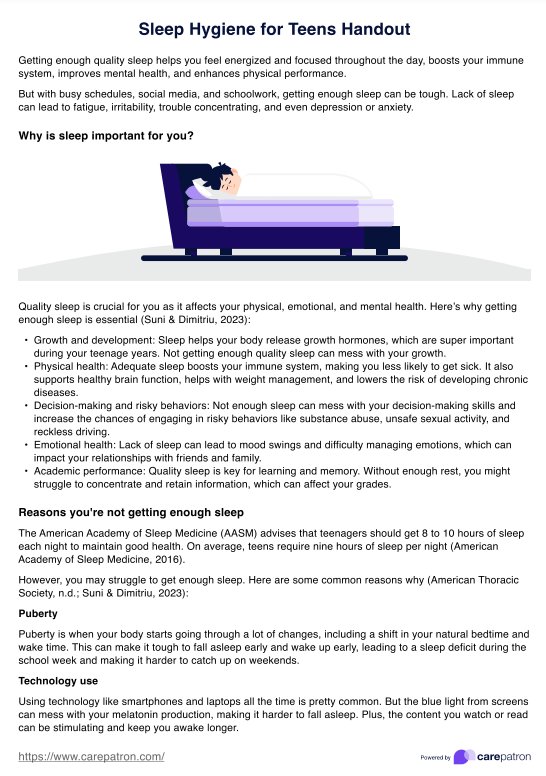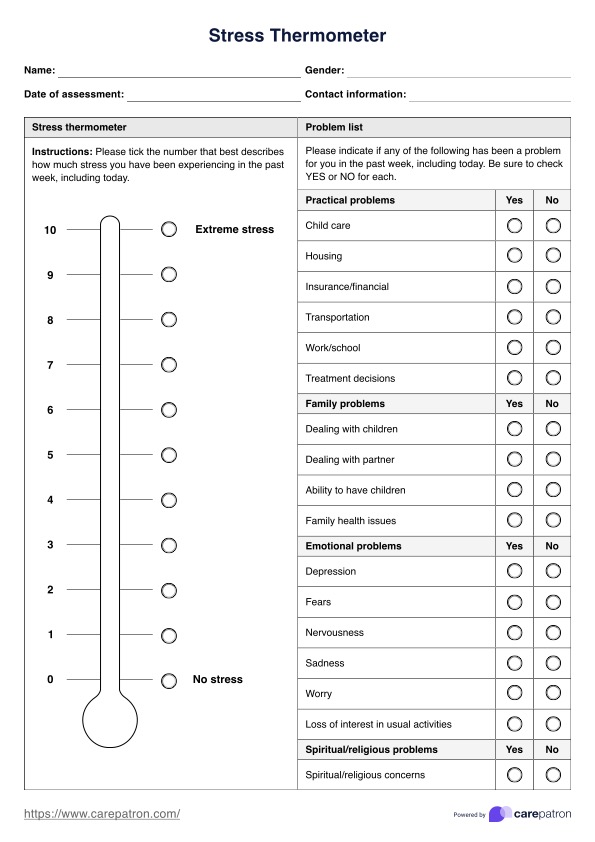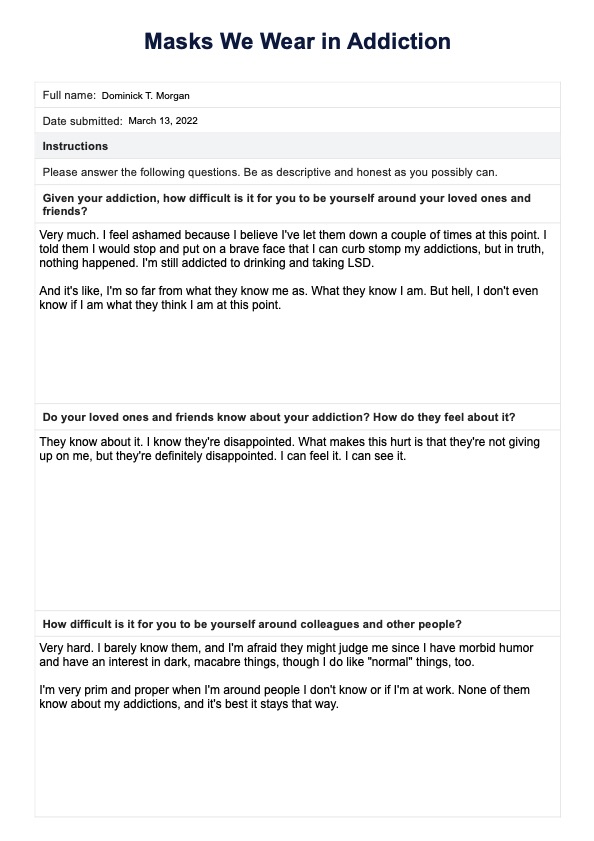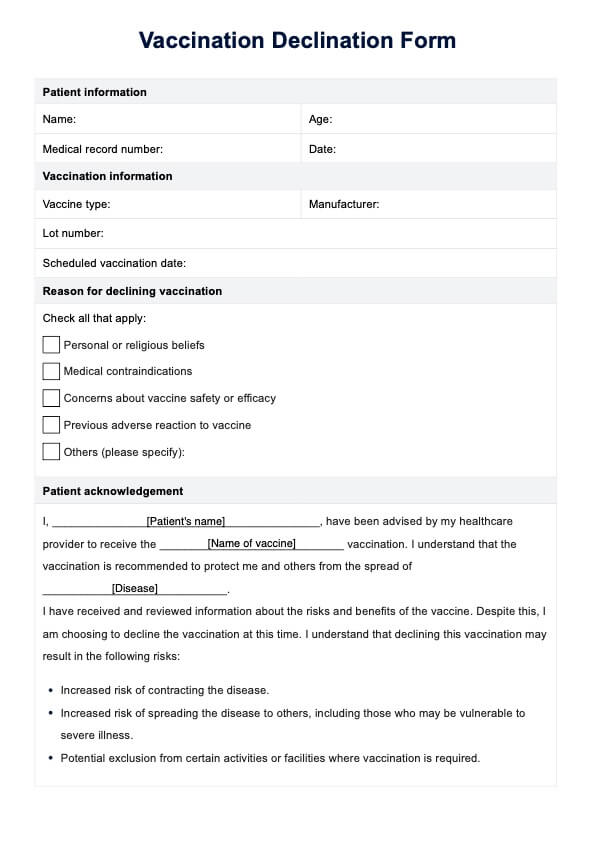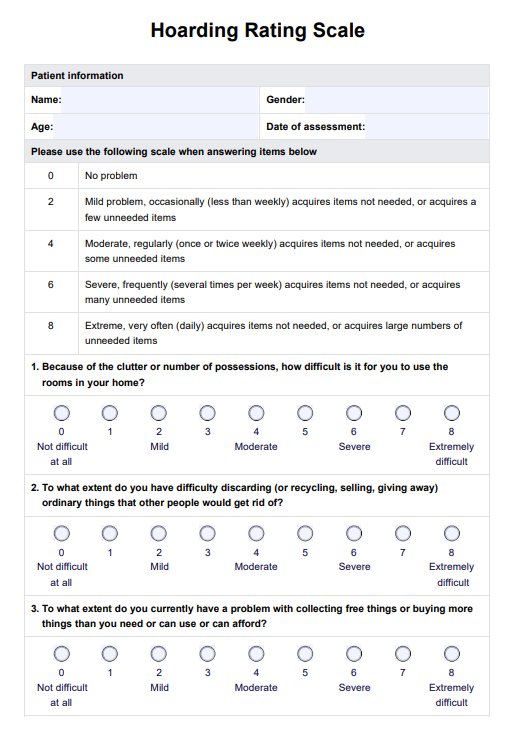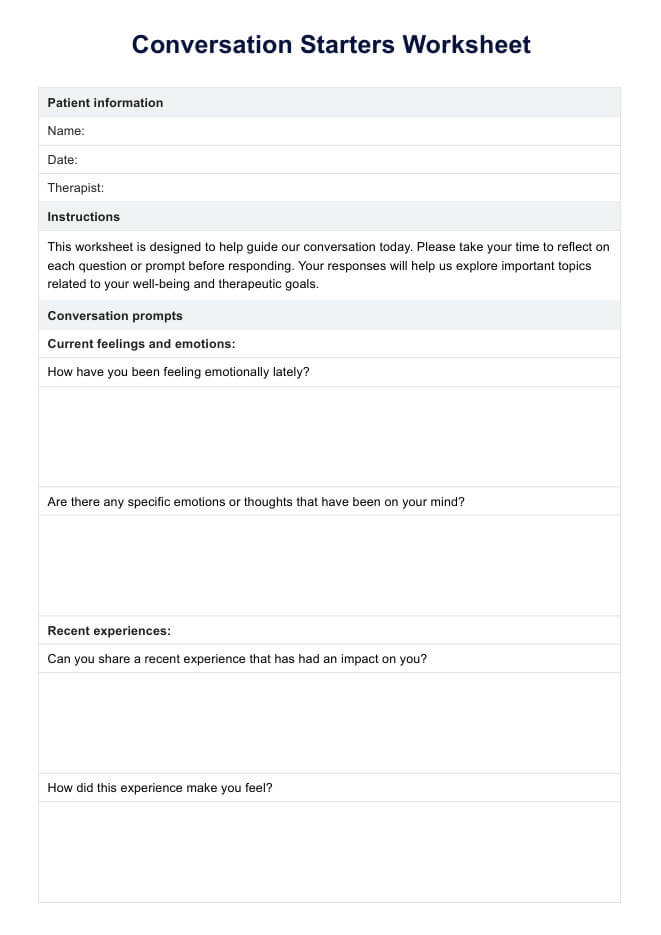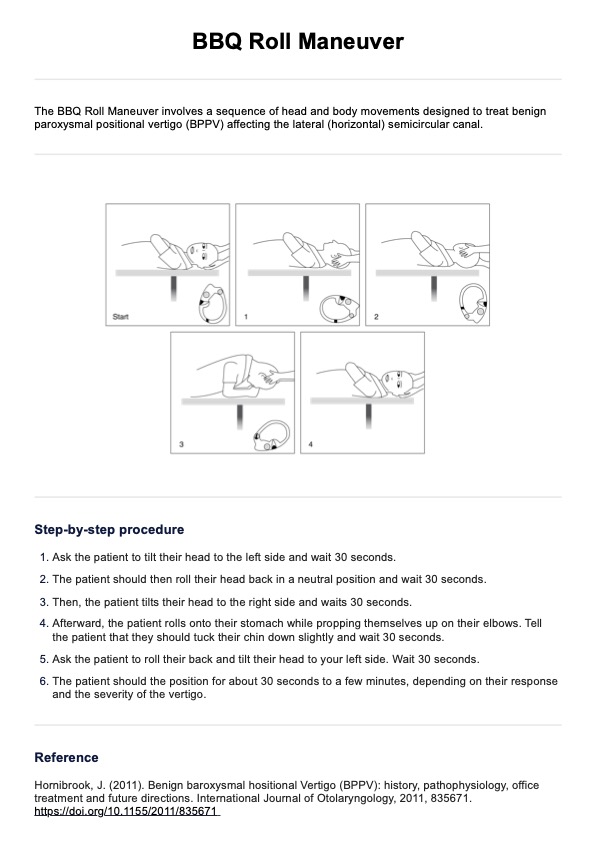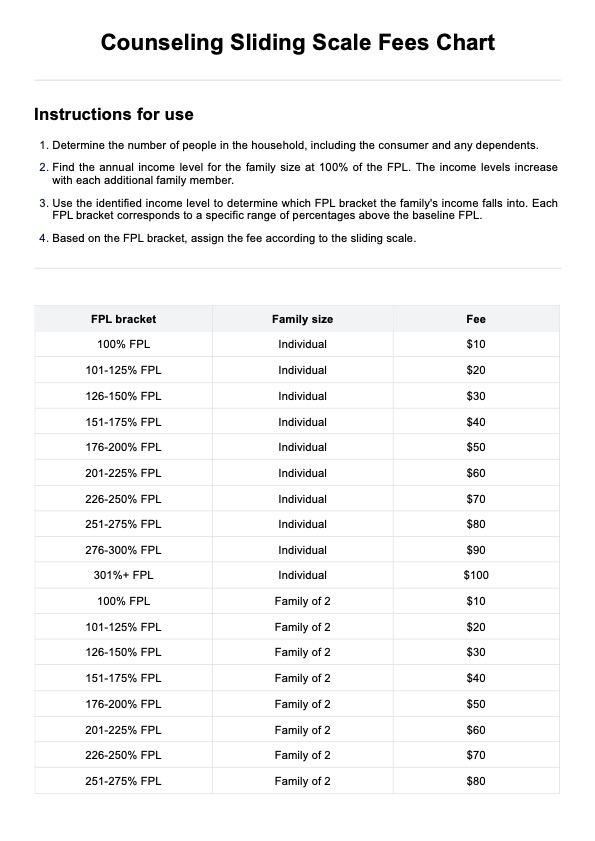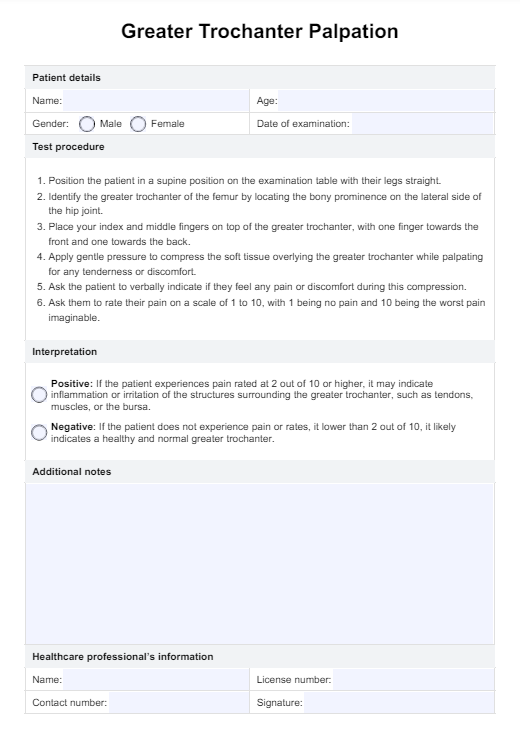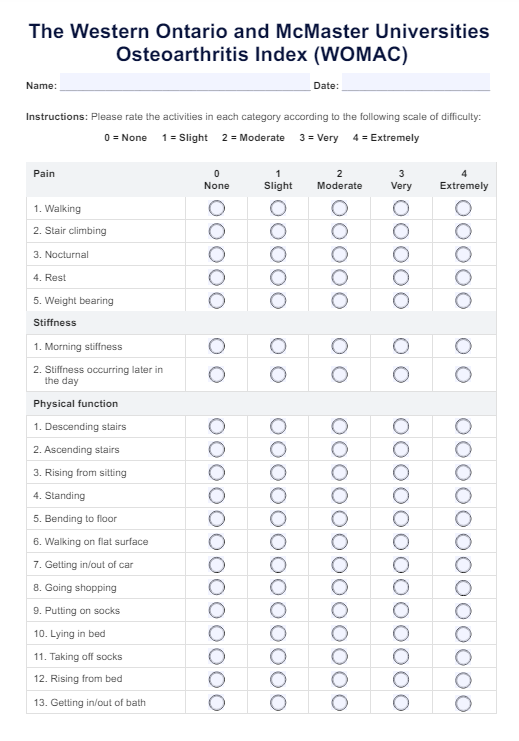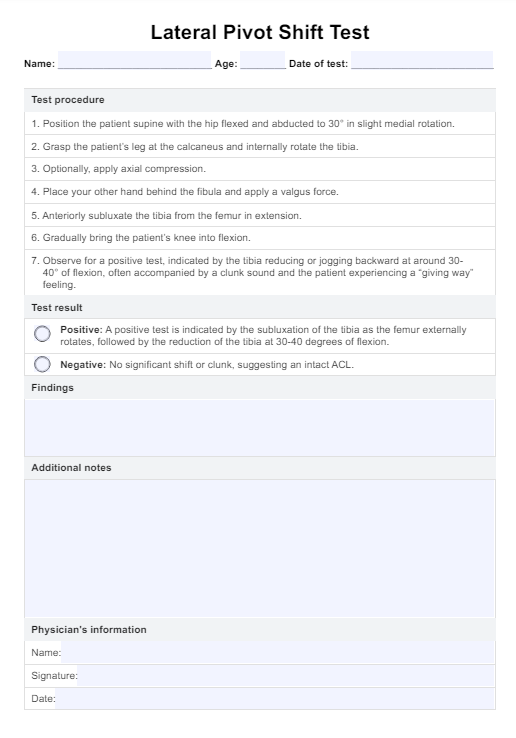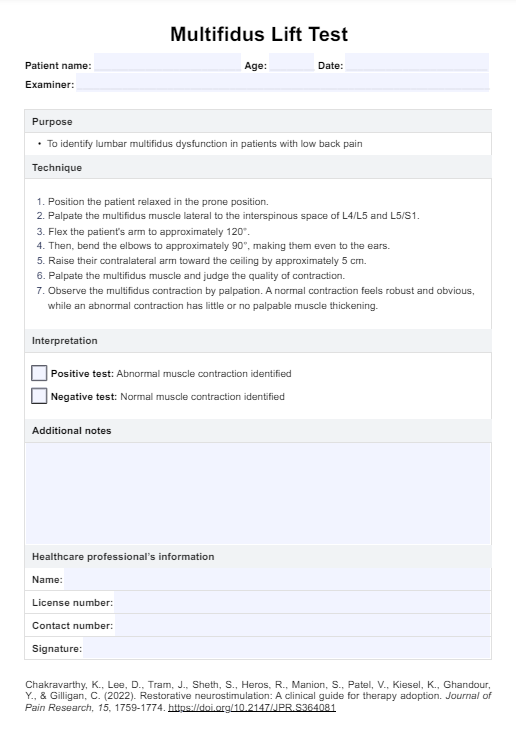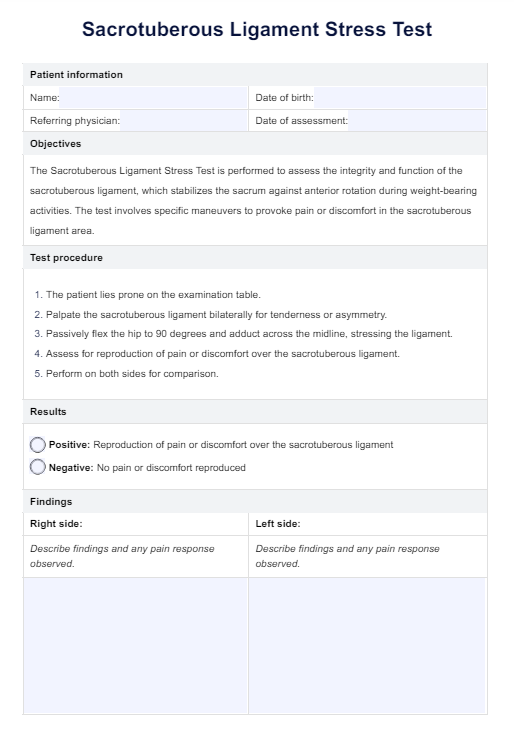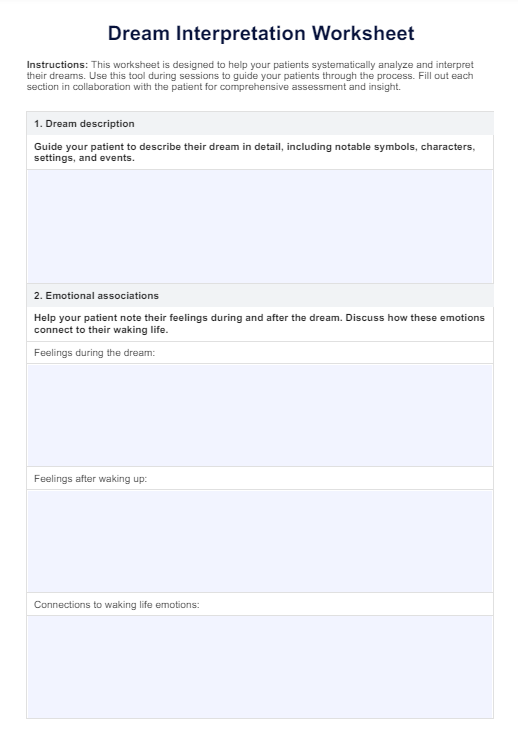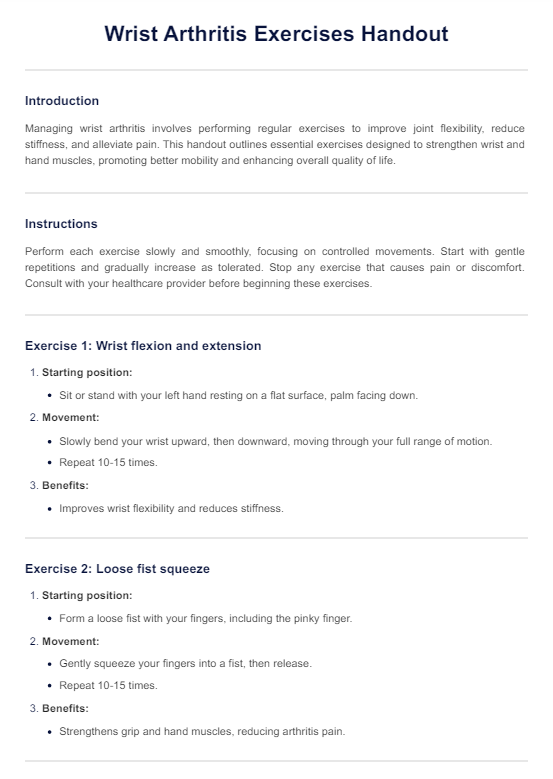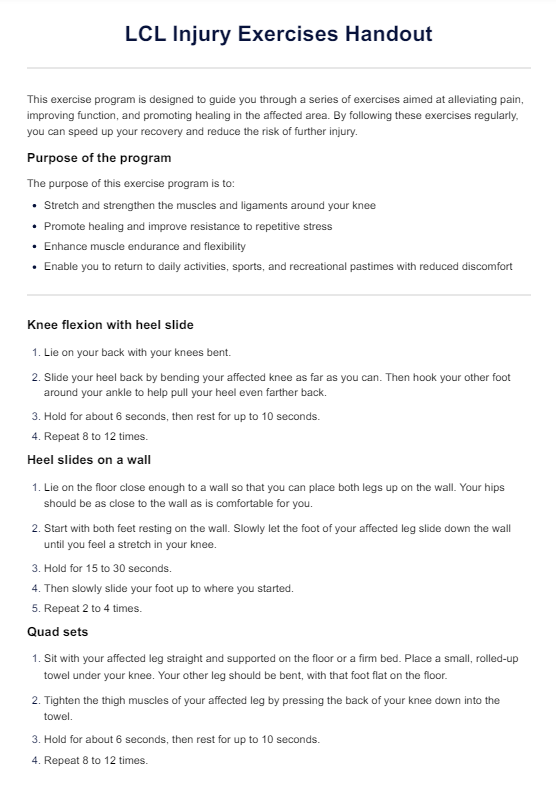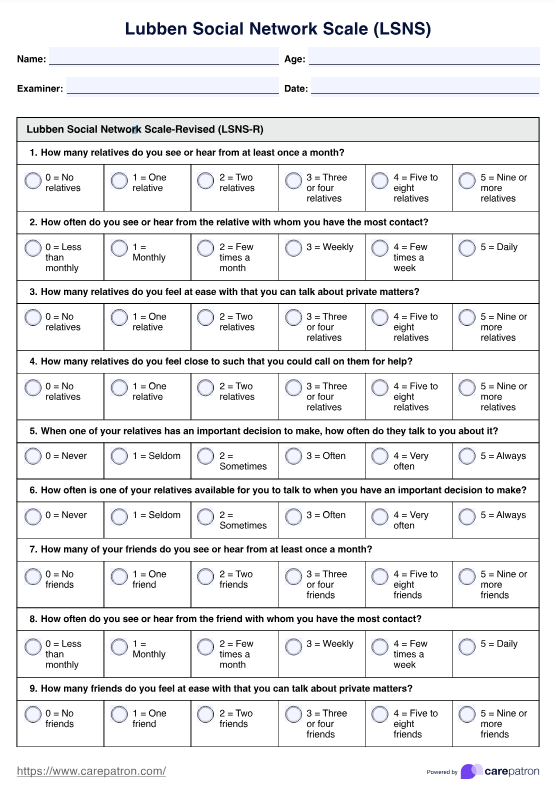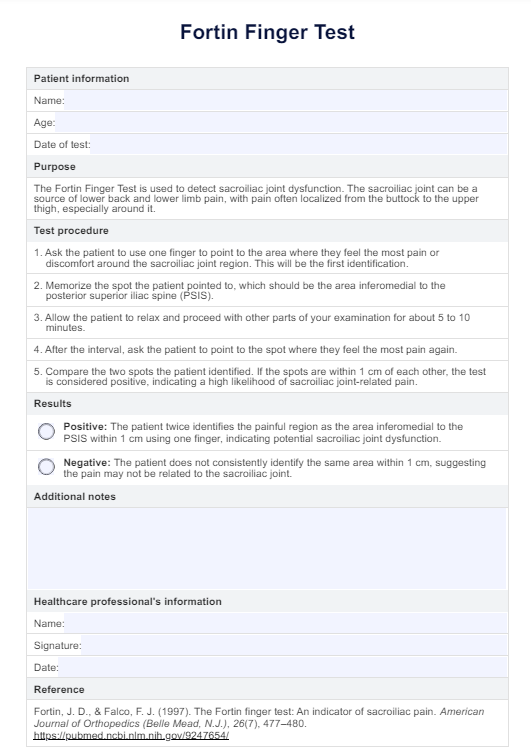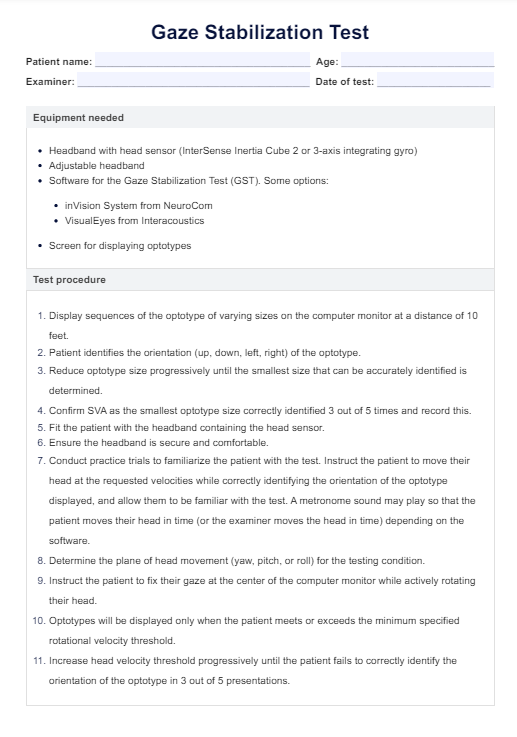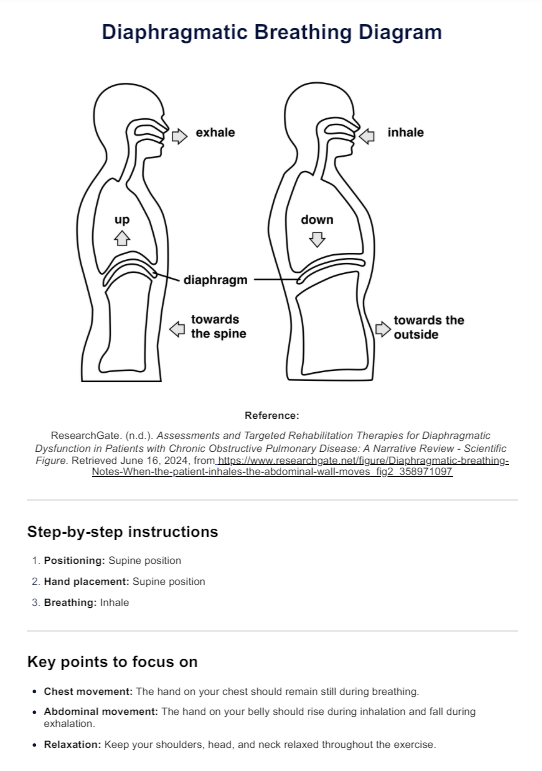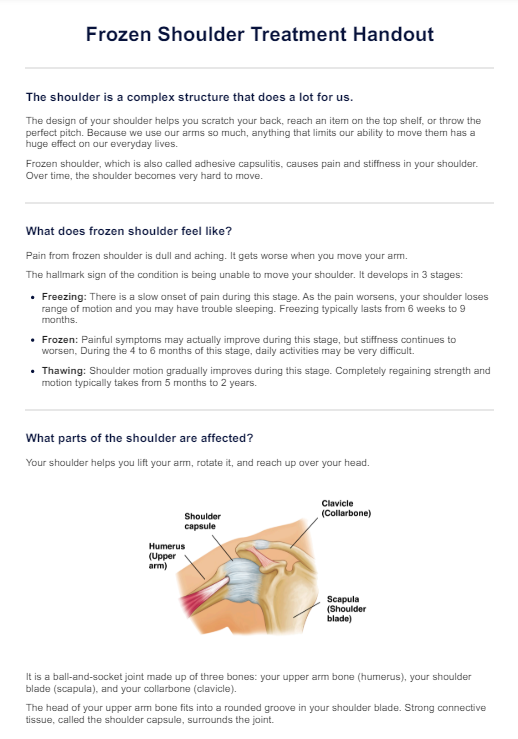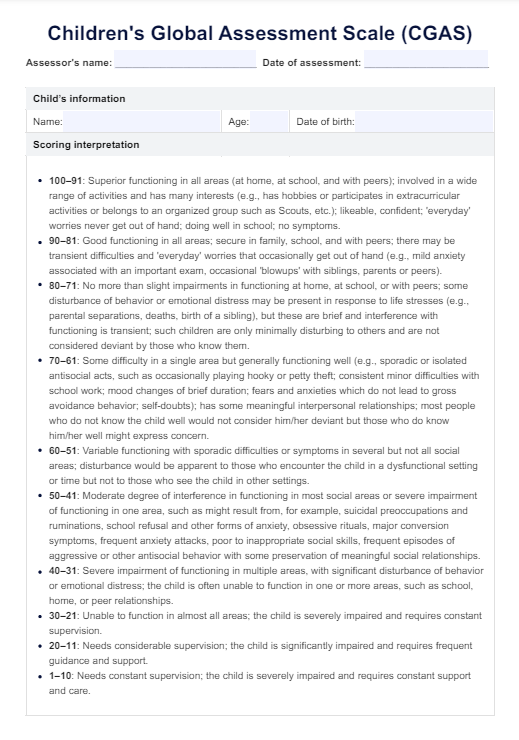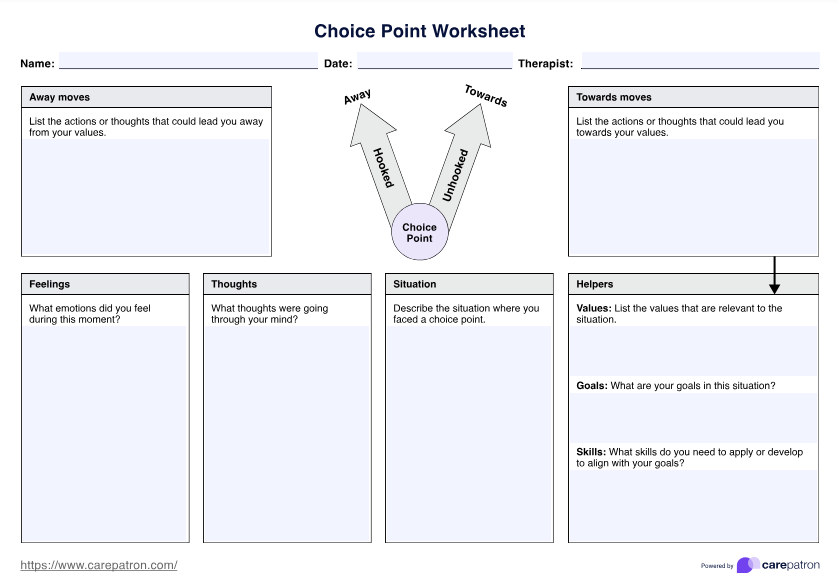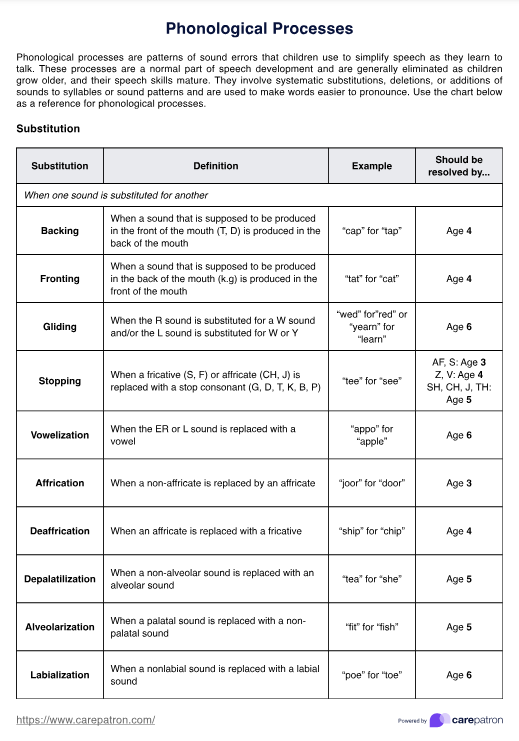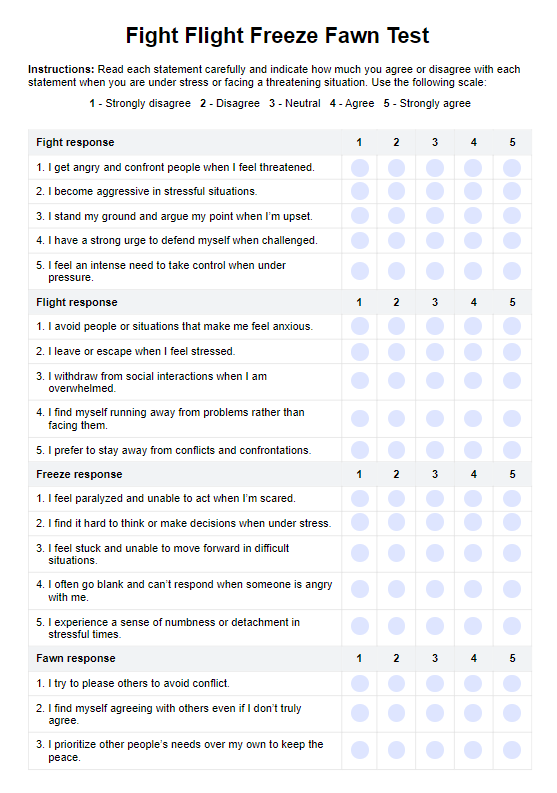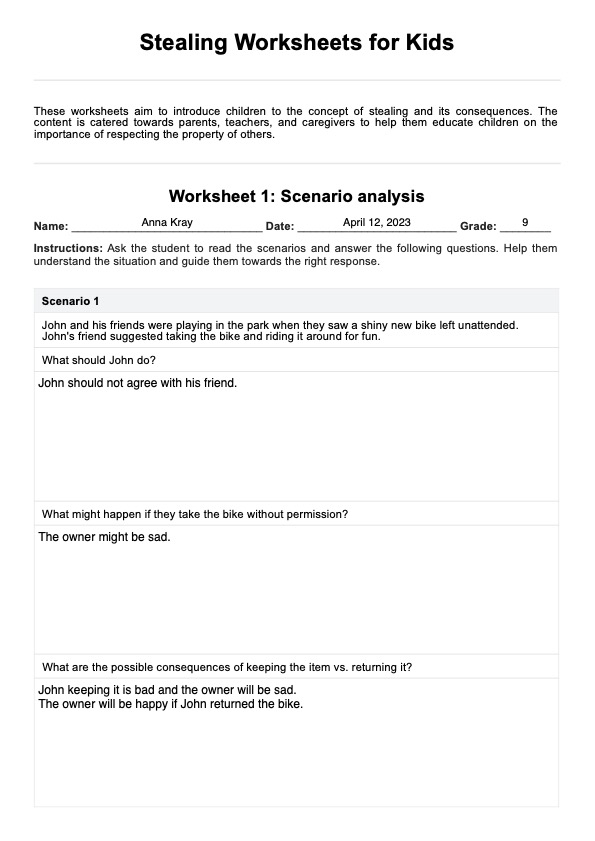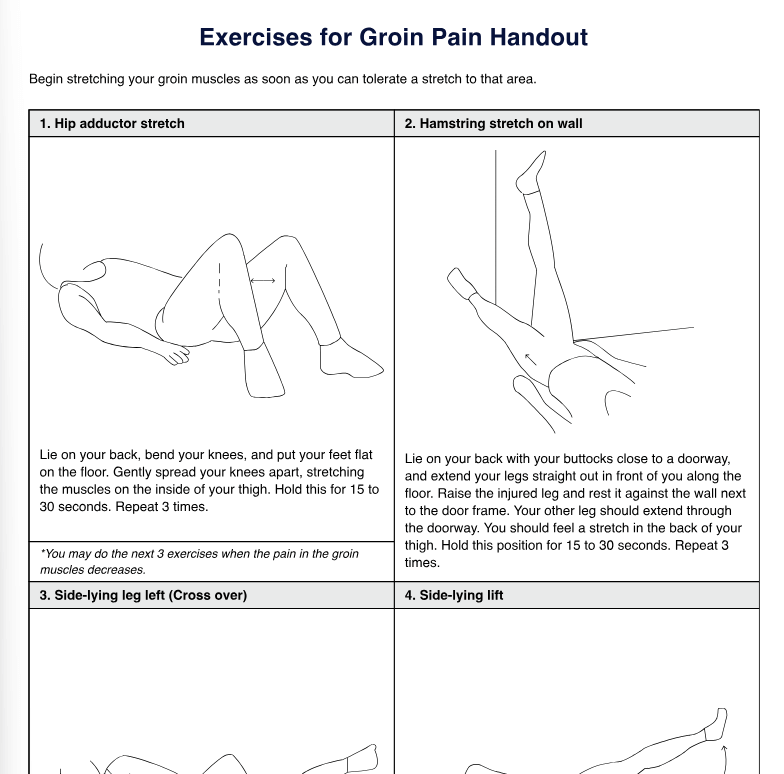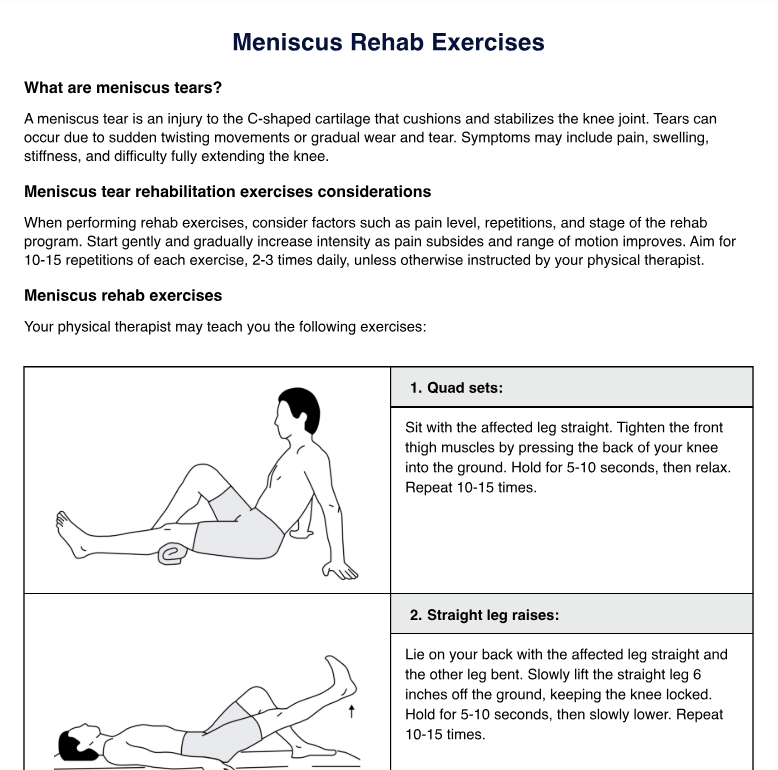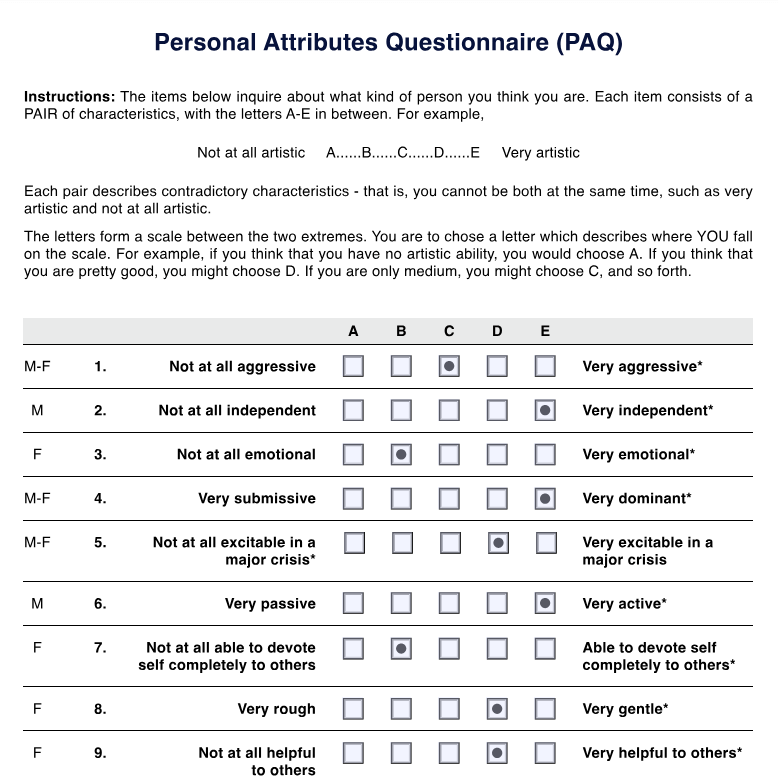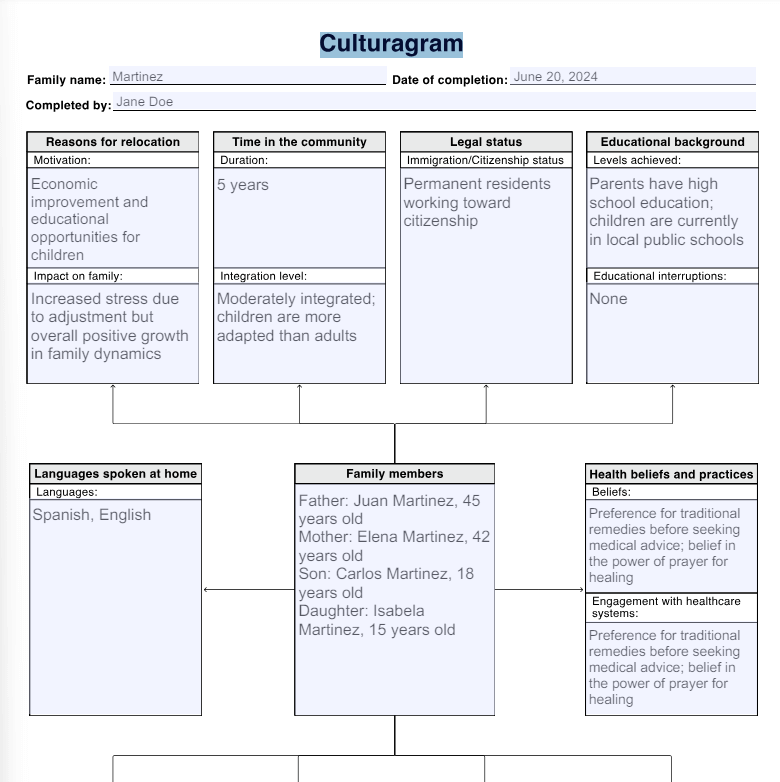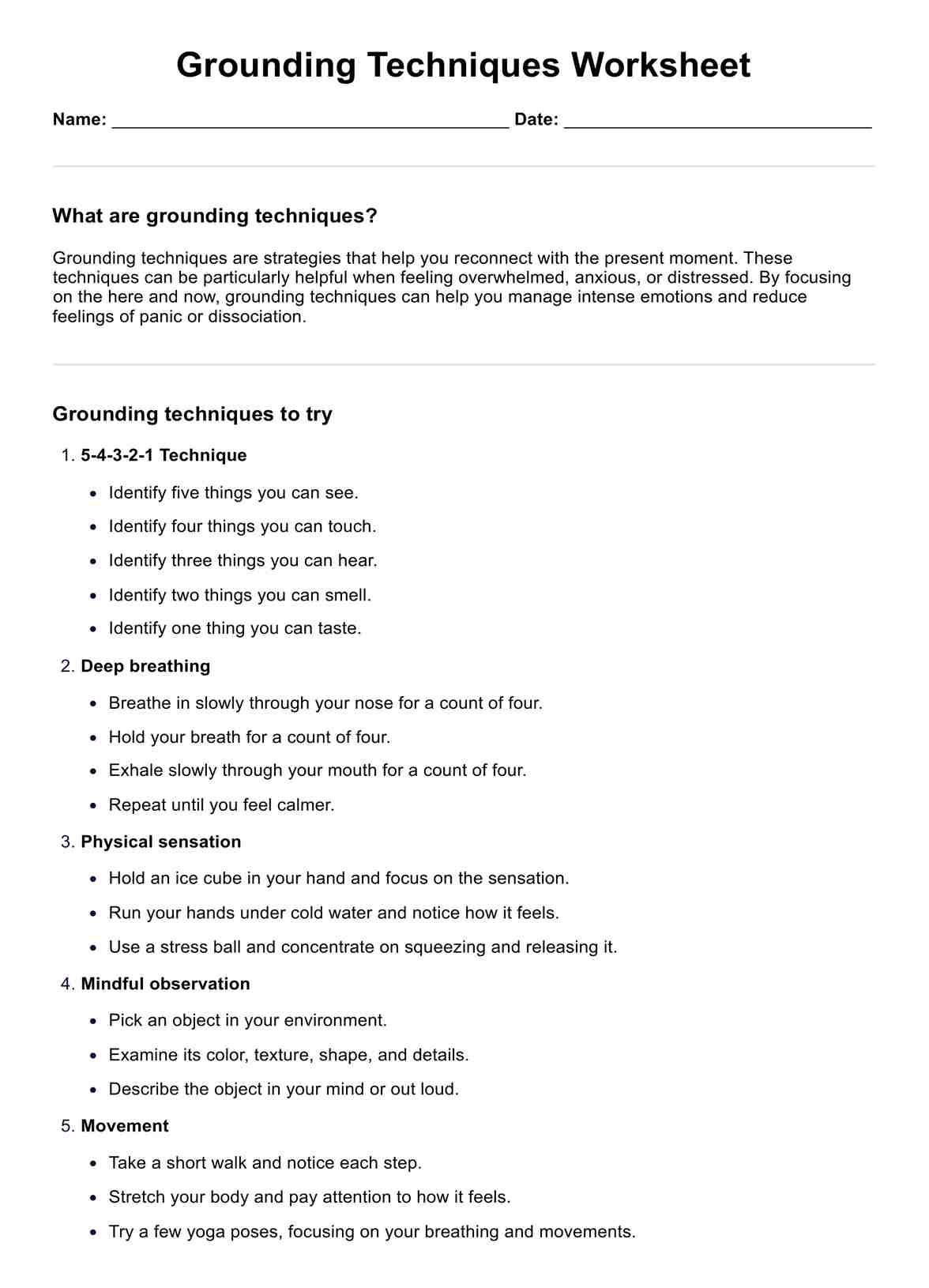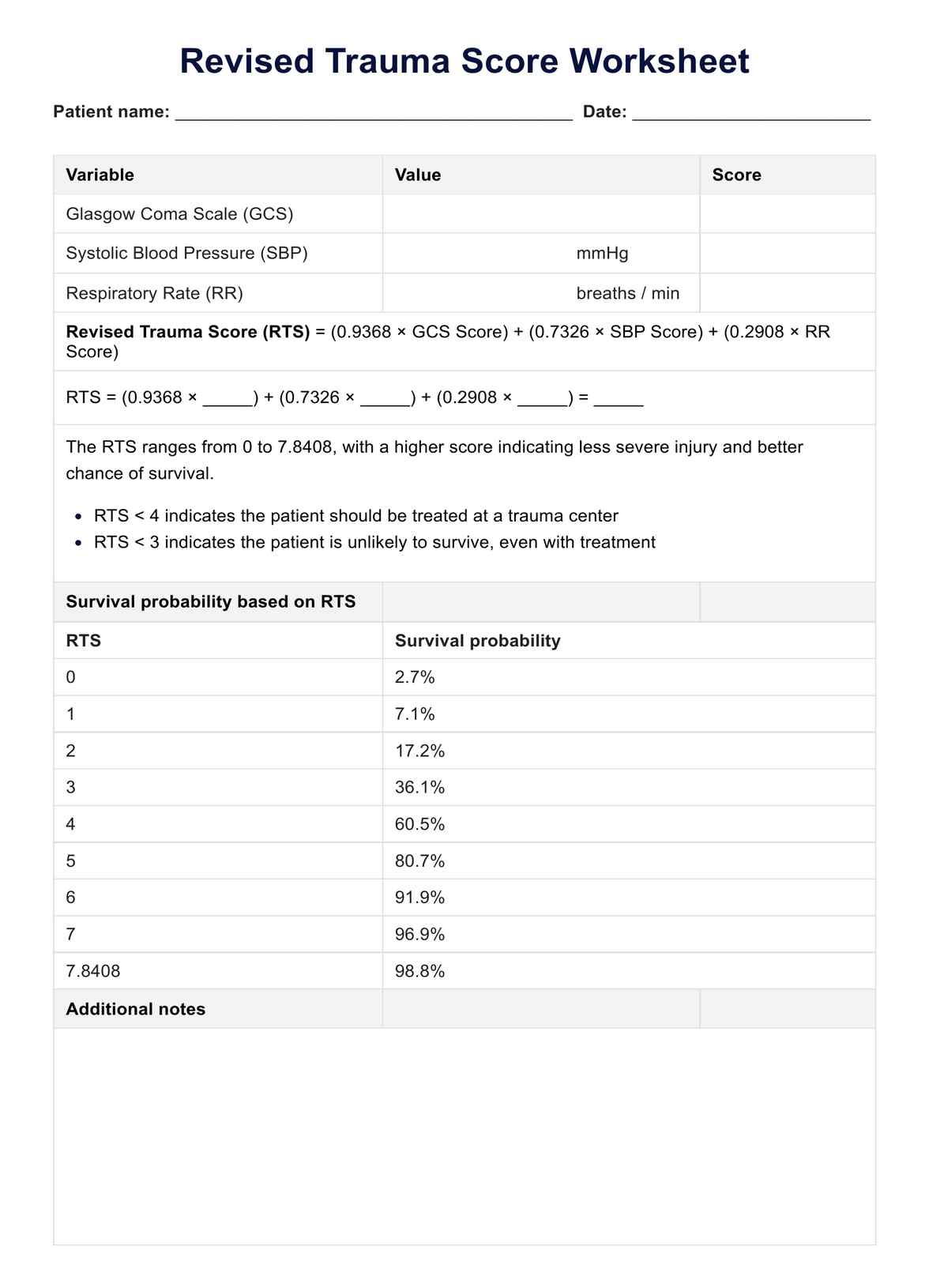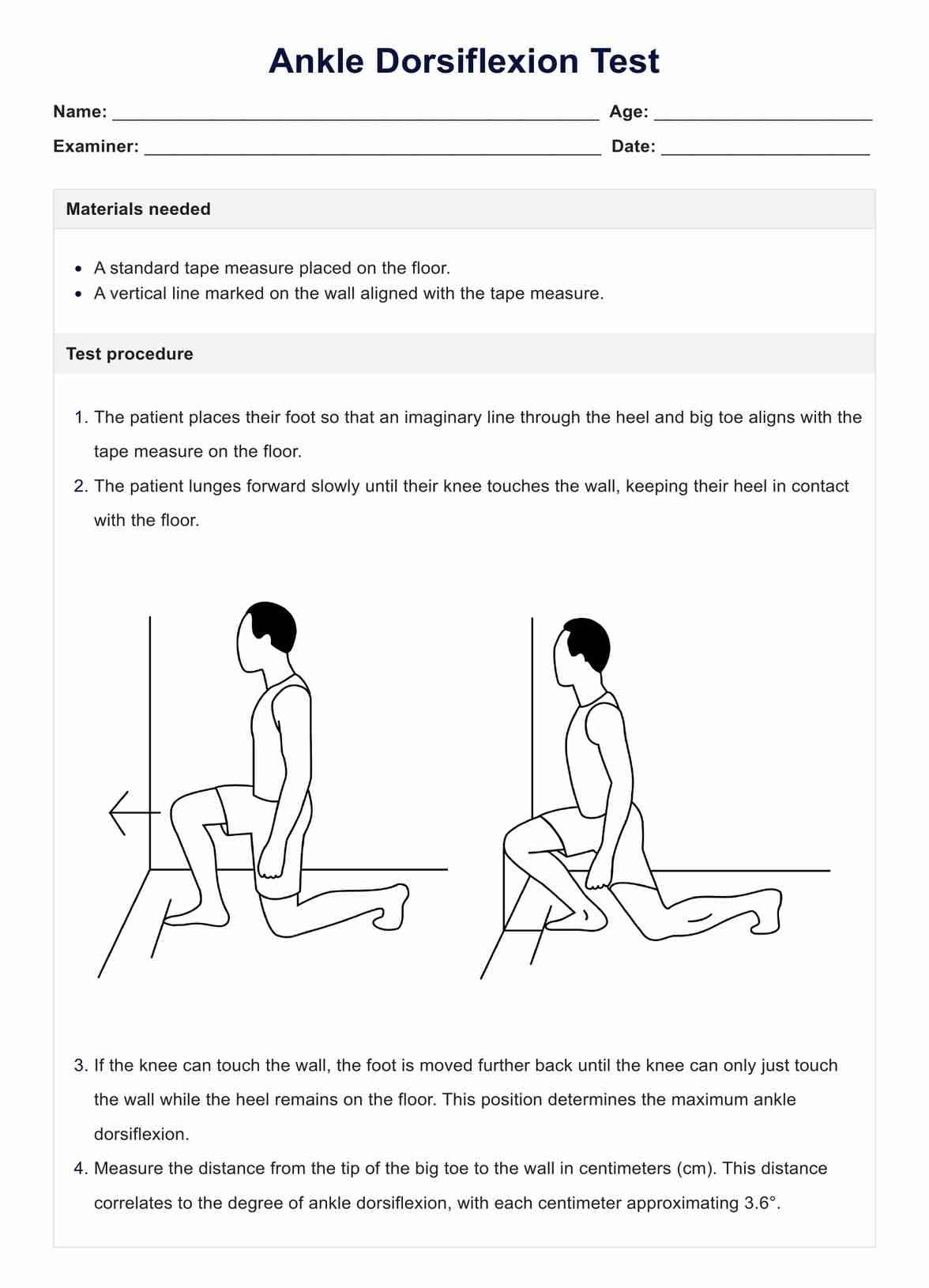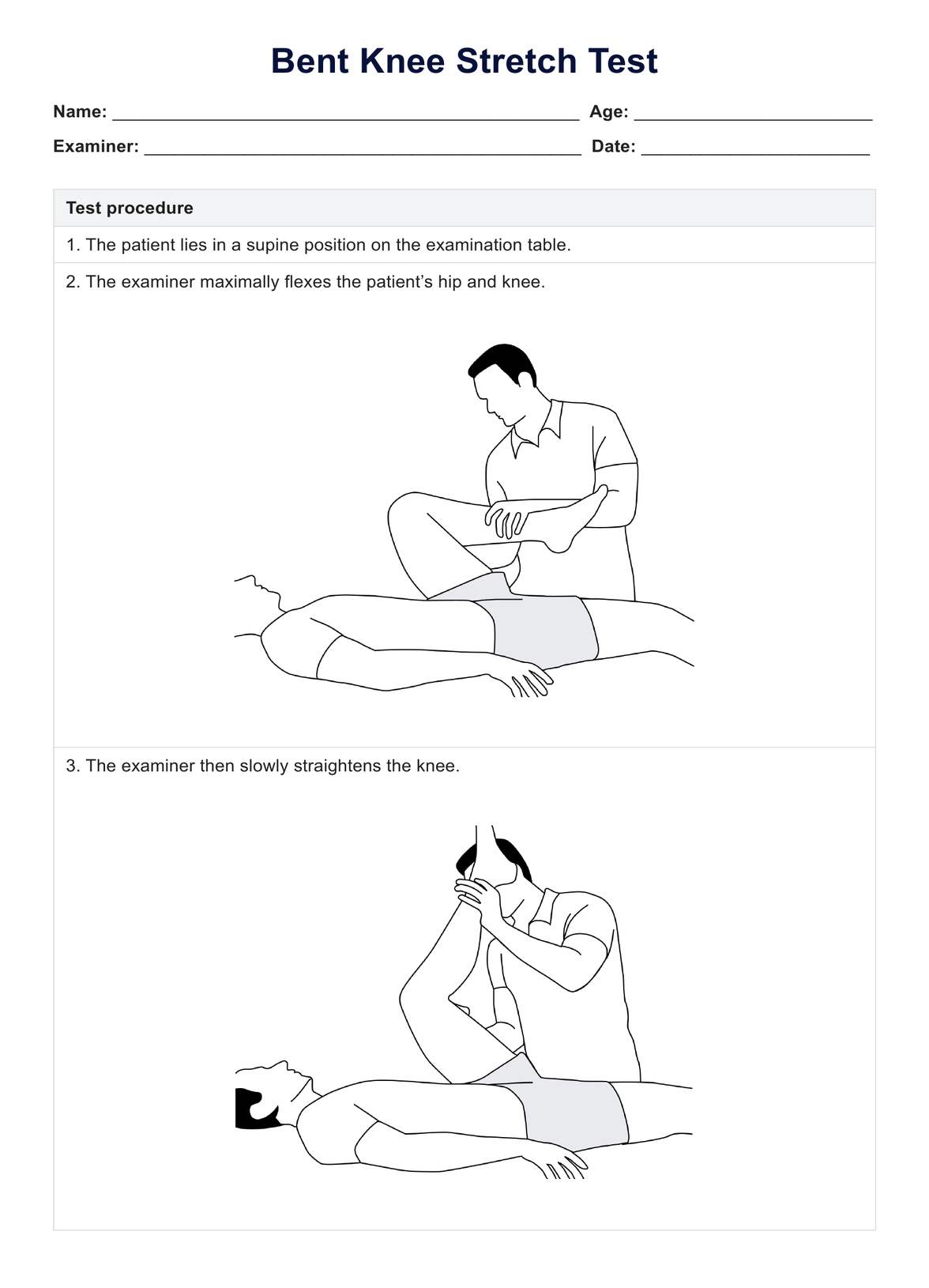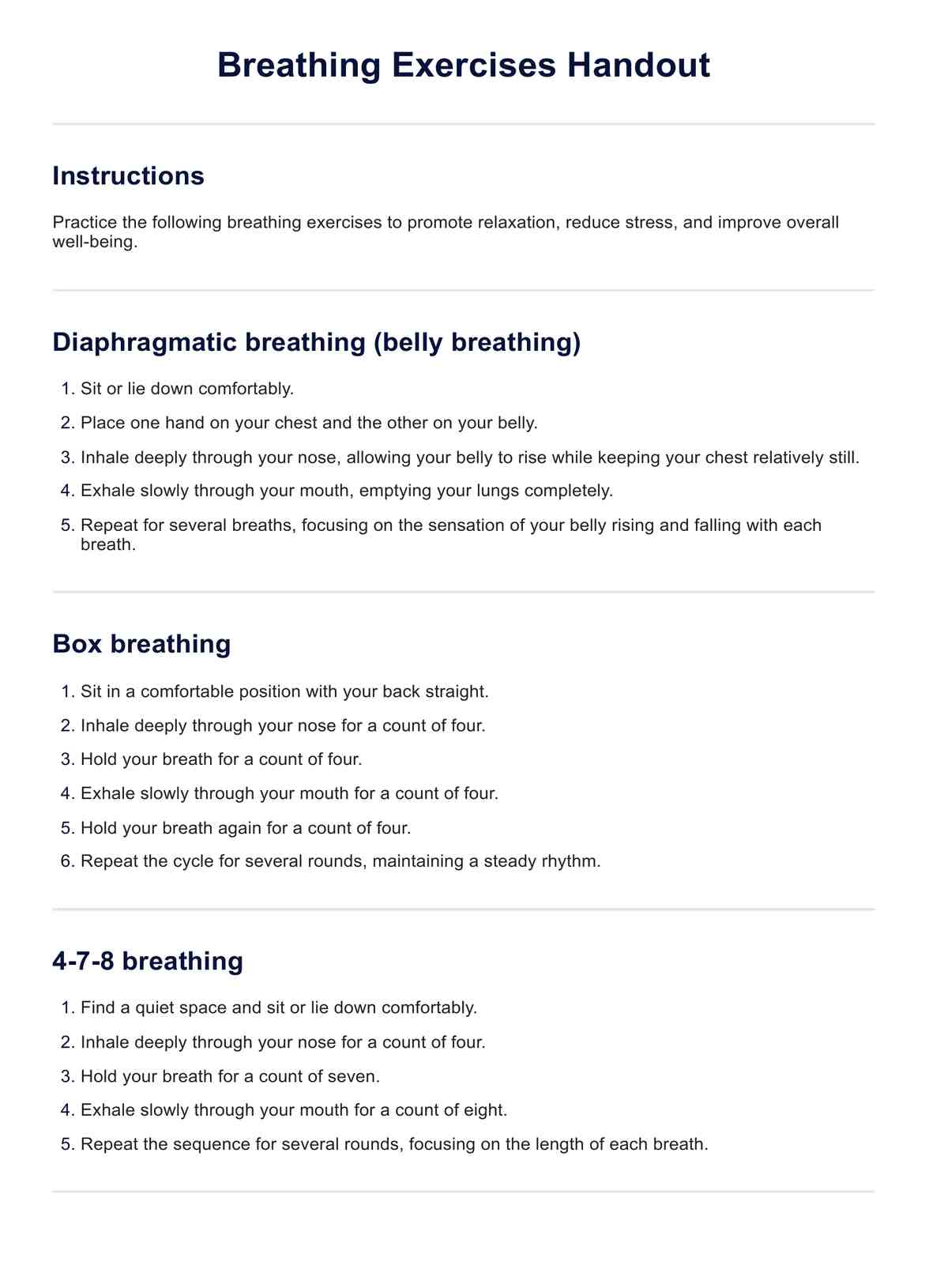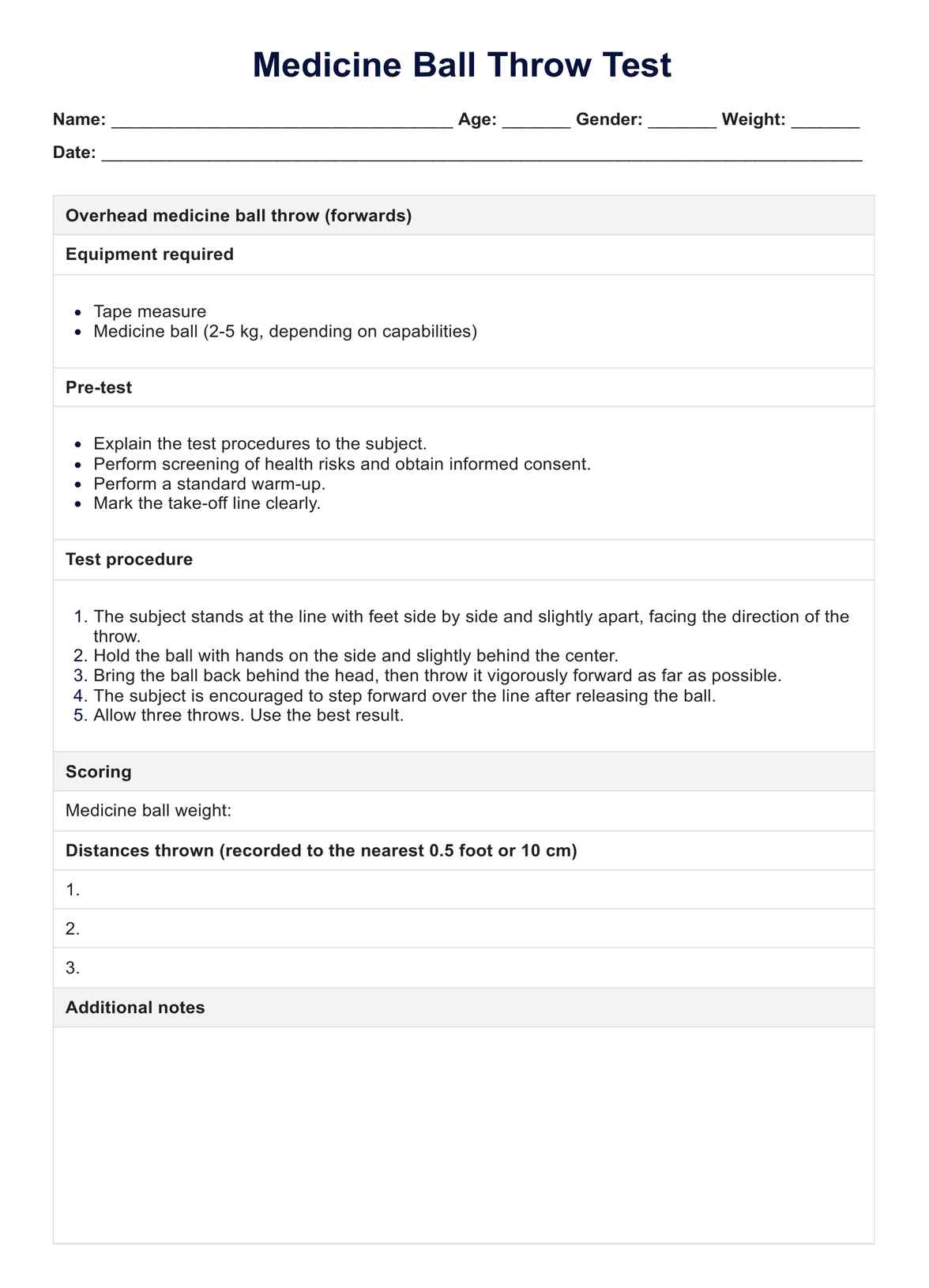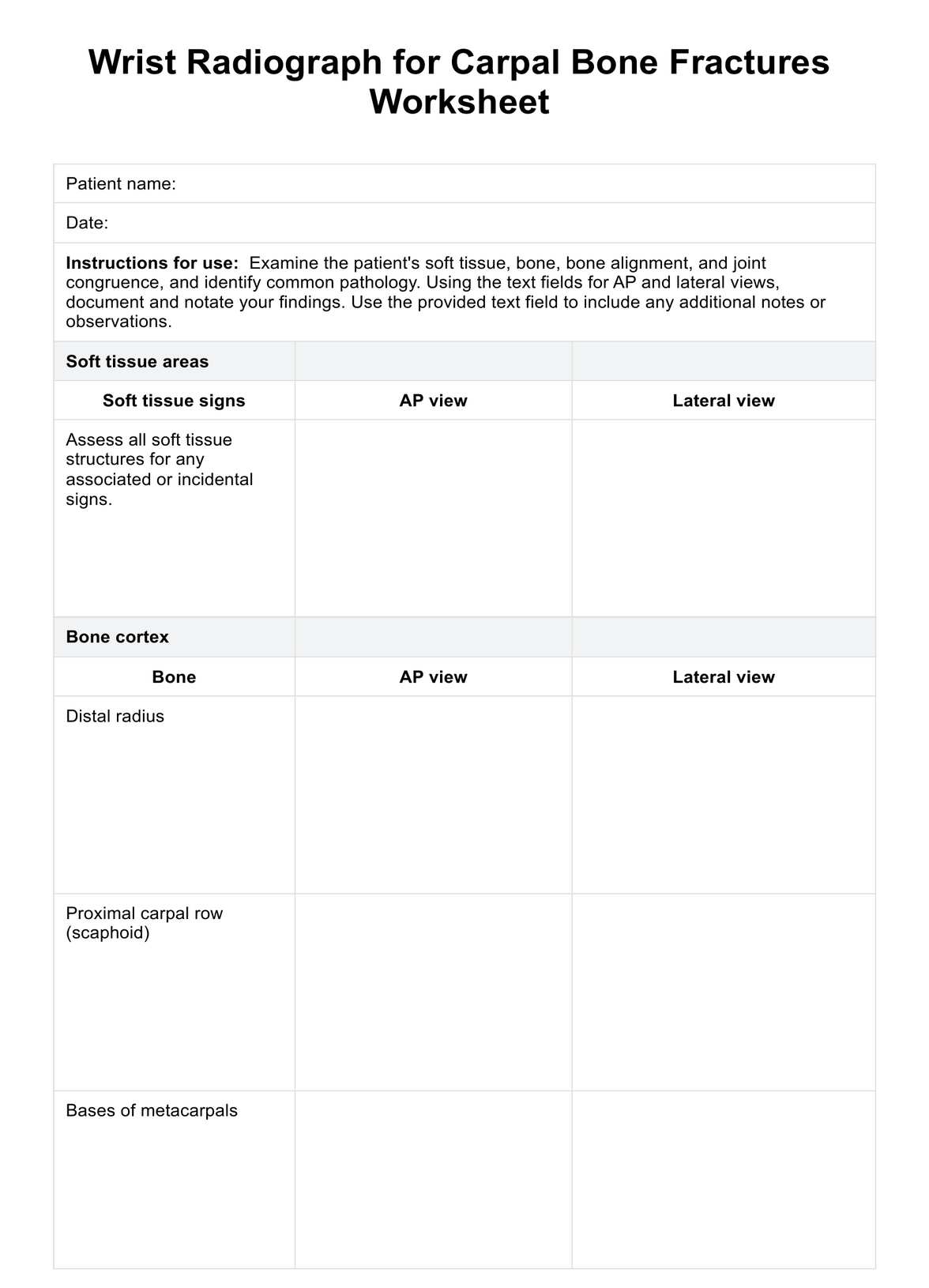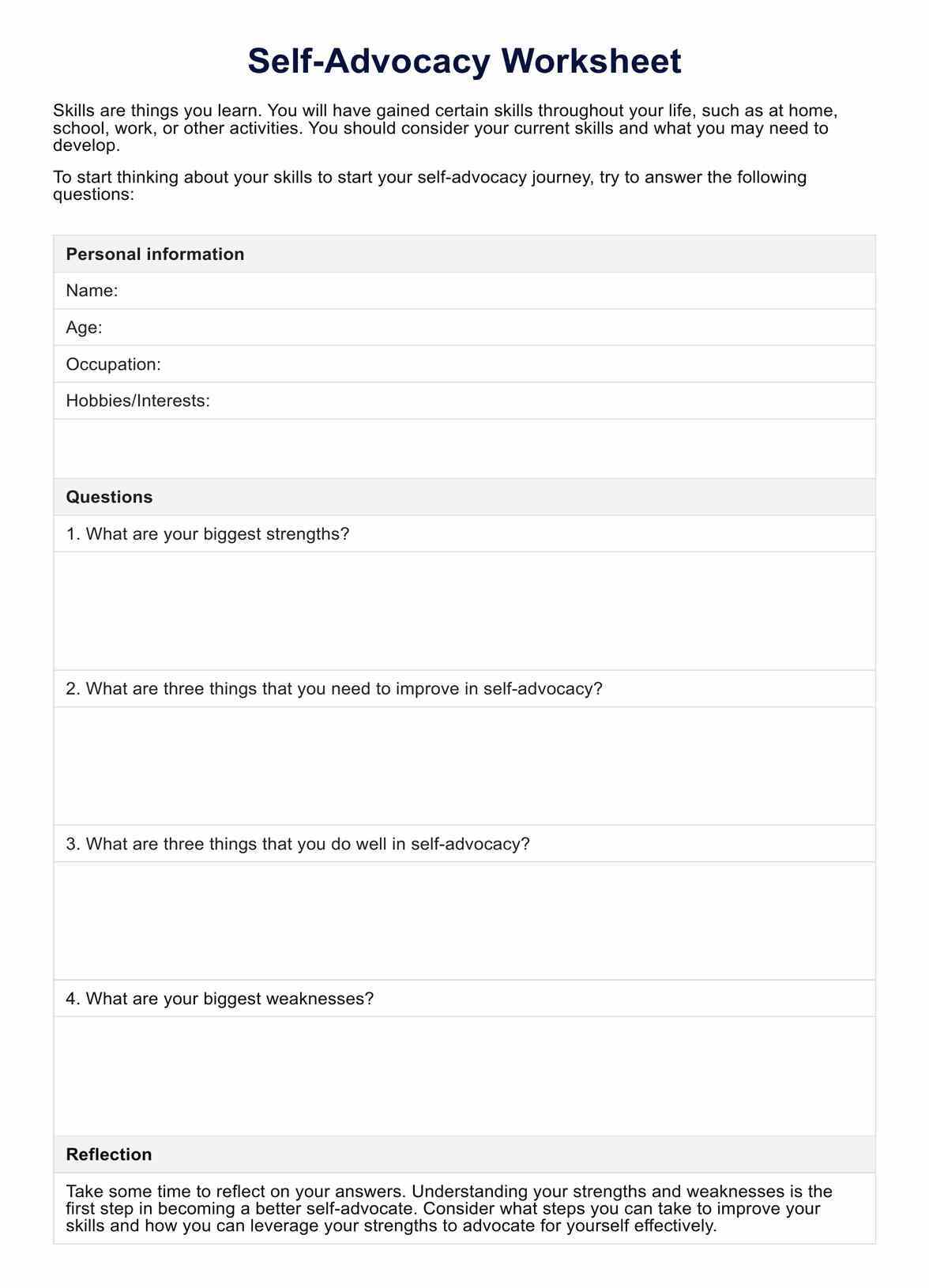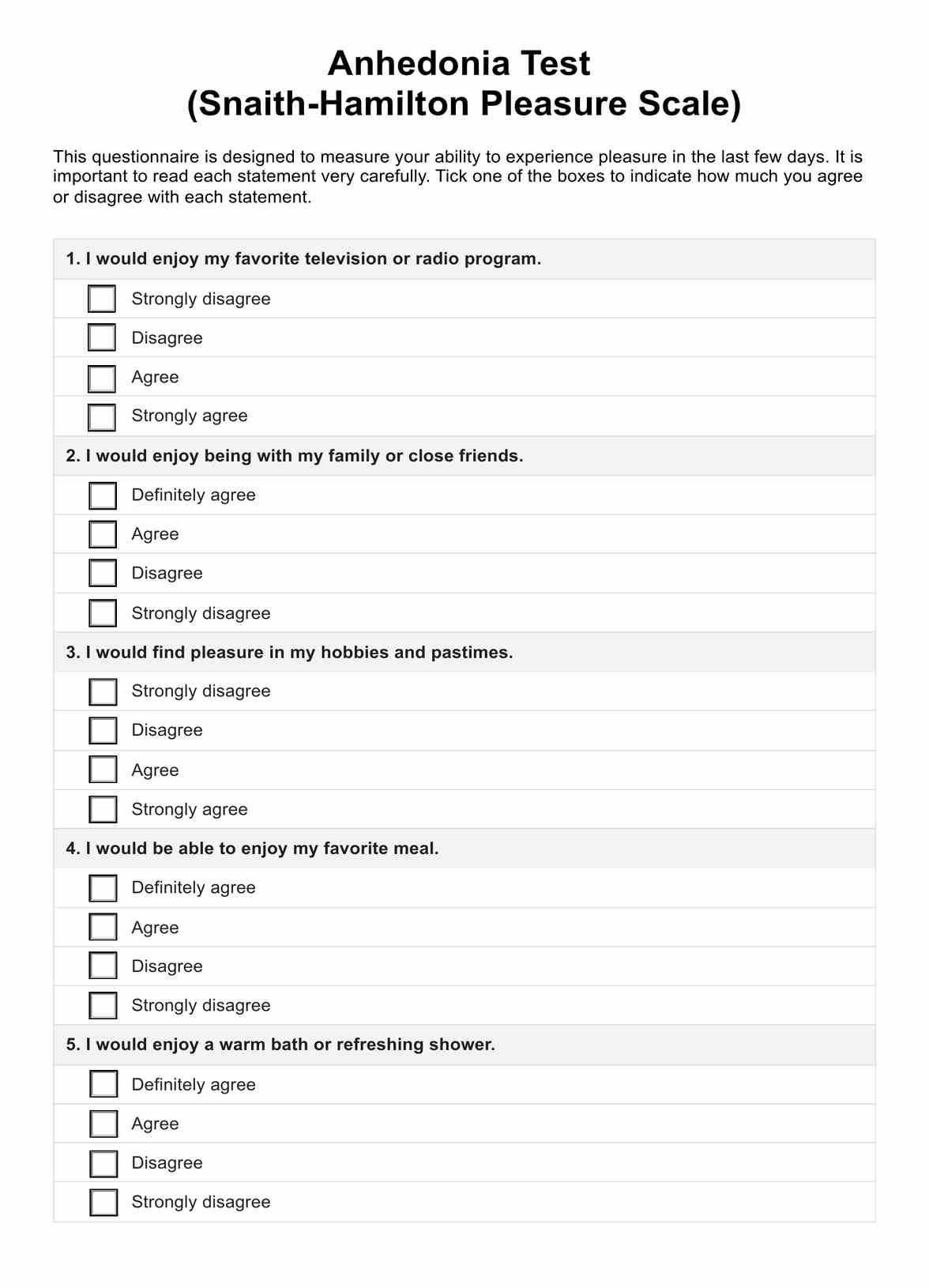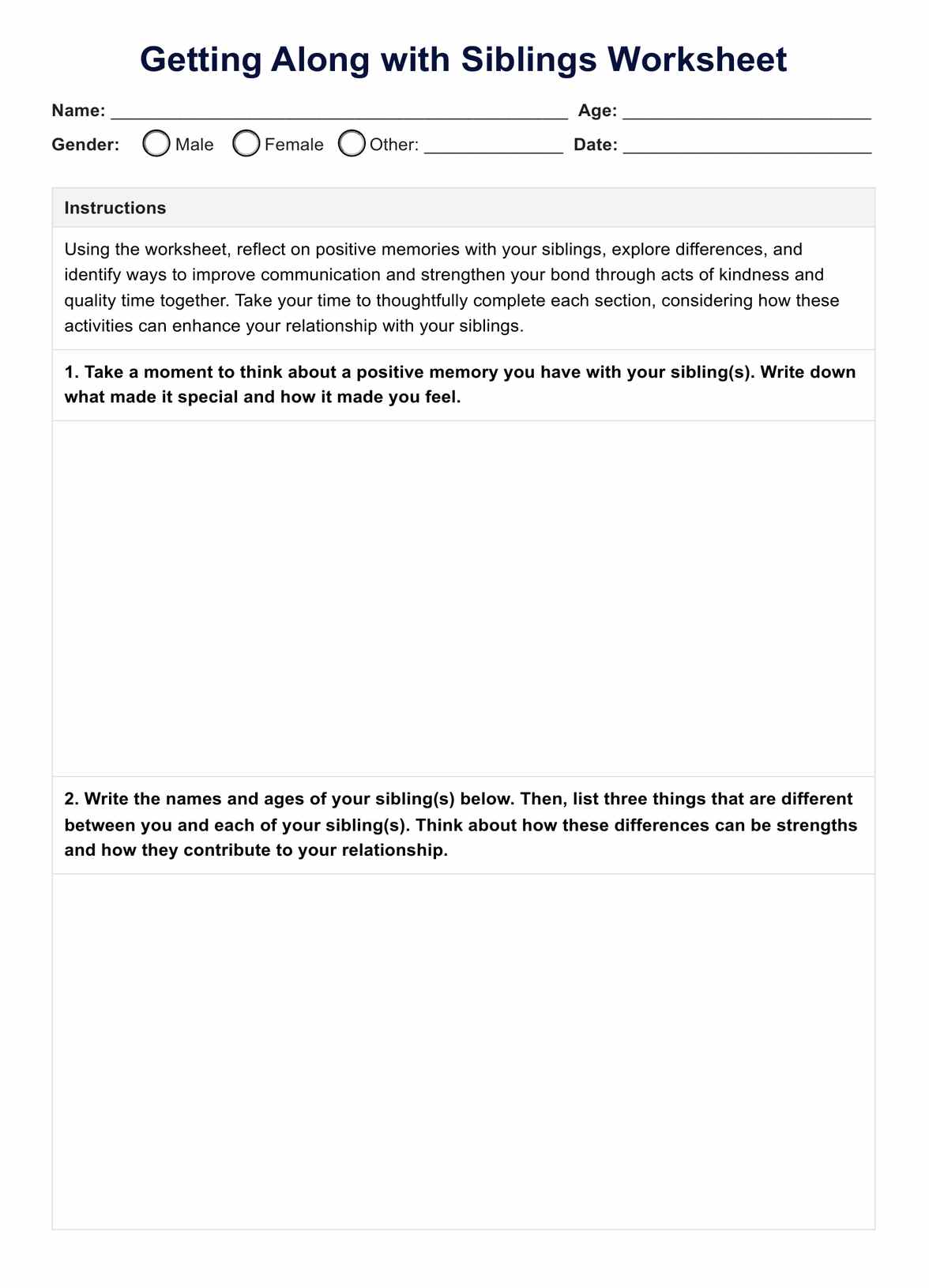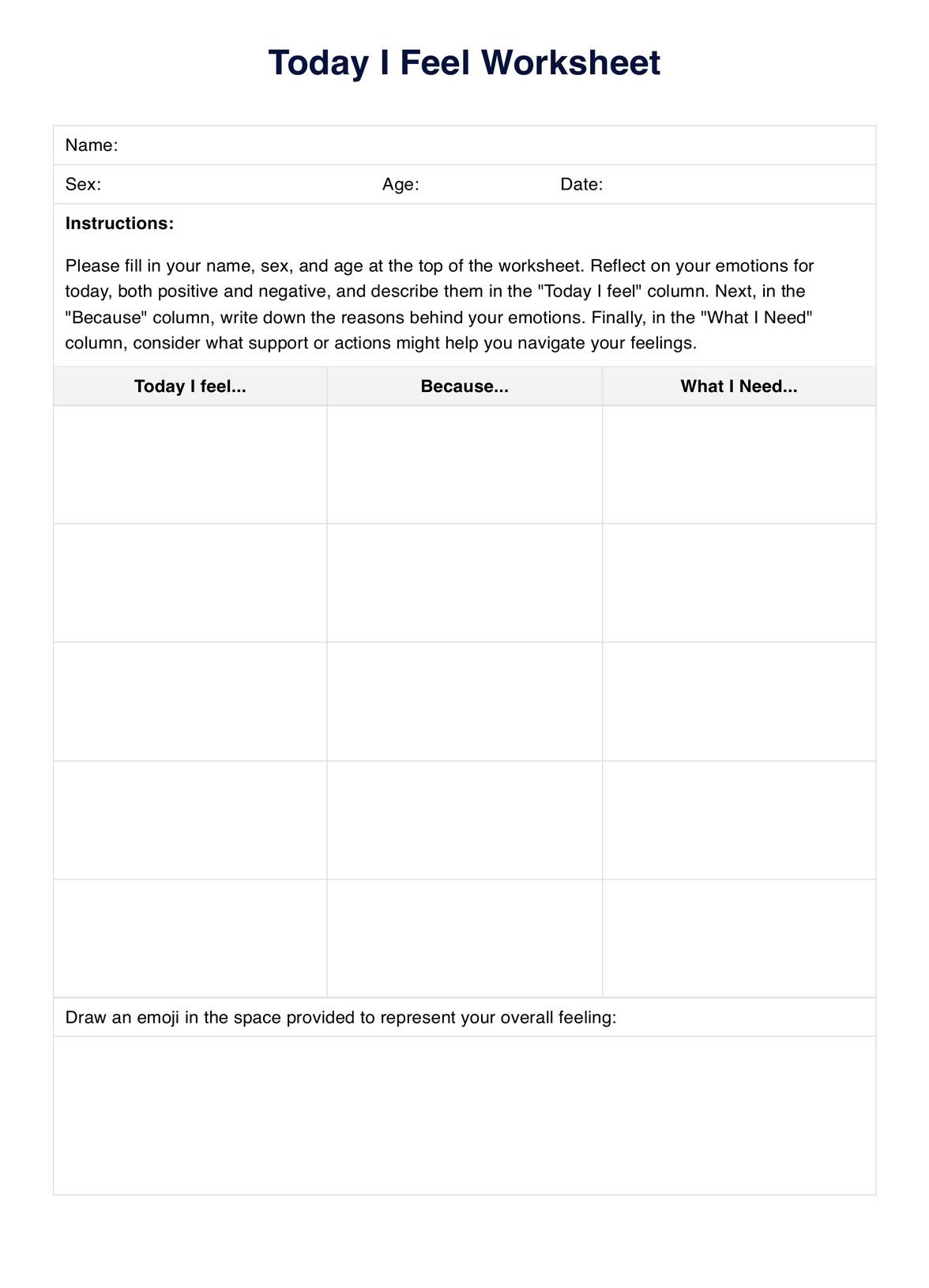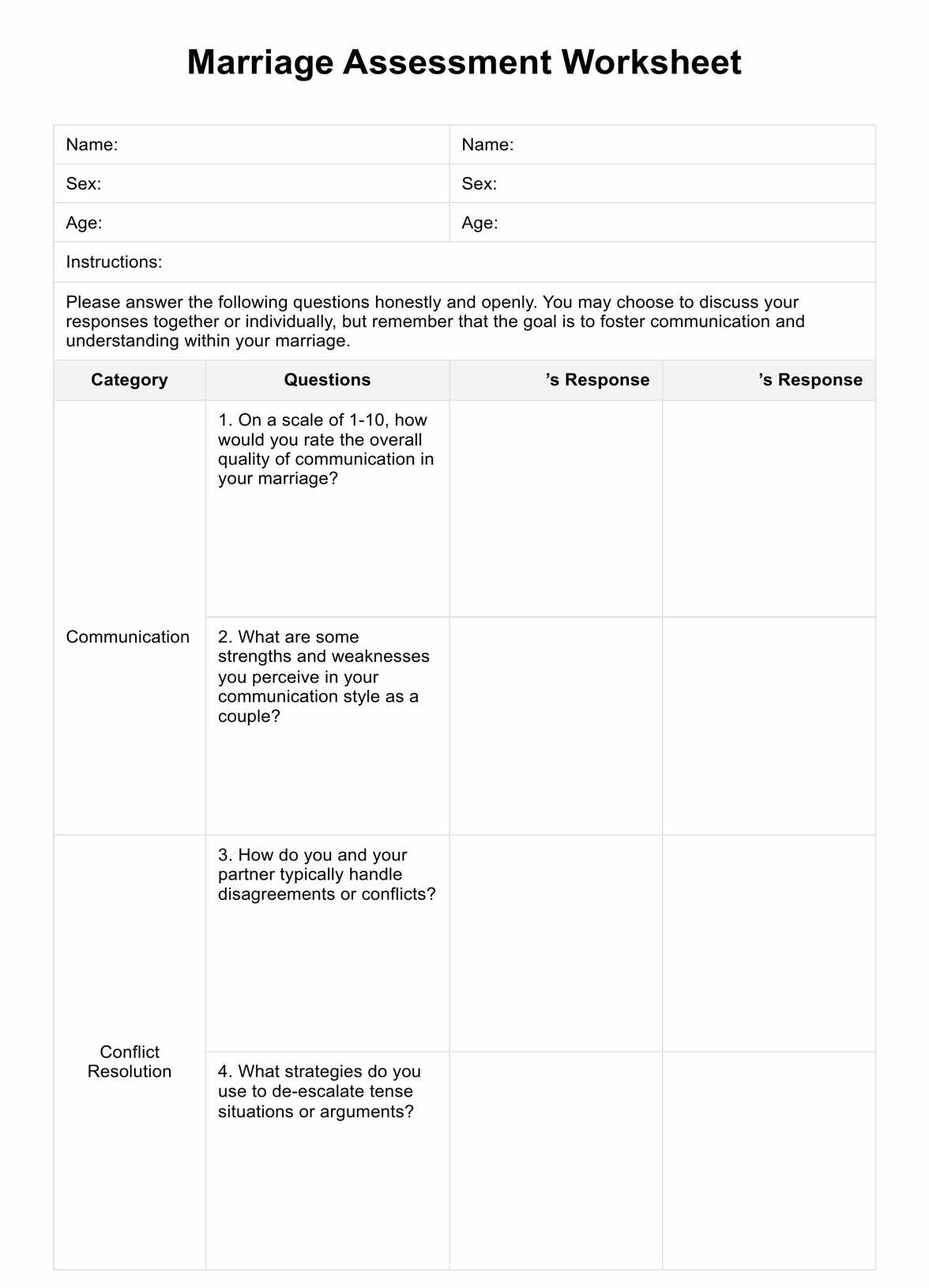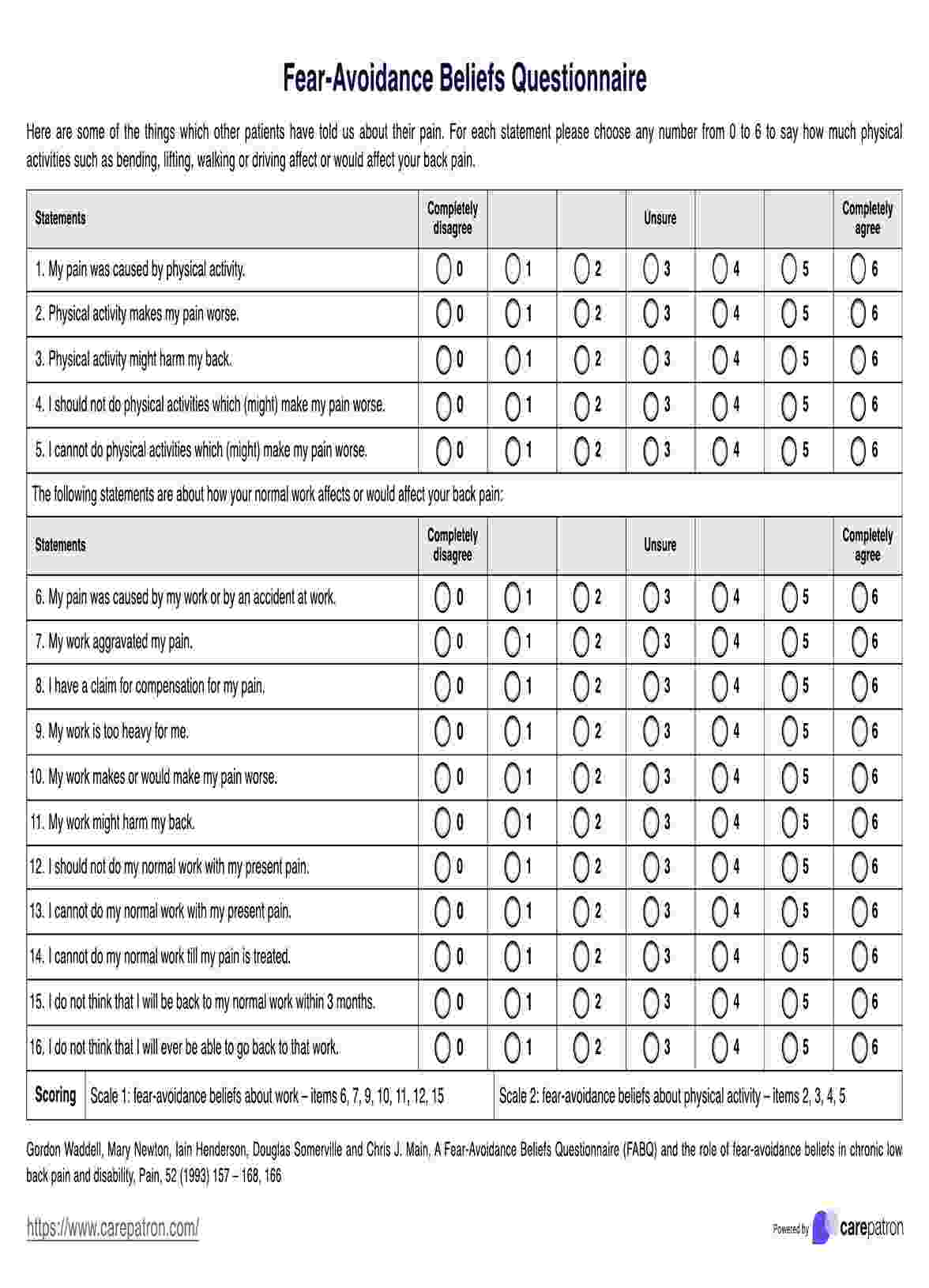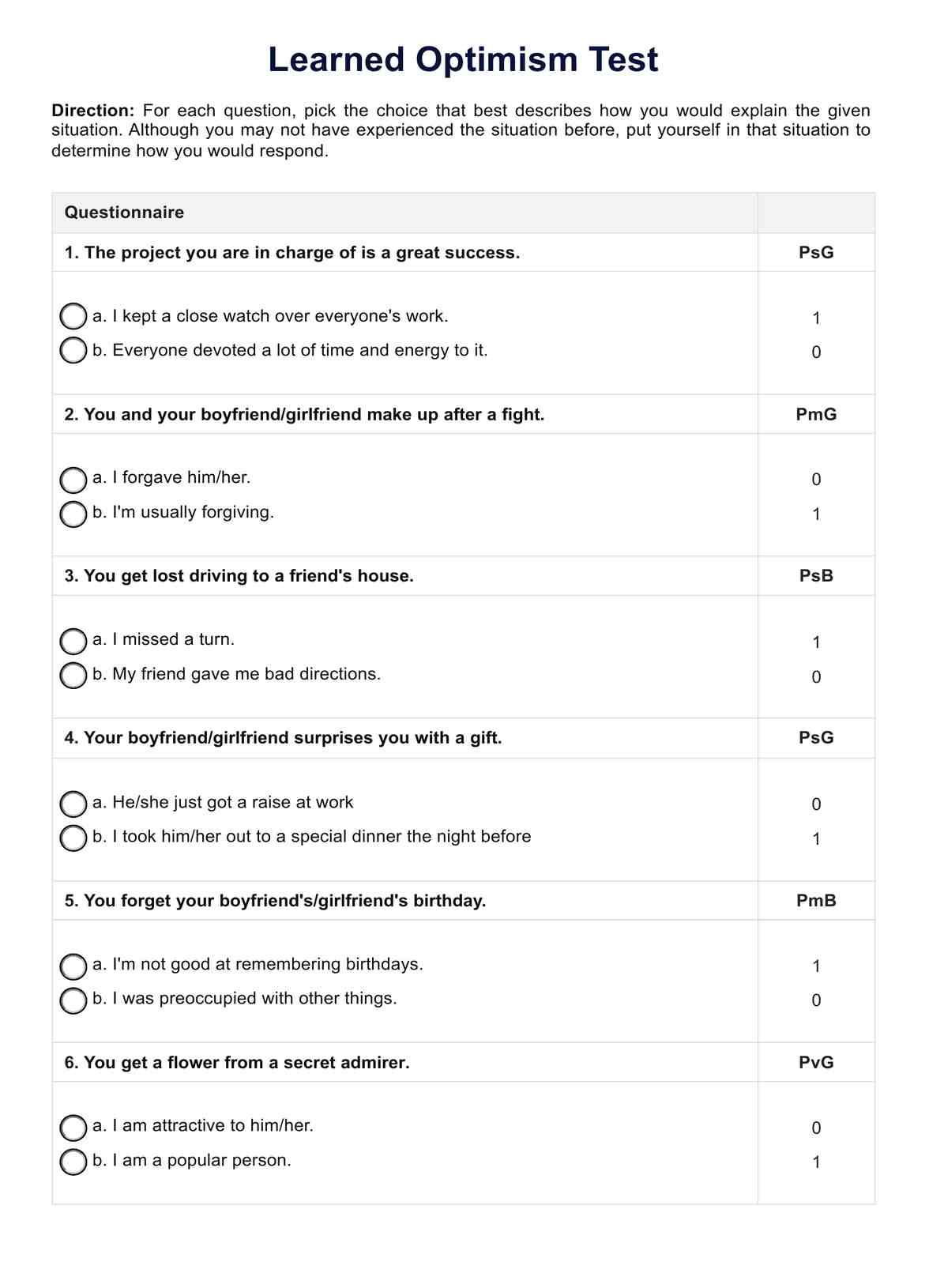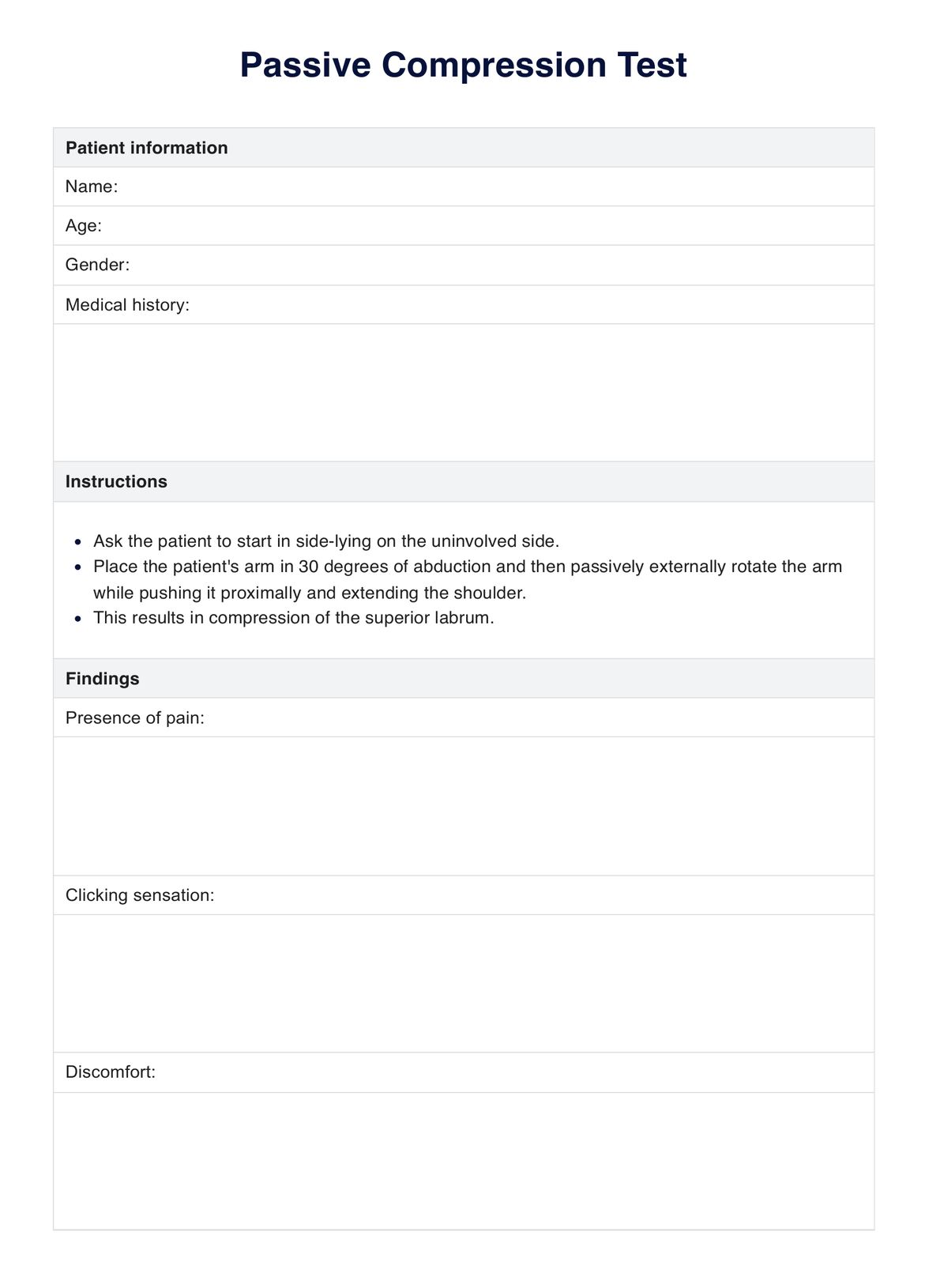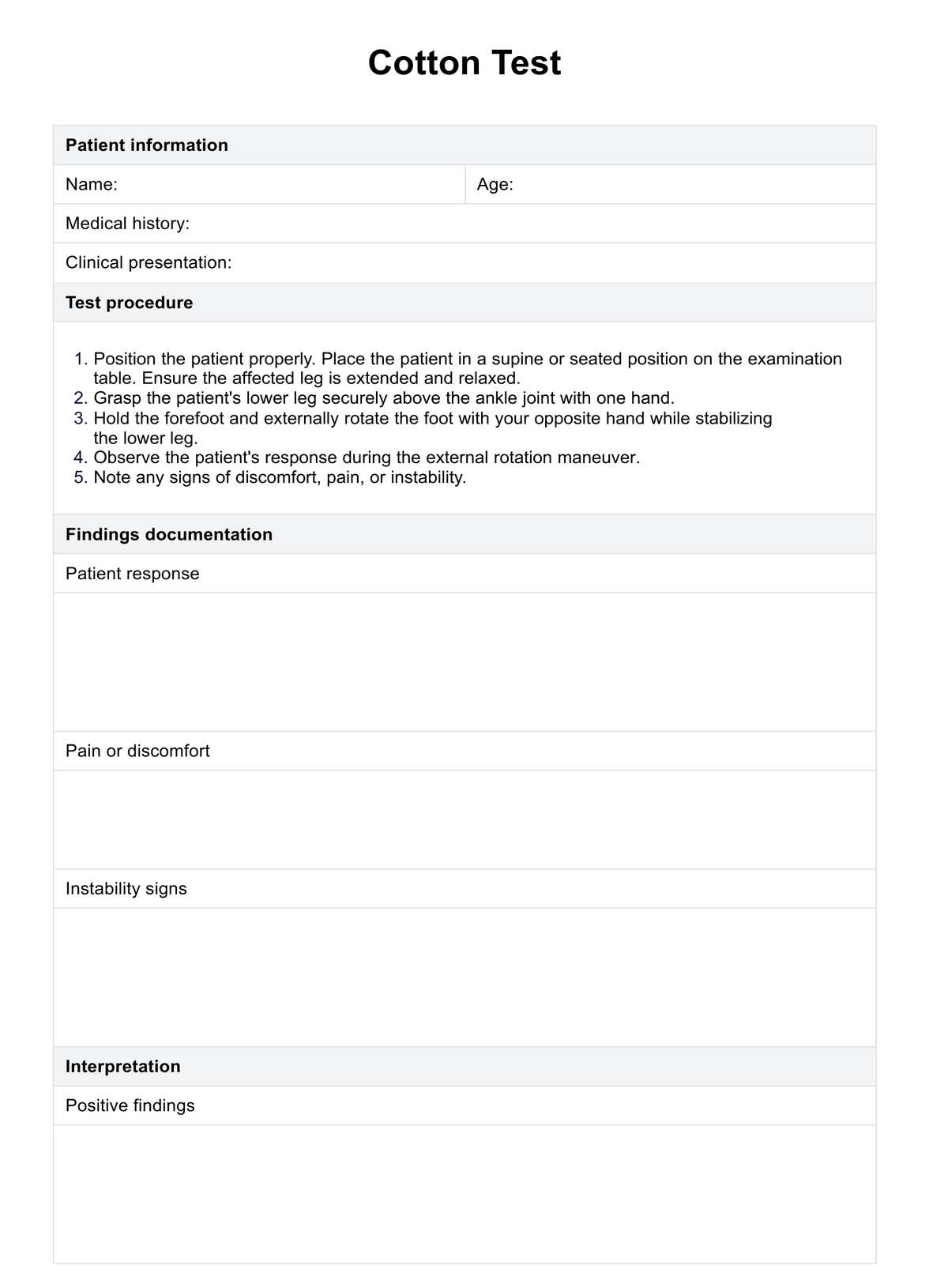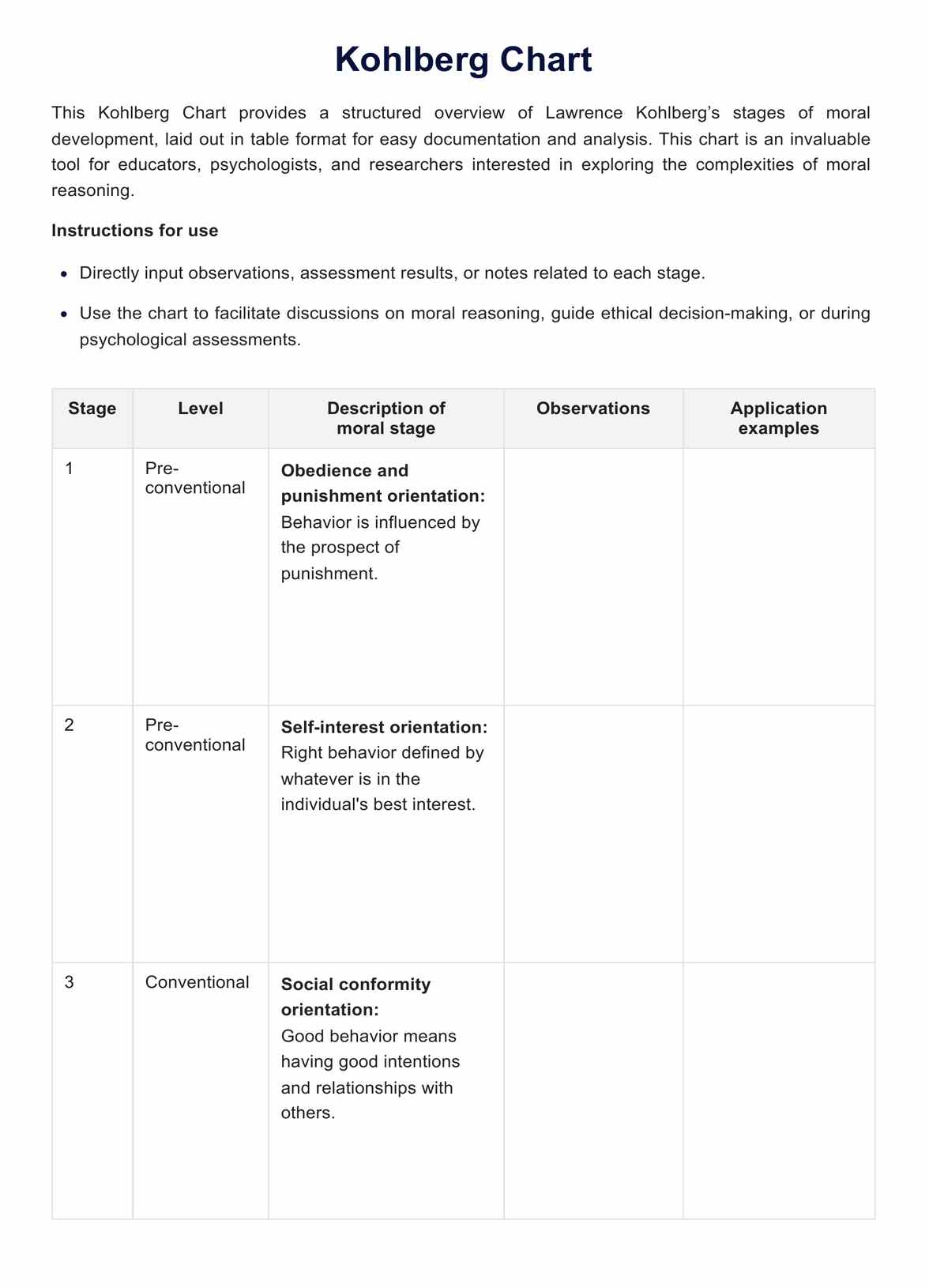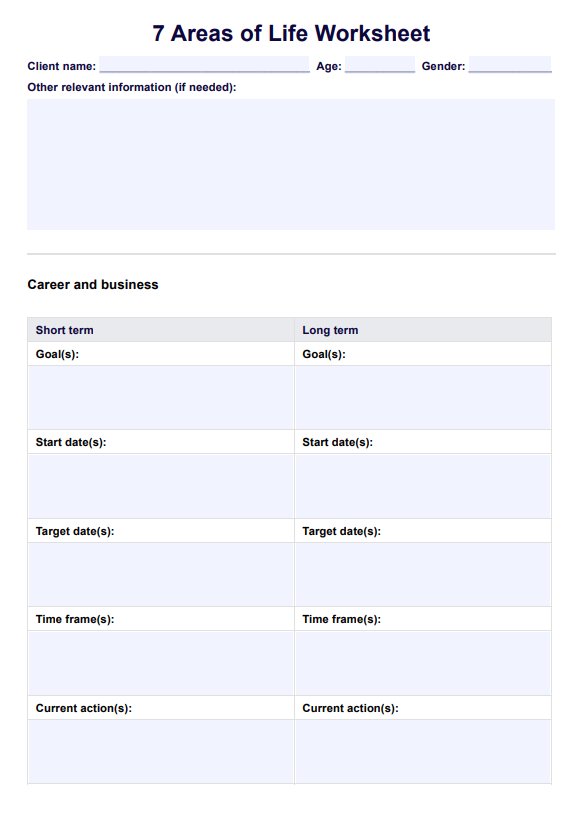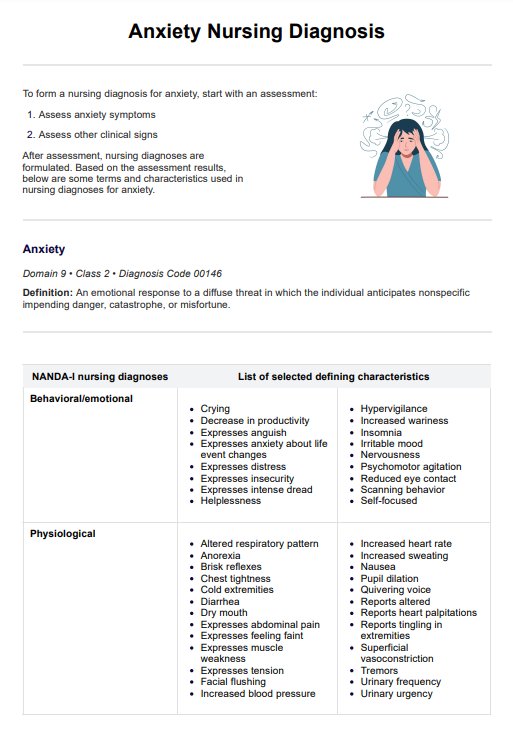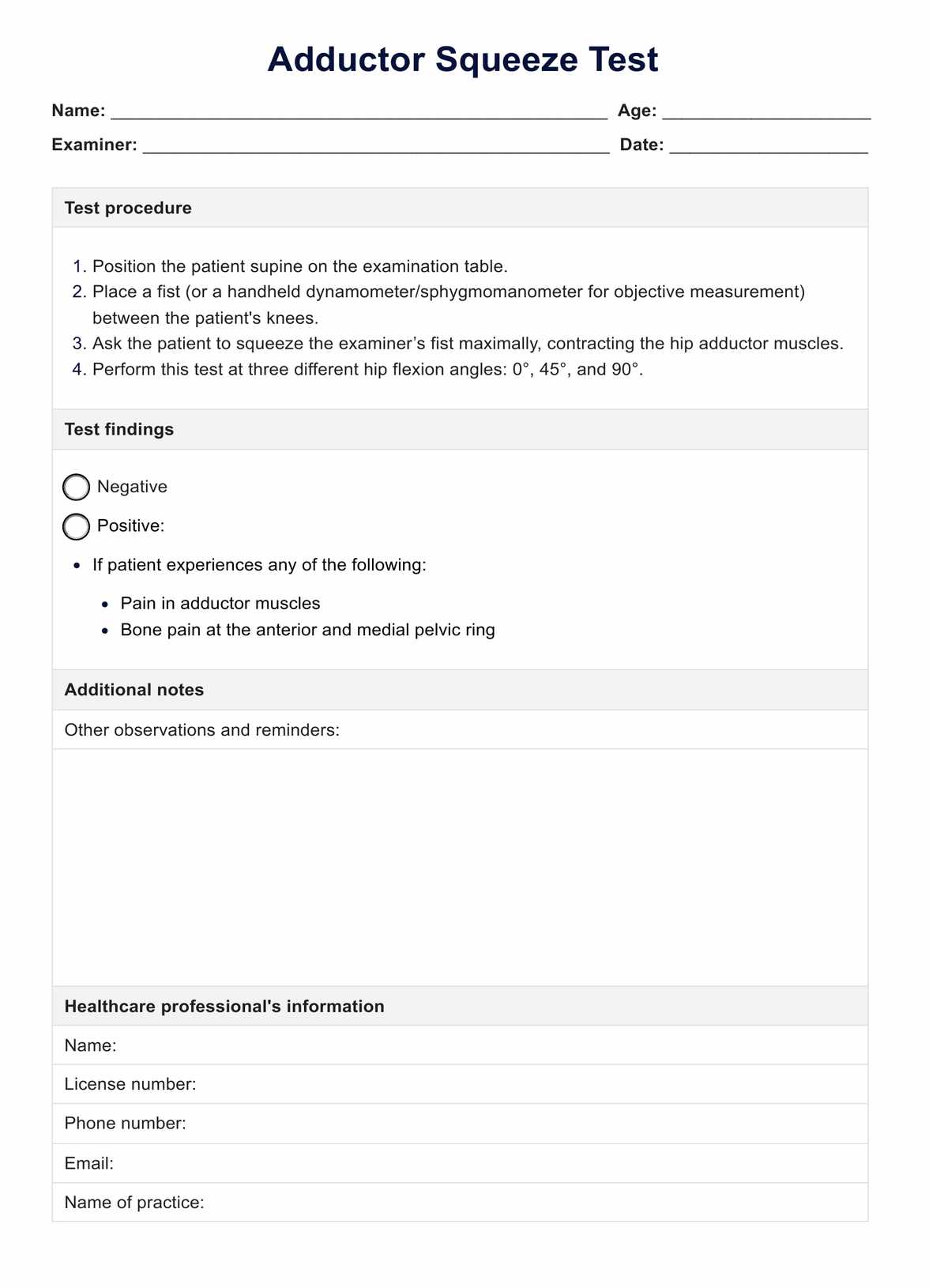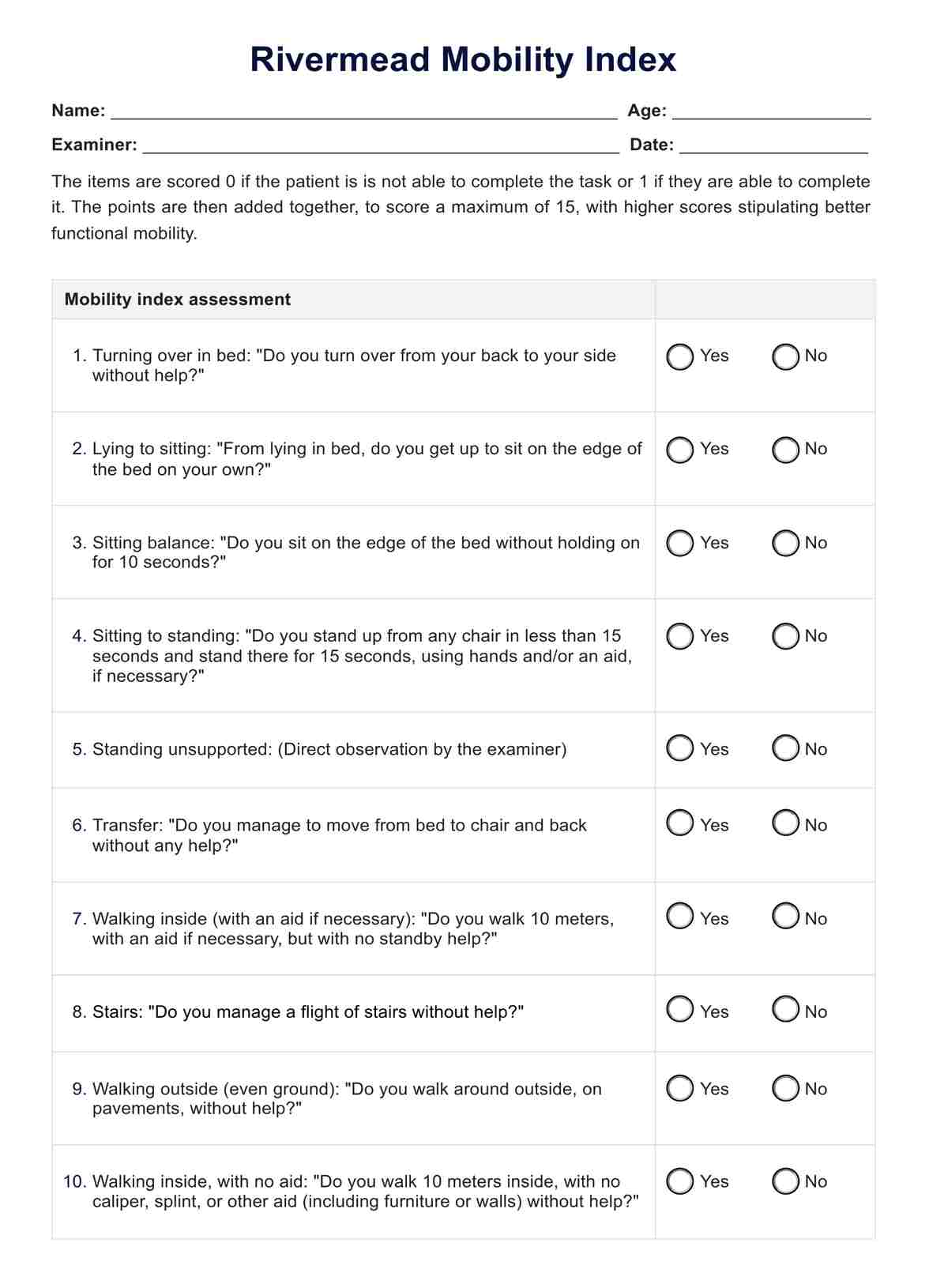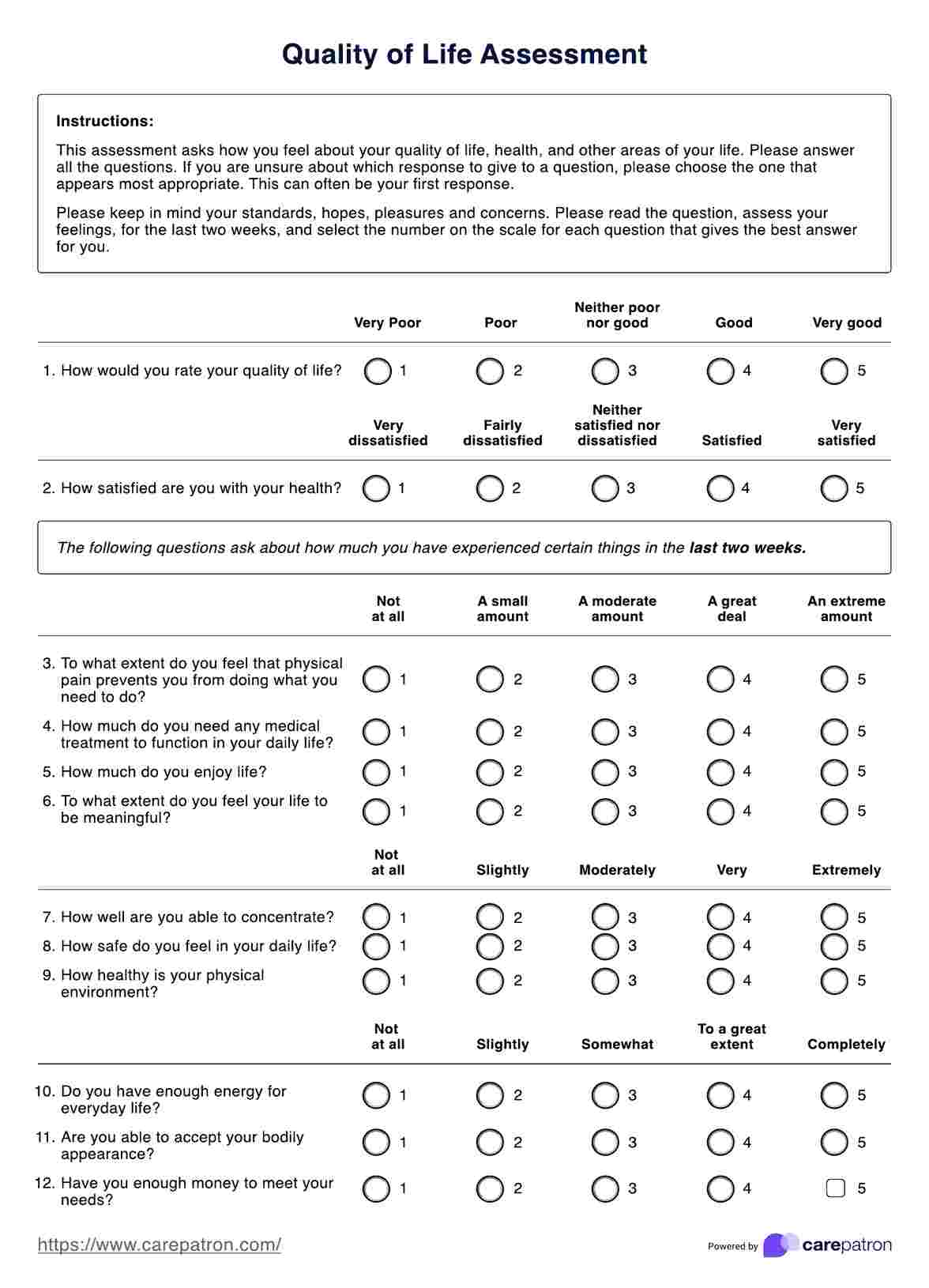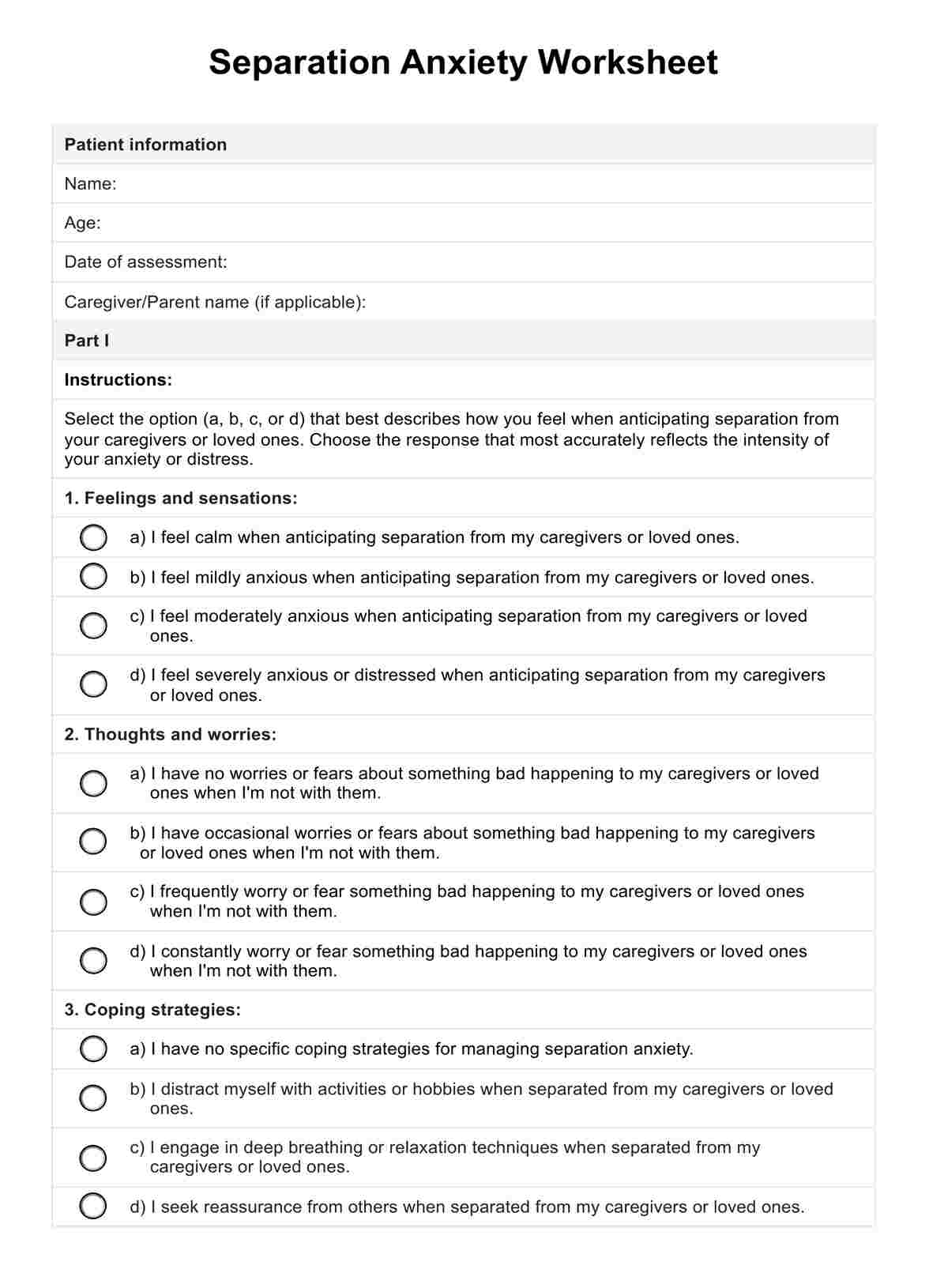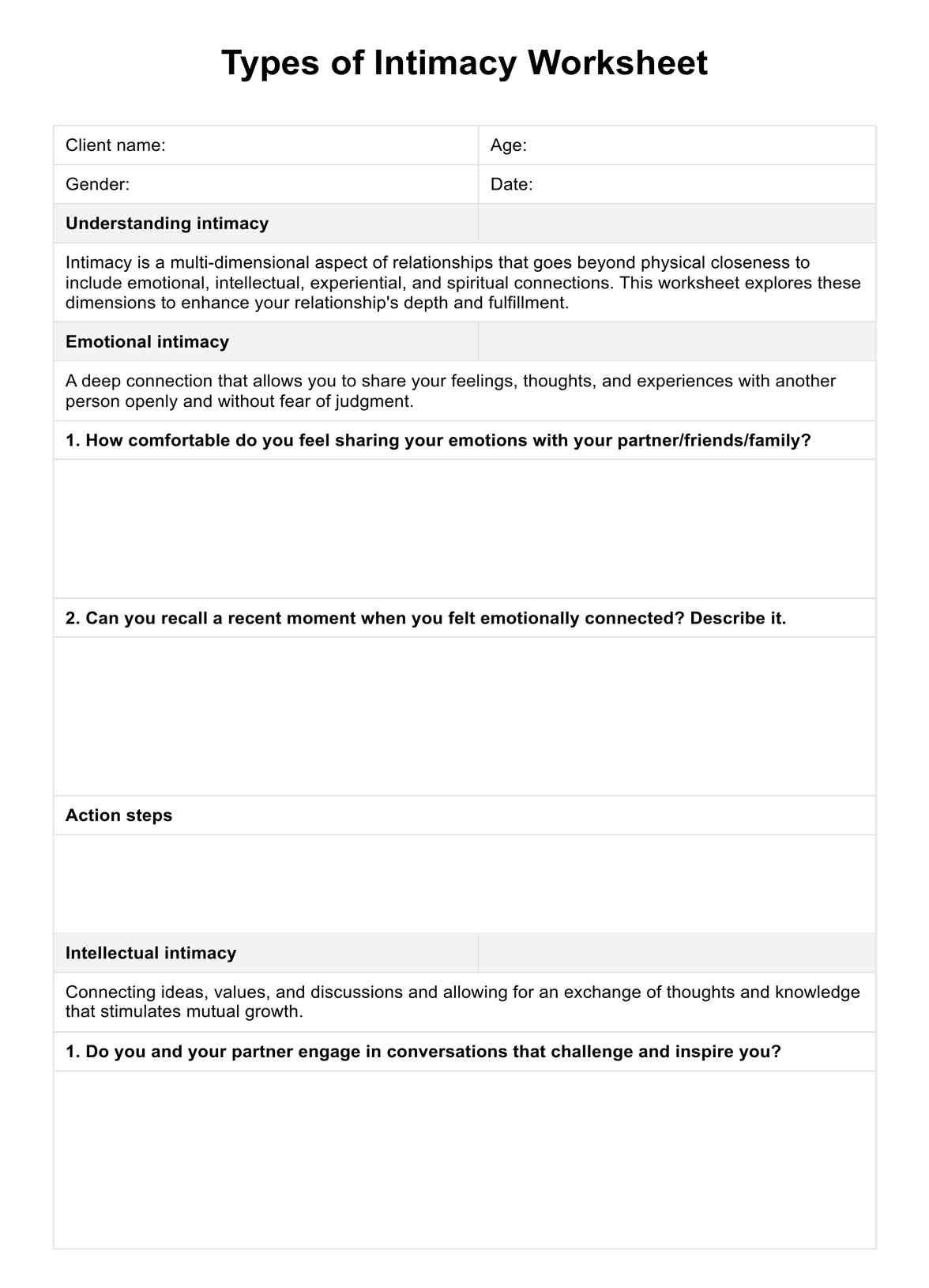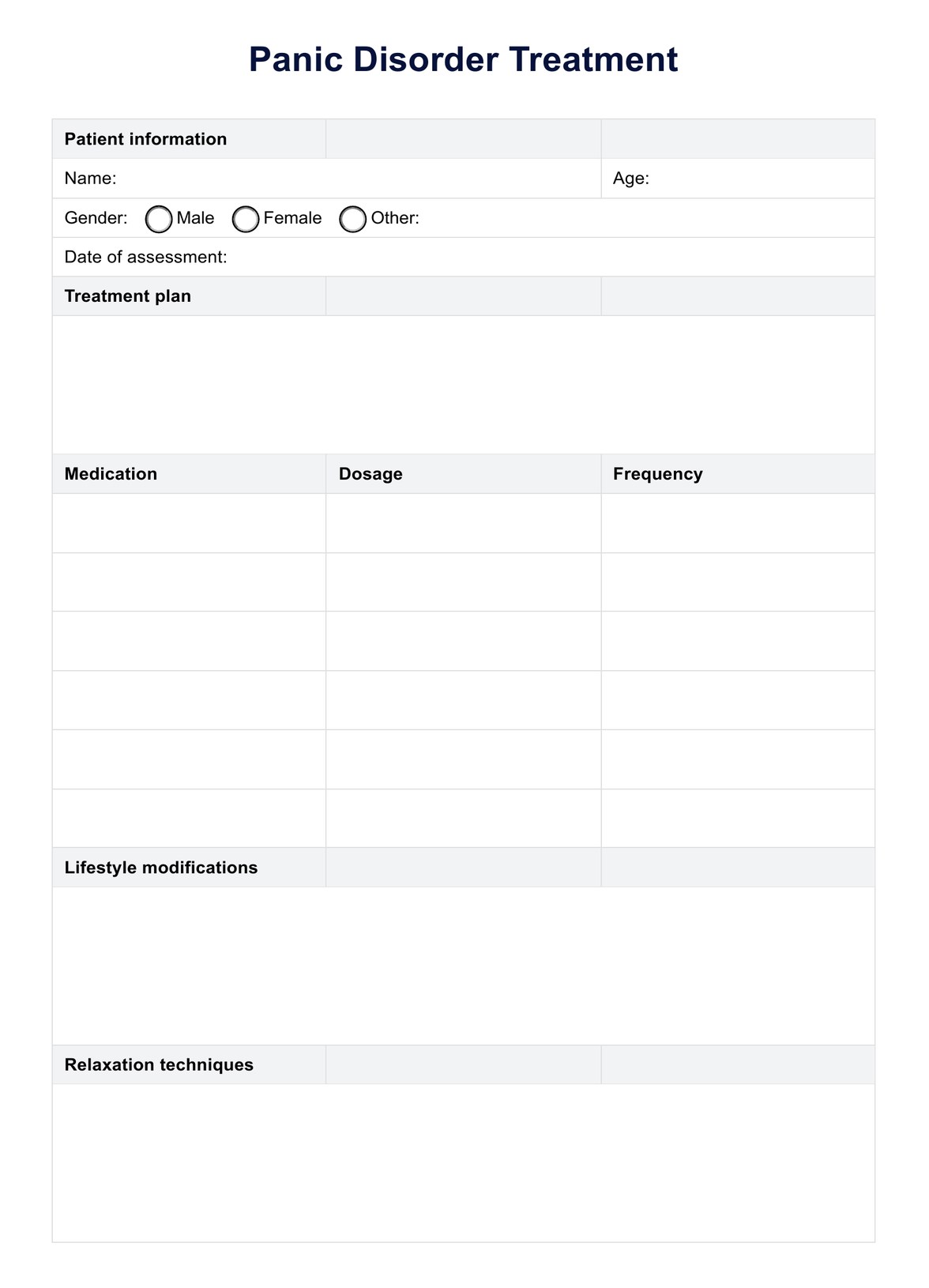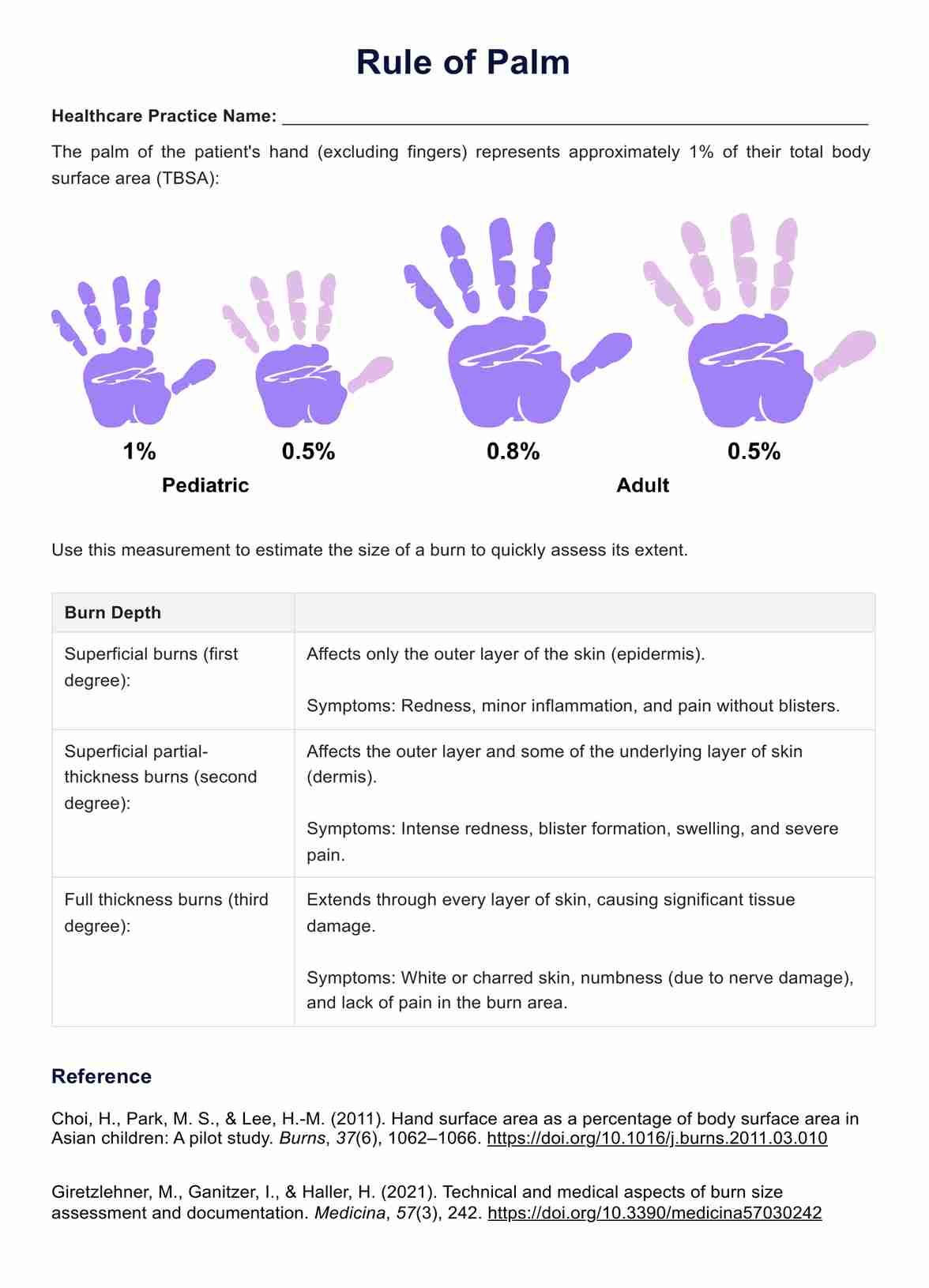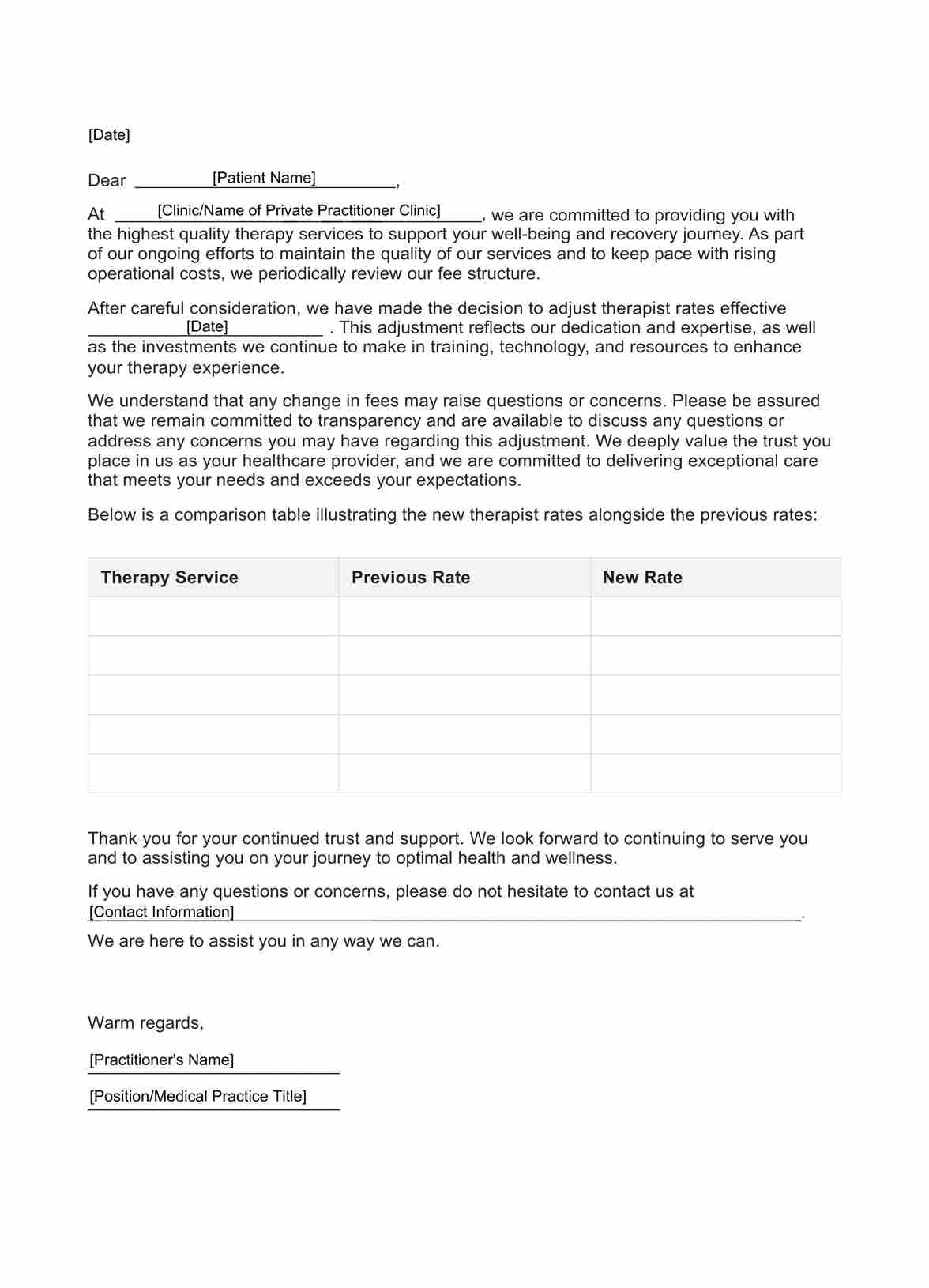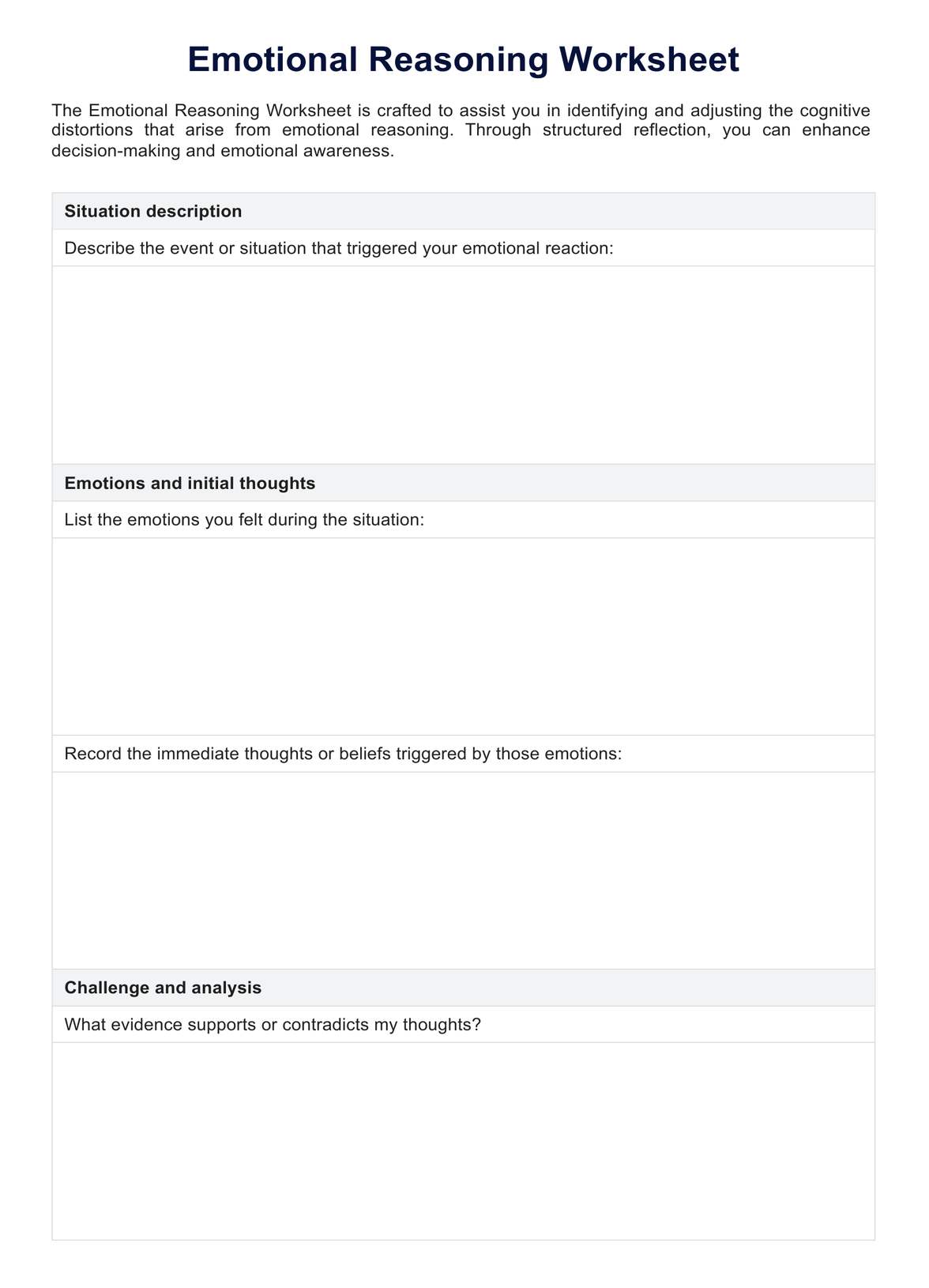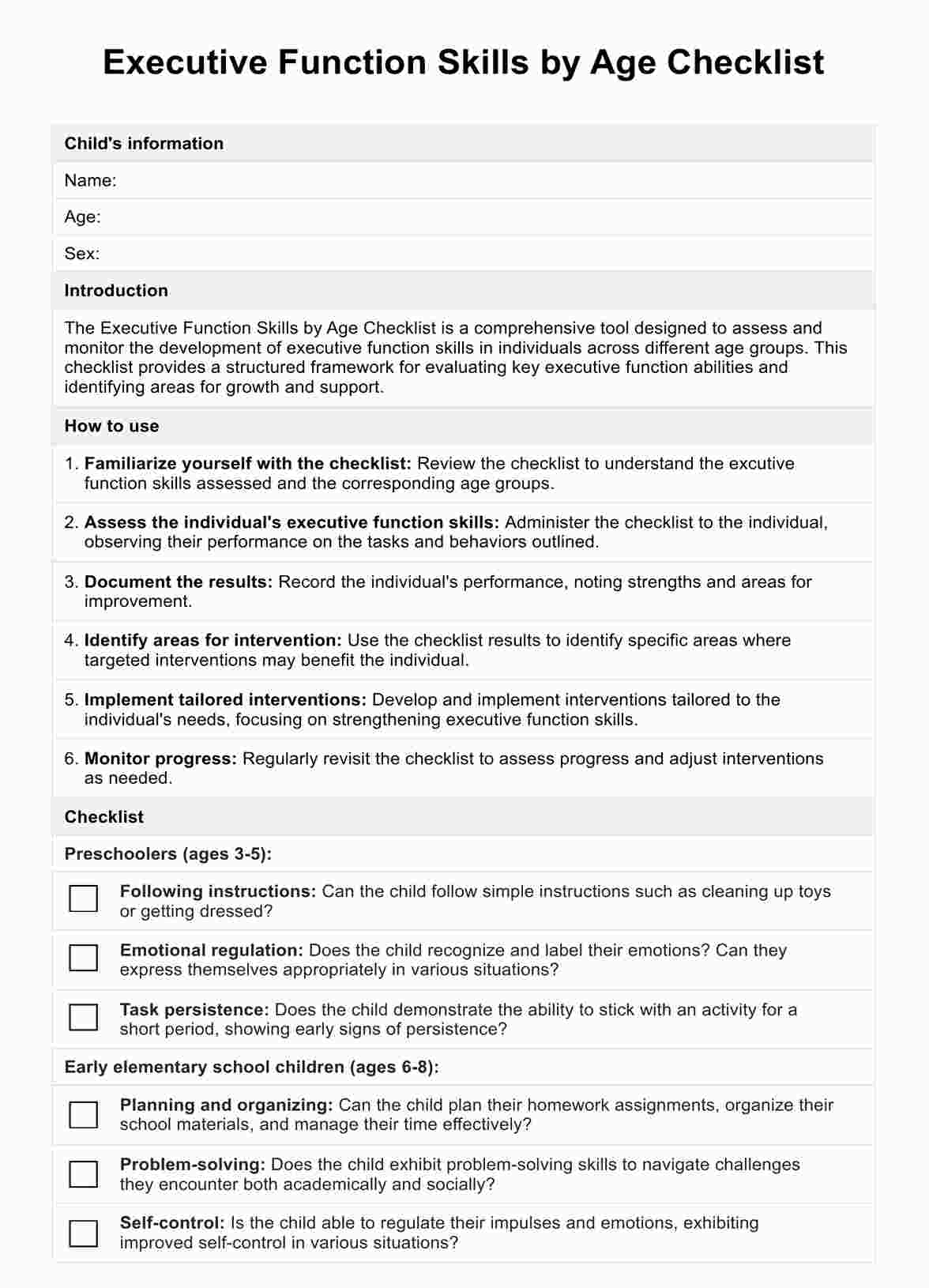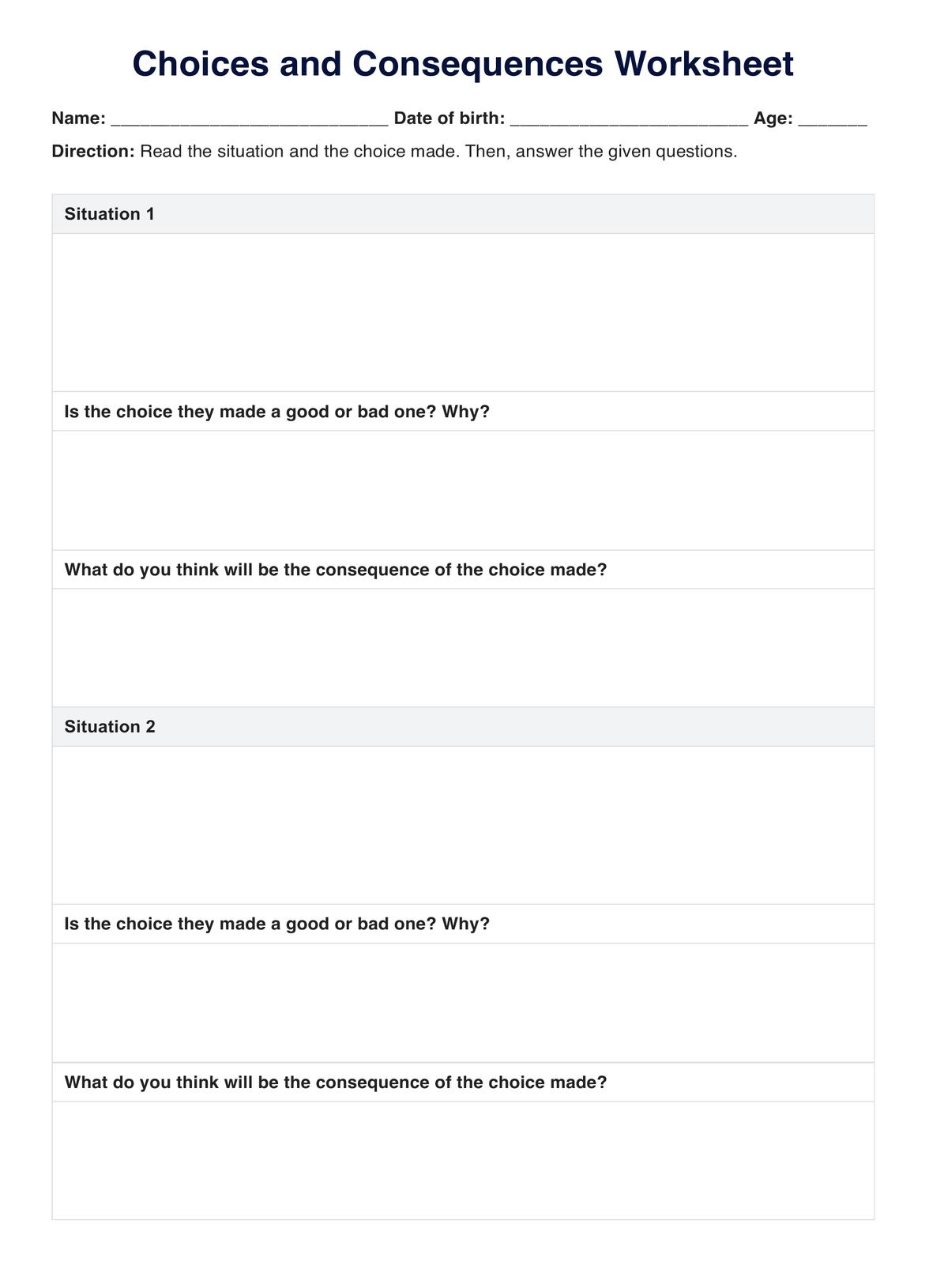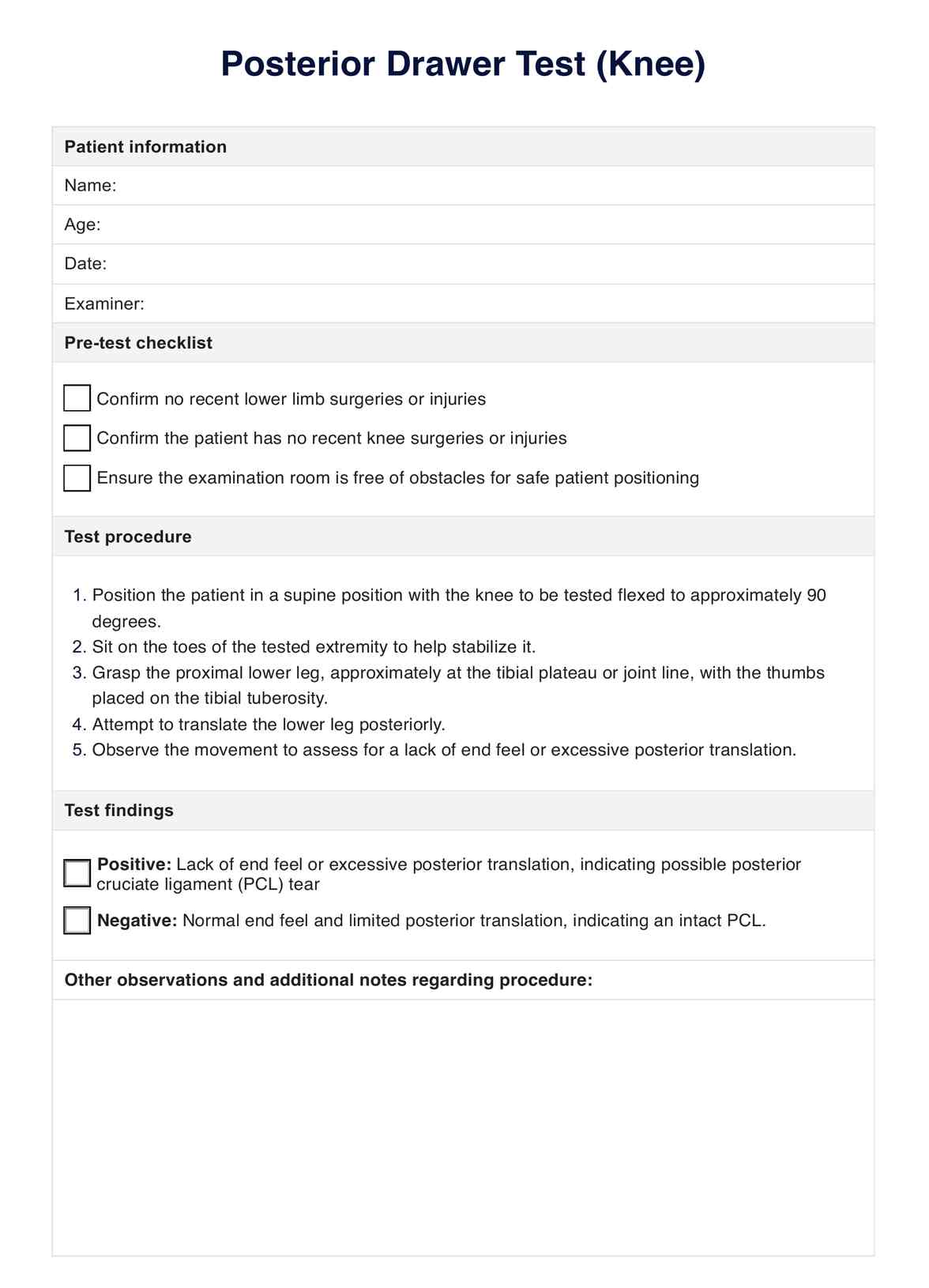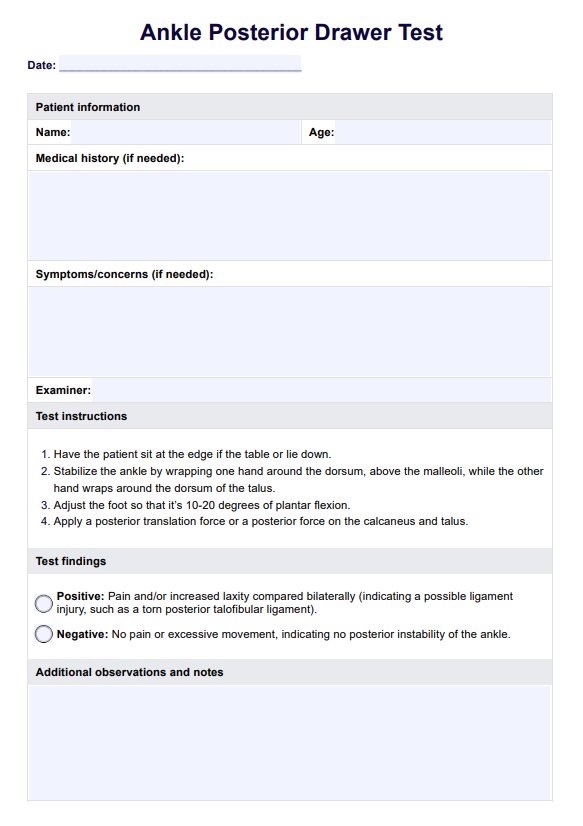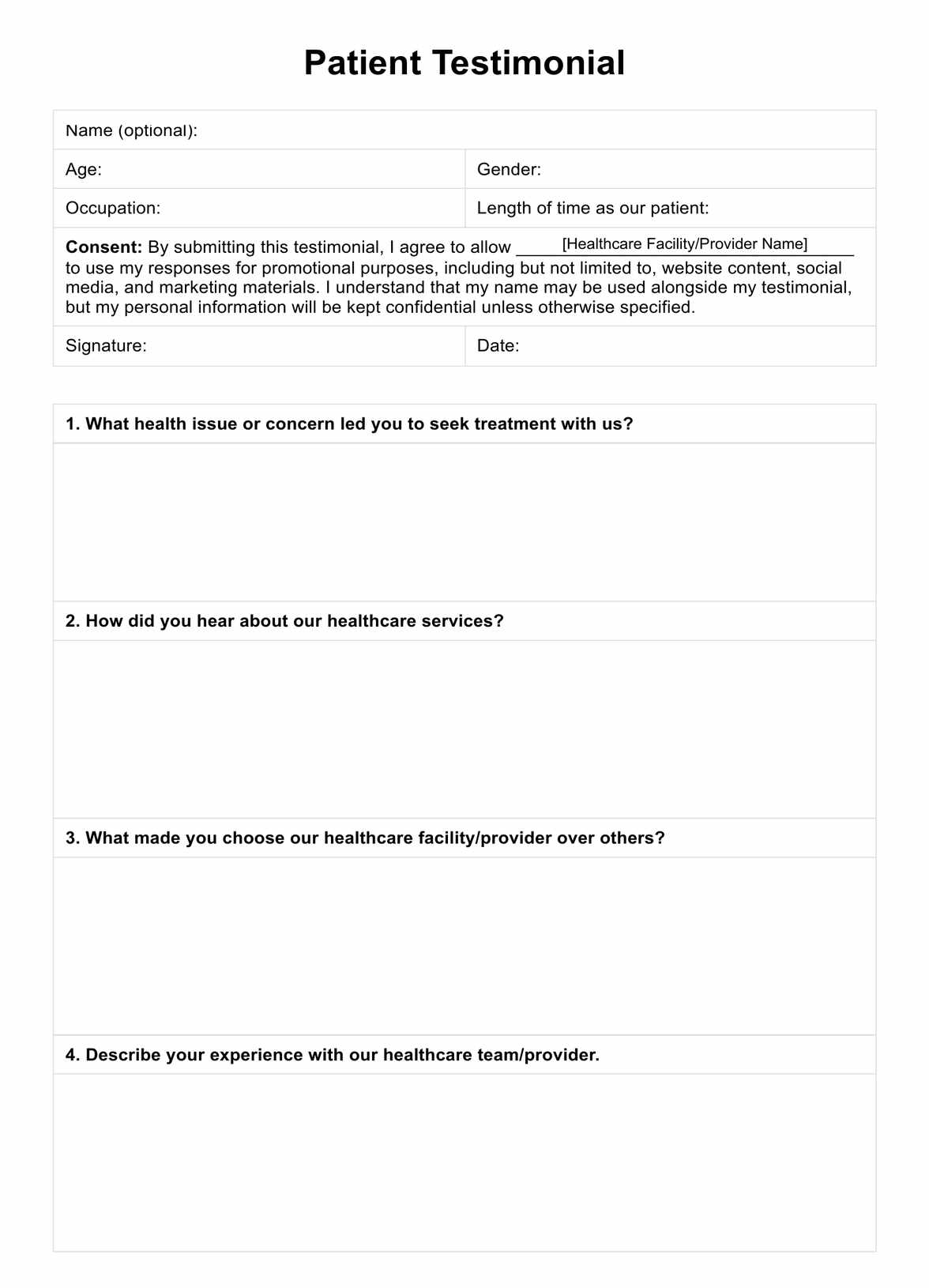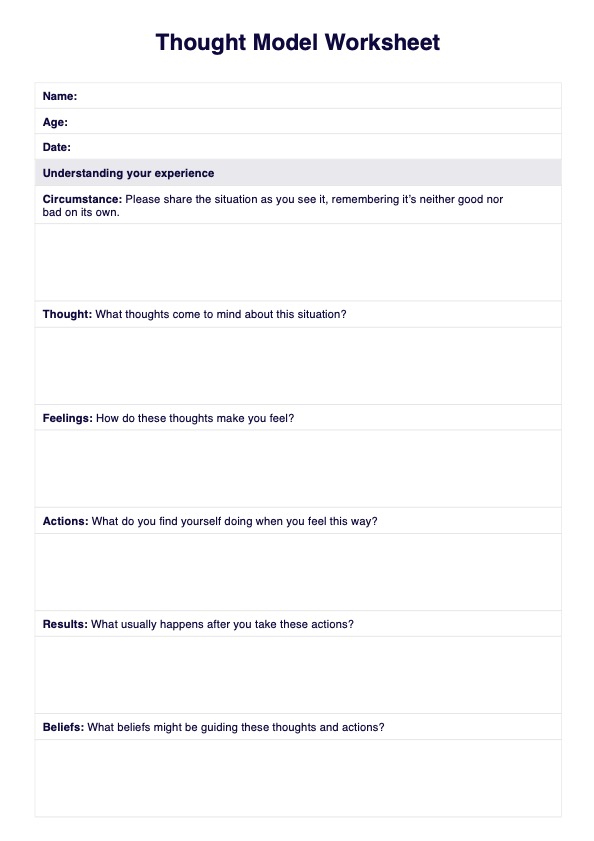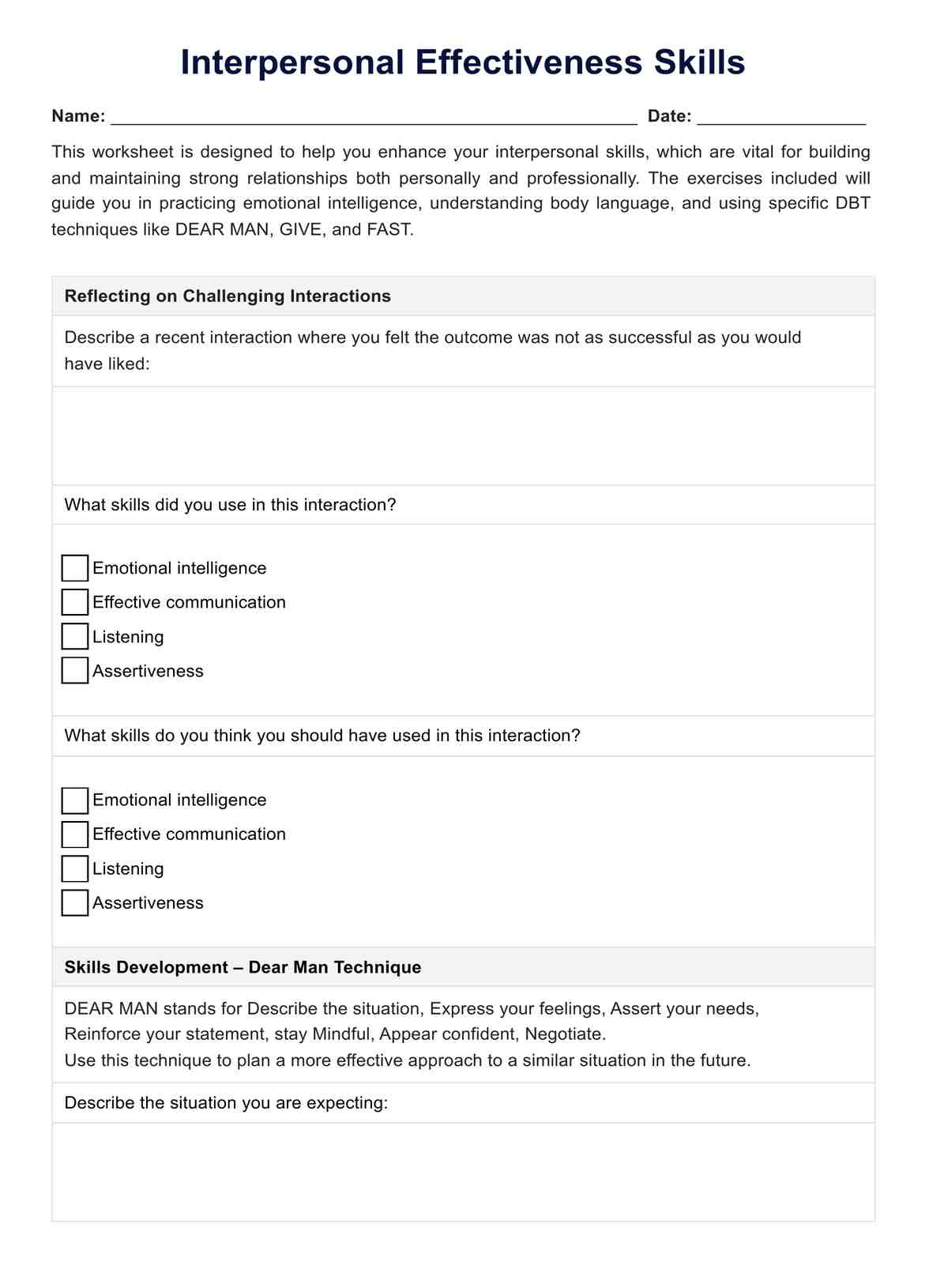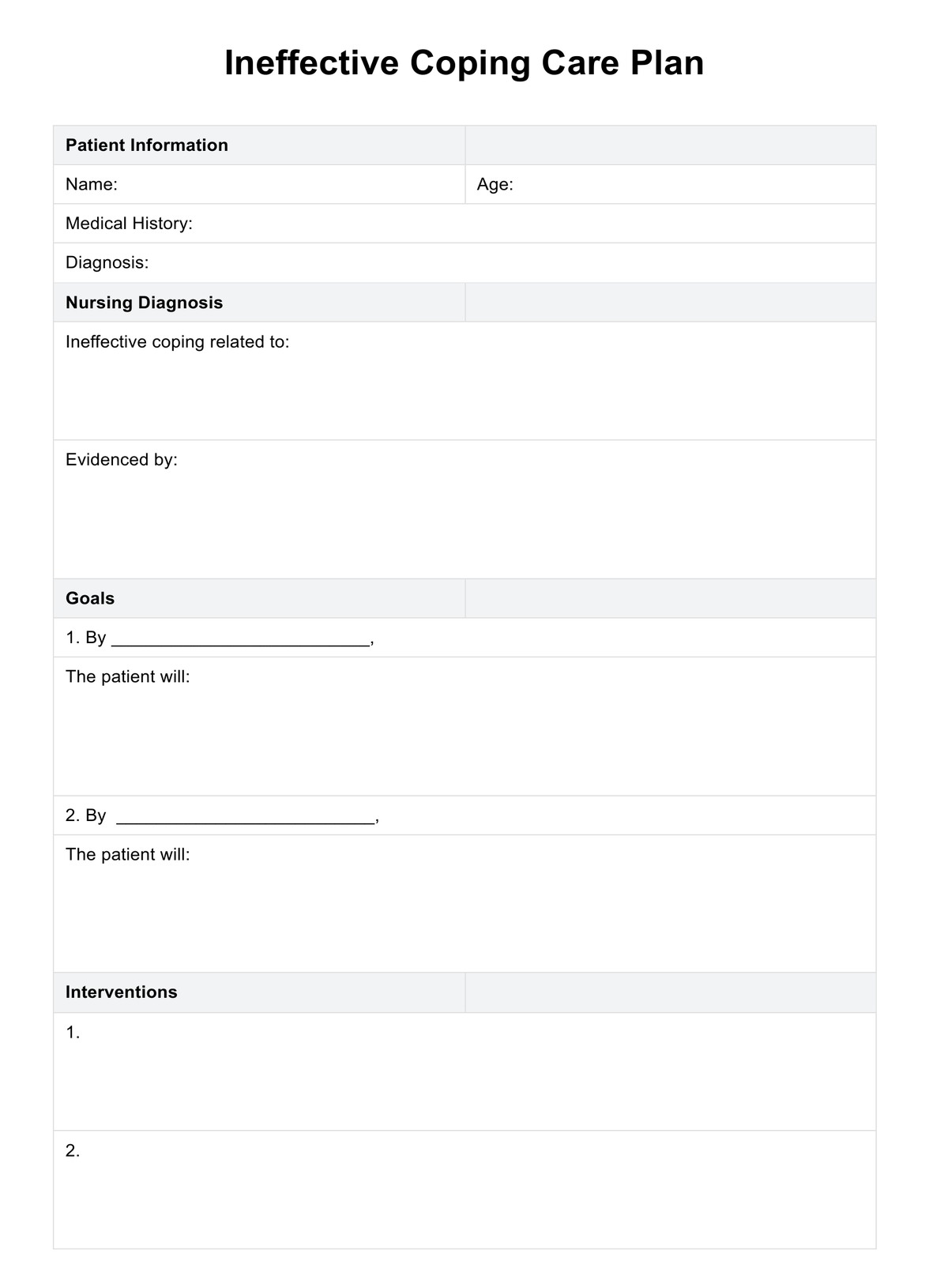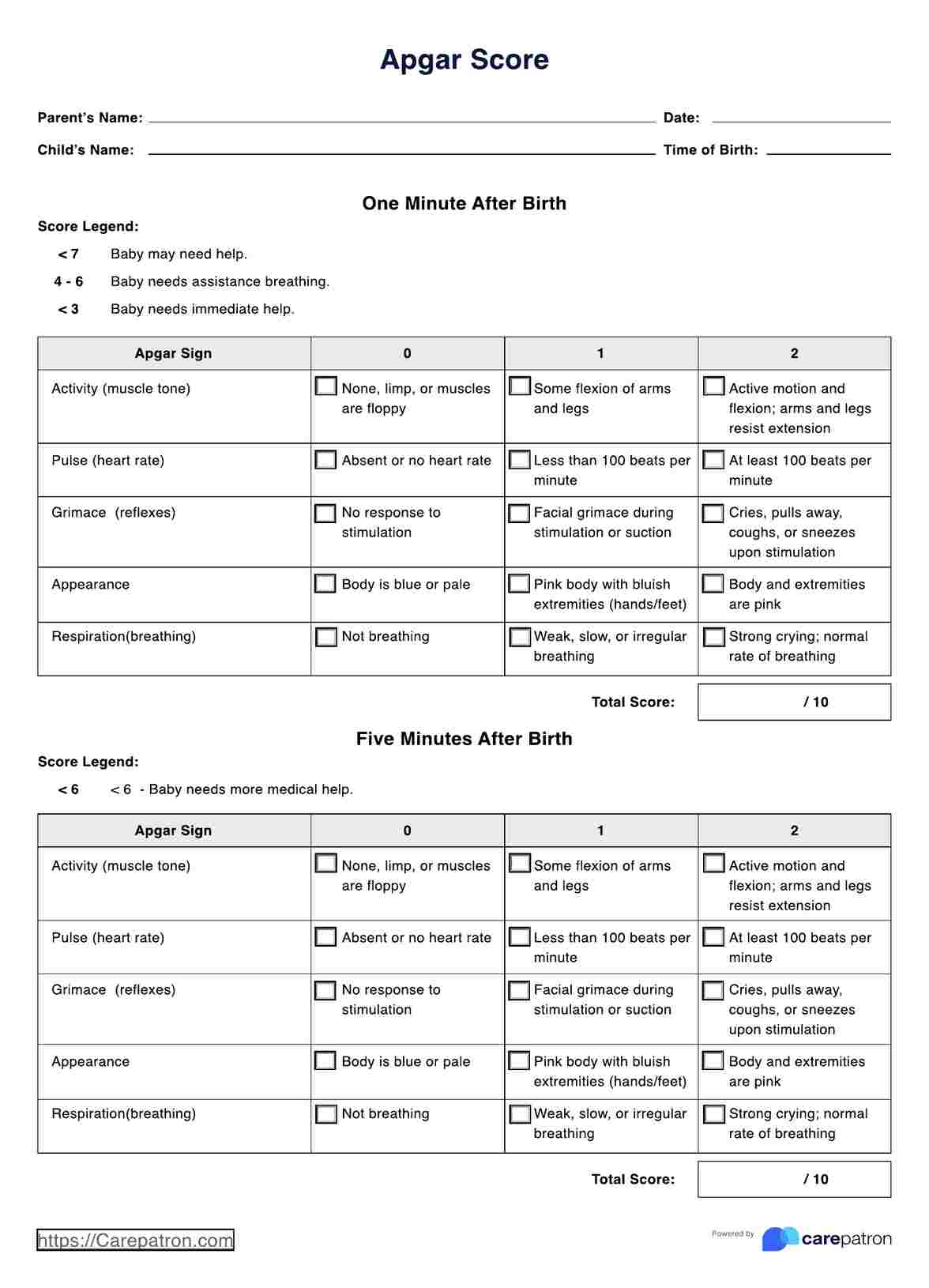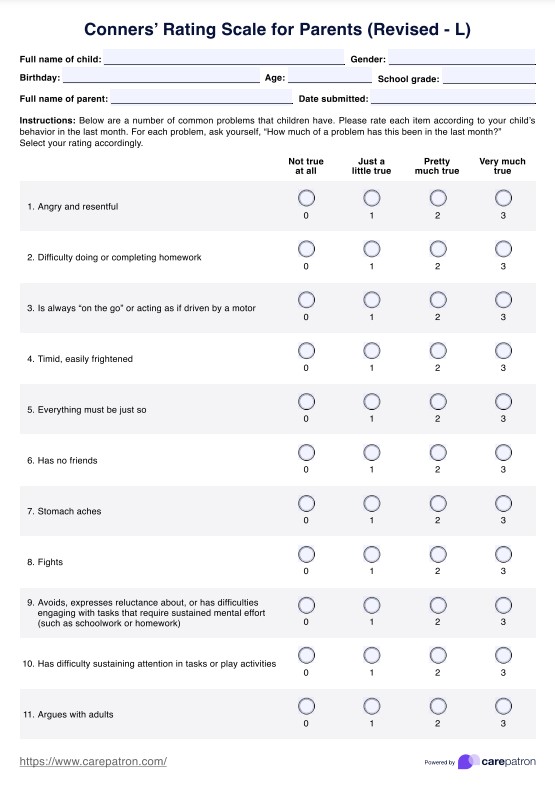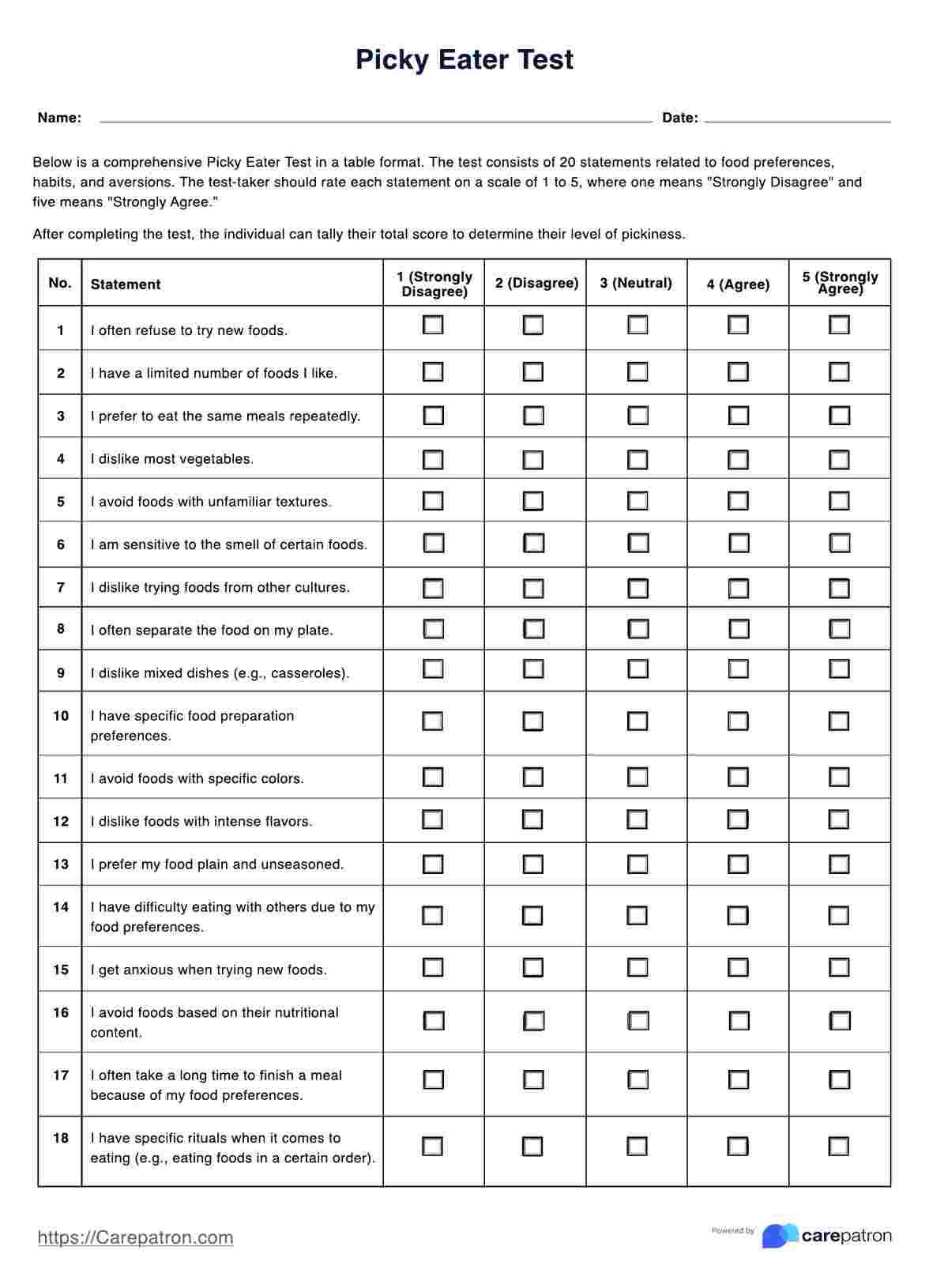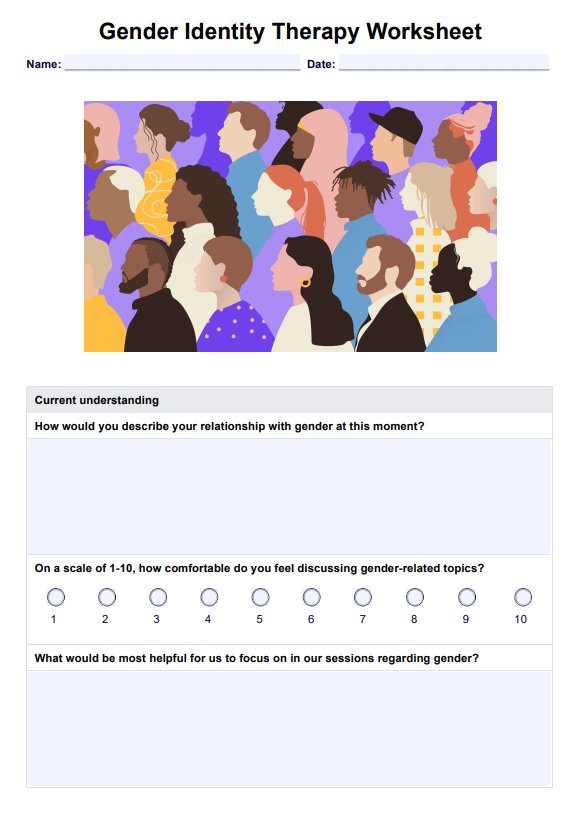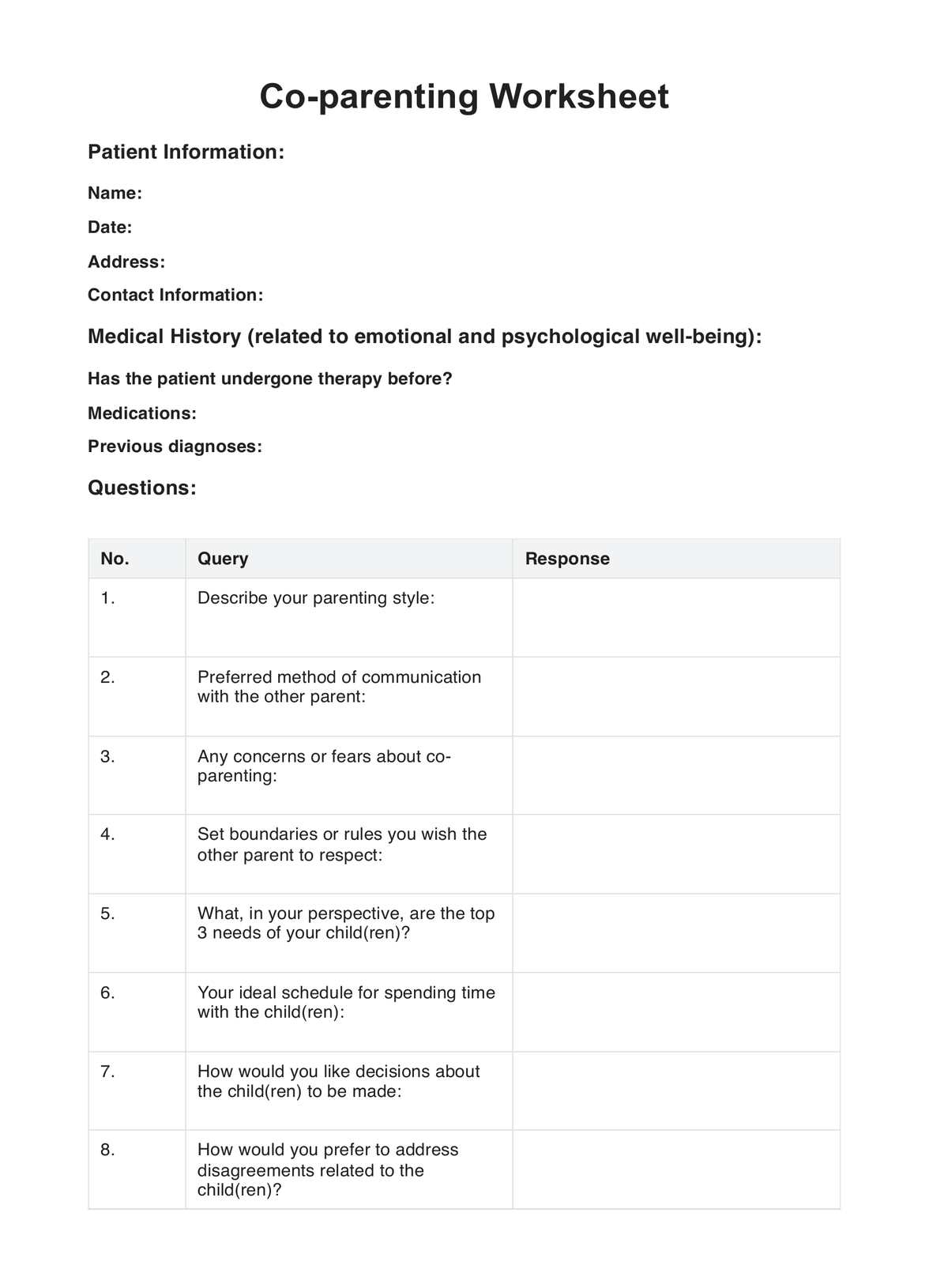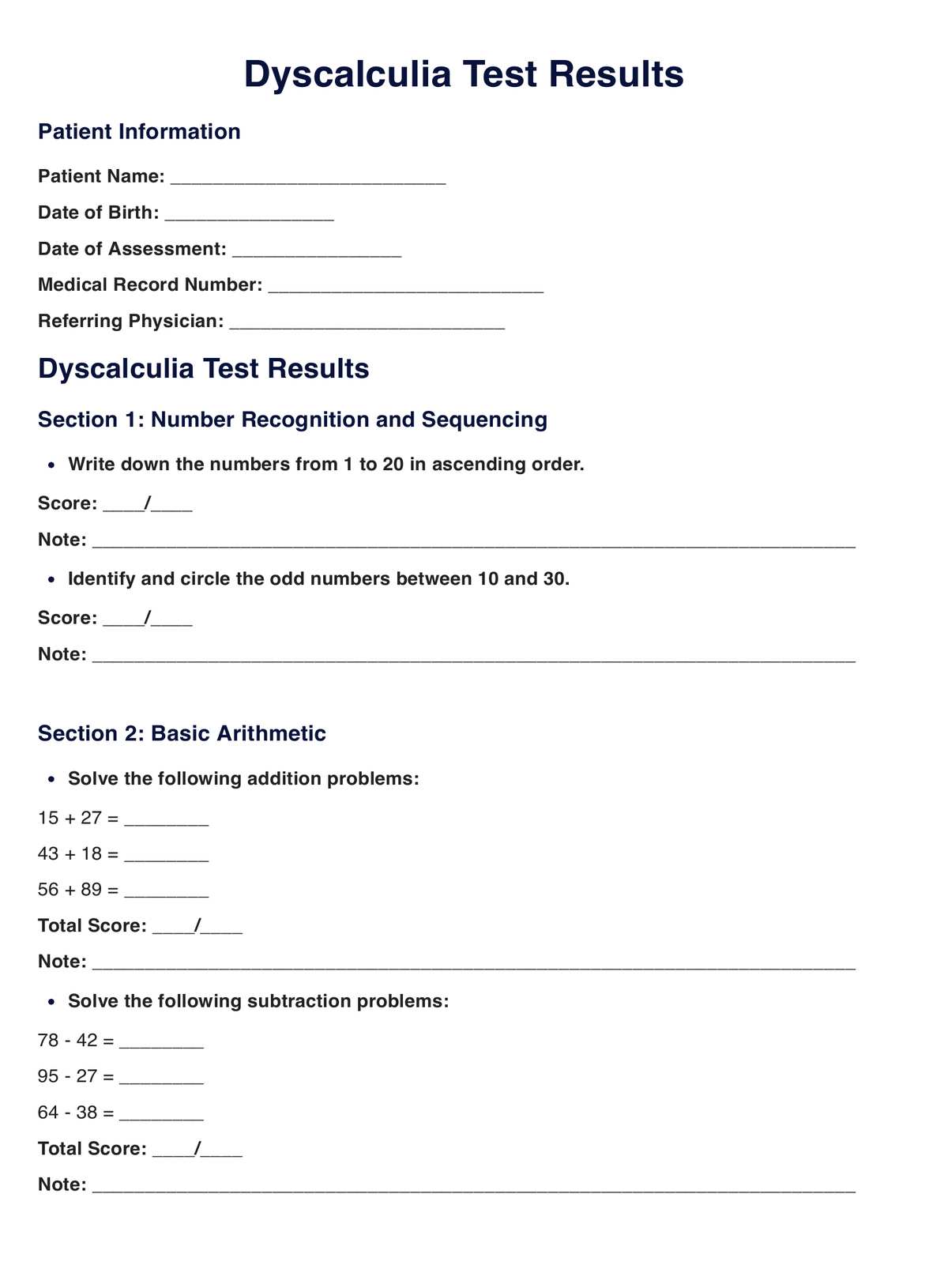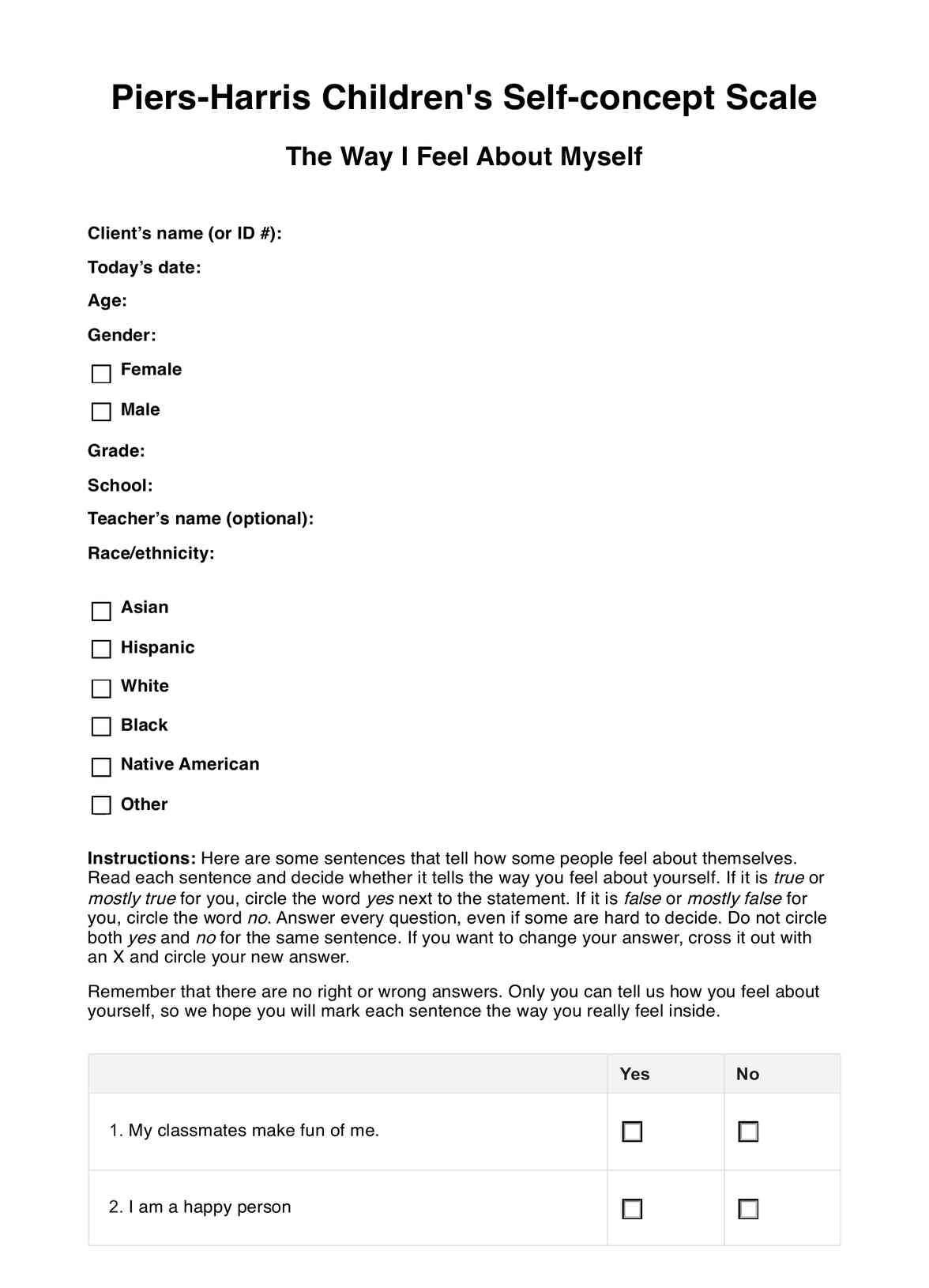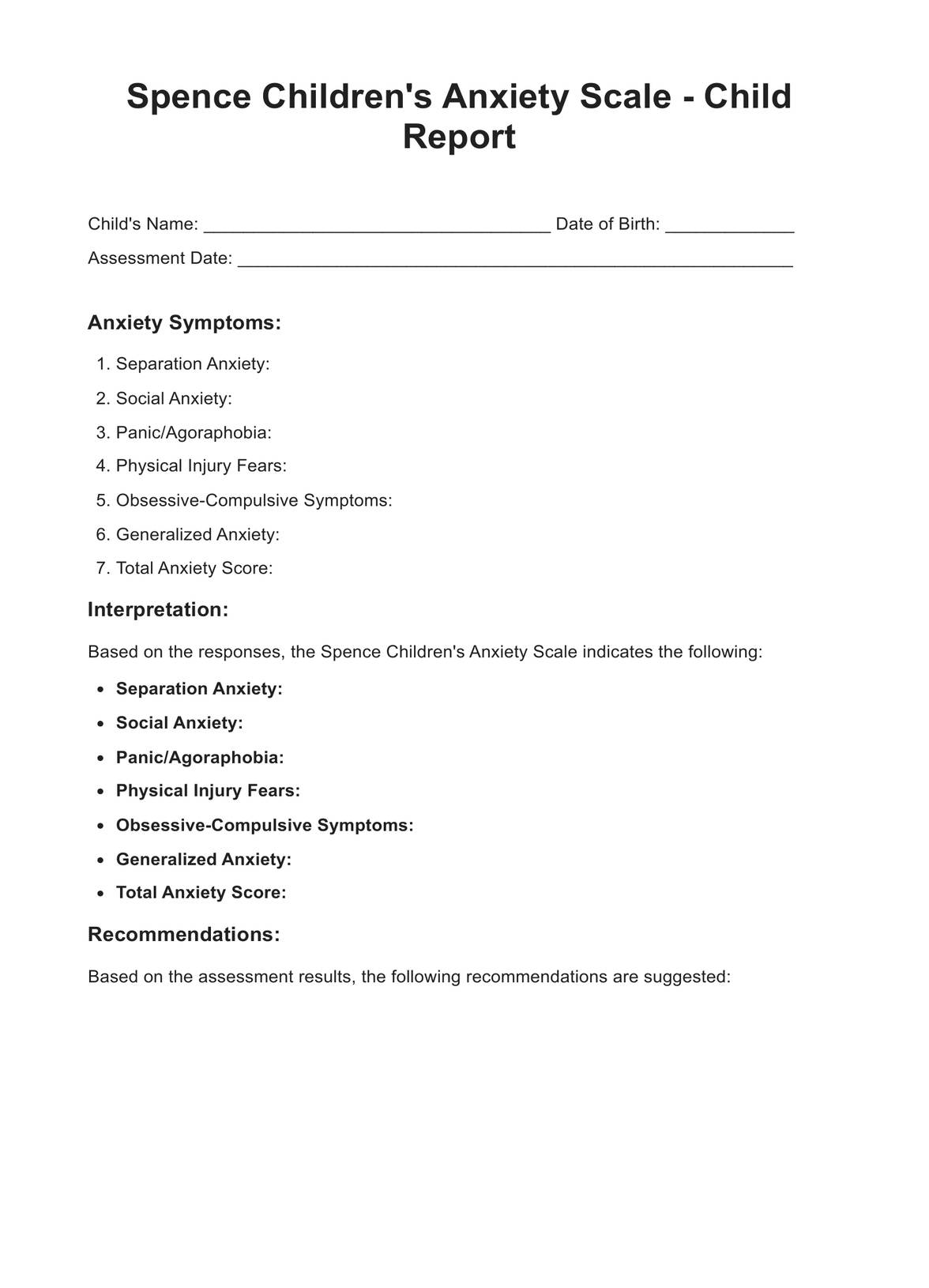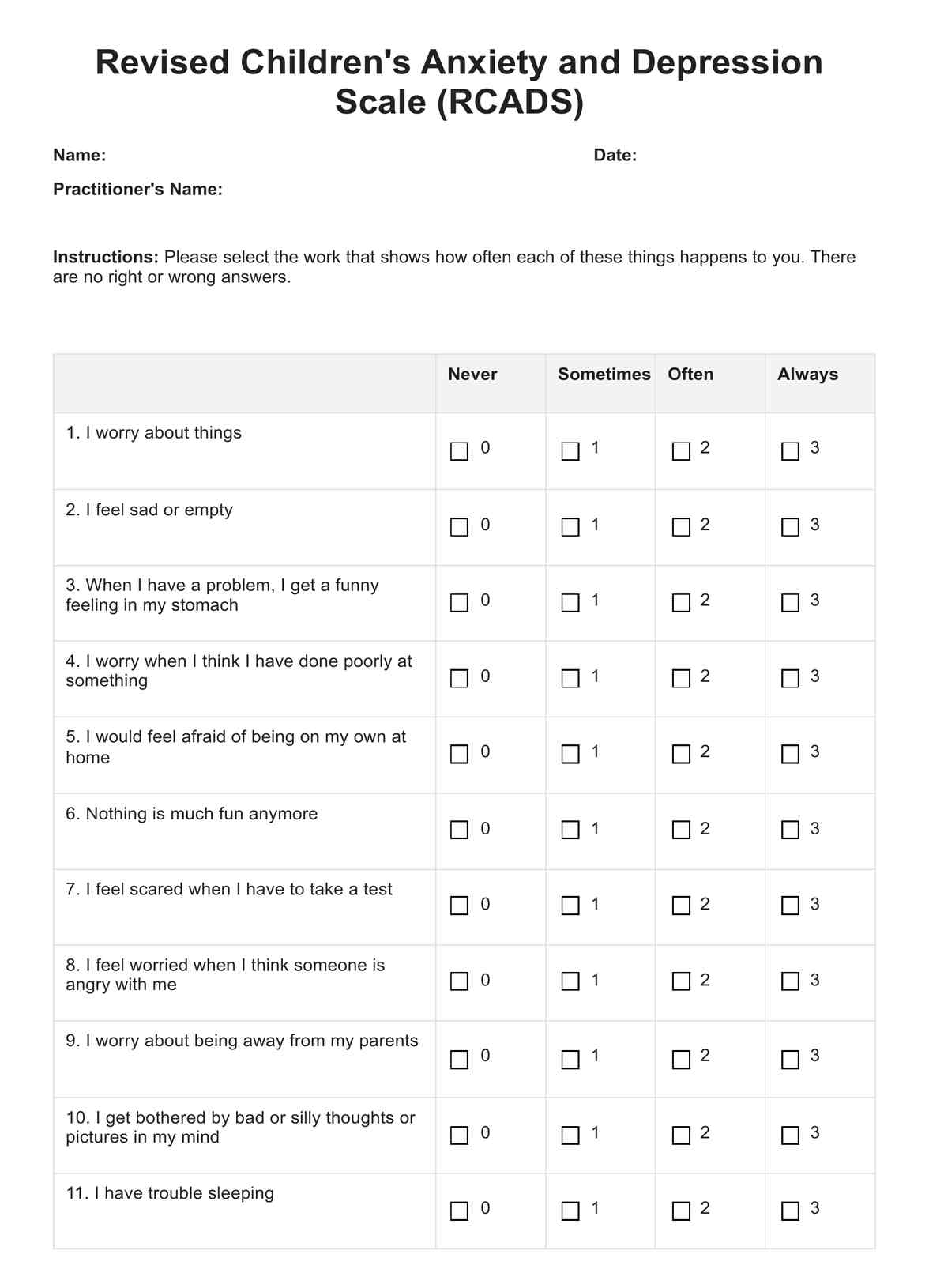ABC Behavior Chart
Learn about how one can use the ABC behavior chart to understand the behavior of children with developmental disabilities.


What is an ABC Behavior Chart?
A behavior chart is used to monitor and reinforce positive behavior in children while an Antecedent-Behavior-Consequence or ABC Behavior Chart is used in behavioral psychology and applied behavior analysis to help understand and modify behavior. This is particularly used in educational and therapeutic settings. The chart records specific information about a behavior and its context, identifying patterns and triggers that may influence it. Here's a breakdown of its components:
- Antecedent: This is what happens immediately before the behavior. It can be an event, a physical trigger, a request, a specific situation, or any environmental change that might prompt the behavior. Understanding the antecedent helps identify what might be triggering the behavior.
- Behavior: This refers to the specific actions or responses observed and recorded. The behavior should be described objectively and concretely, detailing the individual's actions.
- Consequence: This is what happens immediately after the behavior. It includes how people around the individual respond to the behavior and any other outcomes that might follow. Depending on their nature, consequences can reinforce or discourage the behavior.
For example, in a classroom environment, if a child consistently exhibits disruptive behavior (Behavior) during group activities (Antecedent) and, as a result, receives individual attention from the teacher (Consequence), an ABC Behavior Chart might reveal that the behavior is a way to seek attention. Knowing this, the teacher might then work on providing positive attention in other ways or modify the group activities to make them more engaging for the child.
ABC Behavior Chart Template
ABC Behavior Chart Example
What are the purposes of an antecedent behavior consequence chart?
The ABC Behavior Chart is a practical tool practitioners use to observe, analyze, and help children build positive behaviors. It serves several essential purposes:
- Behavior analysis: This chart is instrumental in examining children's behaviors, providing insights into how and why specific actions occur. It also helps in understanding and addressing challenging behavior.
- Pattern identification helps identify recurring patterns in children's behaviors, which is crucial for understanding their needs and triggers and addressing problem behavior.
- Frequency tracking: The chart records the frequency of specific behaviors, offering a quantitative measure of behavior occurrence.
- Strategy development: Based on the observations, the chart assists in creating effective behavior management strategies tailored to each child.
The chart's effectiveness hinges on the observer's accurate and unbiased recording. This plan helps manage behavior by addressing the child's behavioral challenges and improving their interaction with various environments, people, and activities.
How does this ABC Behavior Chart work?
The ABC behavior model is integral to functional behavioral assessment, and this chart can help foster positive behavior support. To effectively use the ABC Behavior Chart, follow these steps:
Step 1: Download and fill out the template
You can download the template from the link on this page. Before you begin, remember to fill out the following details: the child's name, date of birth, age, sex, and your name as the observer.
Step 2: Set specifications
Though it is possible to observe and analyze several behaviors simultaneously or in multiple settings, it's recommended that you focus on one of either at a time. Observing the same behavior in different settings is crucial to identifying patterns and understanding the triggers. This will help you pinpoint better the antecedent or trigger of that behavior. Additionally, it will help the practitioner you will consult or collaborate with to develop a more specific program and, consequently, be more effective in addressing and managing that behavior.
Step 3: Observe and note down
Once you've specified the setting or behavior, note down the date and time you will observe the child, then proceed to fill out the ABCs on the template. One tip when noting down is to utilize bullet points and take note of unbiased observations. Remember to be as detailed as possible.
Step 4: Review notes
After the session, review your notes. Ensure they are understandable even by fellow practitioners, as they will use them as a reference.
Step 5: Organize
Since you'll ideally be tracking the child or student's behavior over a certain period, it's best to organize your notes according to behavior or setting, especially if several practitioners are tracking multiple behaviors.
Step 6: Schedule the next session
Analyzing child and student behavior requires more than a single session. So, to remember the next session, set reminders on your calendar and have multiple copies of blank ABC chart behavior templates on hand to reduce preparation time and effort.
When to use an ABC Behavior Chart?
The ABC Behavior Chart is a resourceful tool that can be used across various professional fields and situations. Here are some instances where it would be appropriate to use this chart:
When dealing with disruptive behavior
Educators often face disruptive or problem behaviors in the classroom. In such instances, it can be employed to identify triggers and outcomes of a child's behavior, enabling the development of effective strategies to promote positive conduct.
During therapeutic sessions
Therapists and psychologists may use this template during cognitive-behavioral therapy sessions when it becomes necessary to understand the thought patterns and circumstances leading to certain behaviors. Therapists can show clients the ABC chart to reflect on their behavior, building awareness of the triggers and consequences. This helps guide clients toward healthier responses and coping mechanisms.
When parenting children with behavioral challenges
It is particularly beneficial when parents or caregivers deal with children with behavioral challenges such as ADHD or Autism Spectrum Disorder. It helps identify potential triggers for certain behaviors and understand how their reactions may reinforce them.
When conducting behavioral analysis
An ABC chart is essential for professionals conducting behavioral analysis. It's advantageous when there's an apparent, observable behavior that needs to be understood and managed and when environmental factors or reactions from others are suspected to contribute to the behavior.
Who is this printable ABC Behavior Chart PDF for?
Practitioners who will benefit from a PDF copy of this printable ABC Behavior Chart are specialists who deal with psychology for children with developmental disabilities, more specifically, autism. They are as follows:
- Developmental-behavioral pediatricians
- Behavioral therapist
- Developmental therapist
- Physical therapist
- Occupational therapist
- Speech pathologist
- Child psychiatrist/psychologist
The ABC Behavior Chart is straightforward and can be effectively used by professionals or adults frequently observing the same child's behavior, such as special education teachers, parents, and case managers. It is also useful for other individuals, including medical practitioners caring for patients with difficulty expressing themselves verbally, like those with dementia or brain injuries.
Commonly asked questions
The ABC Behavior Chart, widely used in behavioral analysis, has no creator attributed to its development. It evolved from the principles of applied behavior analysis (ABA), a scientific approach developed by psychologists and behavior analysts. The ABC model is rooted in the work of B.F. Skinner is a prominent psychologist known for his research in behaviorism. Over time, various psychology, education, and behavioral therapy practitioners have adapted and refined the ABC chart for practical use.
An ABC Behavior Chart is typically utilized when there is a need to understand and manage challenging or problematic behaviors in children. It is done in environments where the child frequently exhibits these behaviors, such as in school, at home, or in therapy sessions. The chart is handy when these behaviors are recurrent, disruptive, or challenging to the child's learning and social interactions. It's an ongoing process and can be implemented over several days or weeks to gather comprehensive data.
The ABC Behavior Chart can be administered by professionals working with children exhibiting behavioral challenges. This includes behavior analysts, psychologists, special education teachers, therapists, and counselors trained in behavior analysis techniques. Parents and caregivers can also be trained to use the ABC chart effectively under the guidance of these professionals. The key is to ensure that whoever administers the chart is knowledgeable about behavioral analysis and can objectively record observations.


